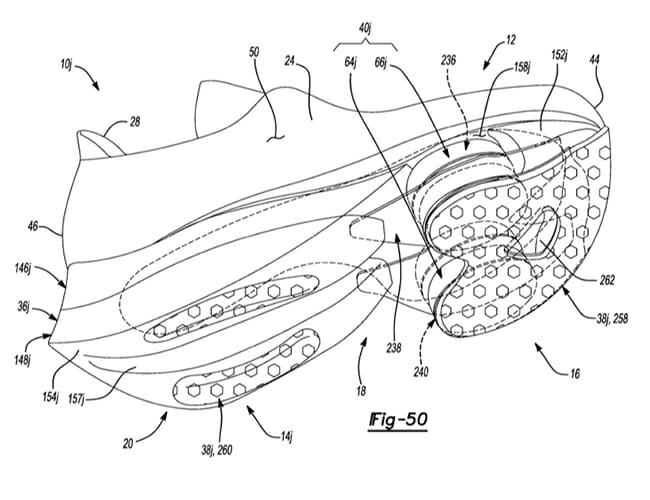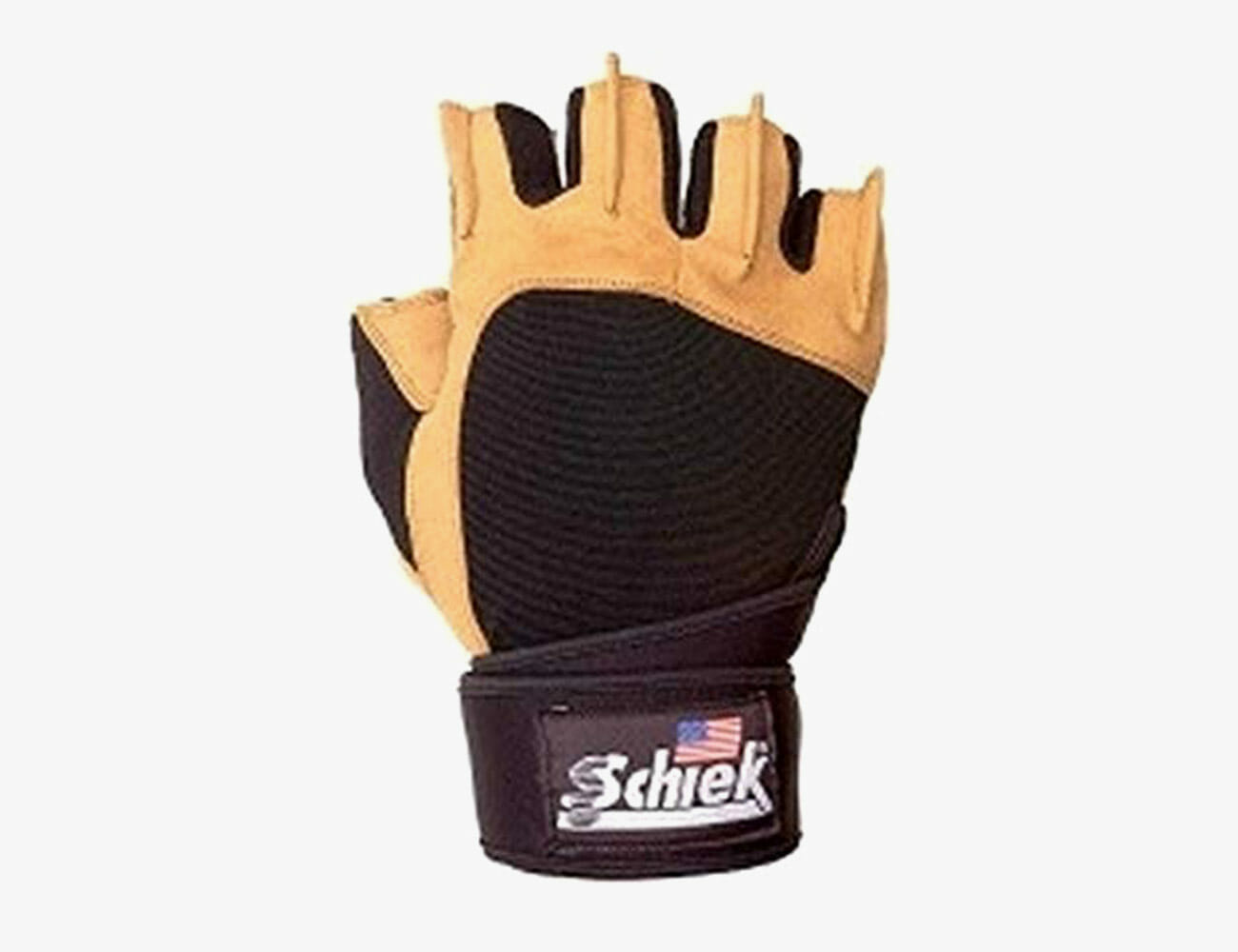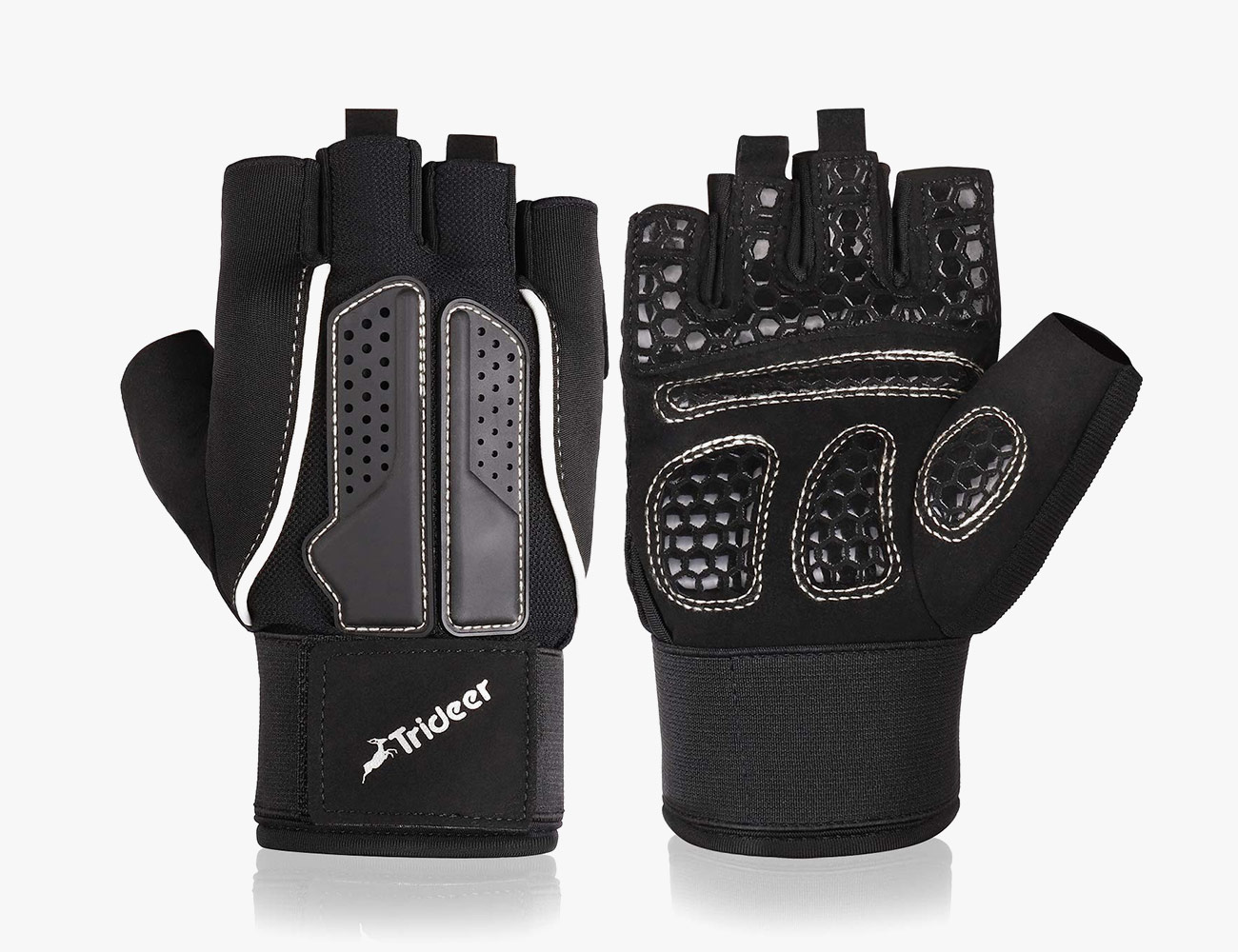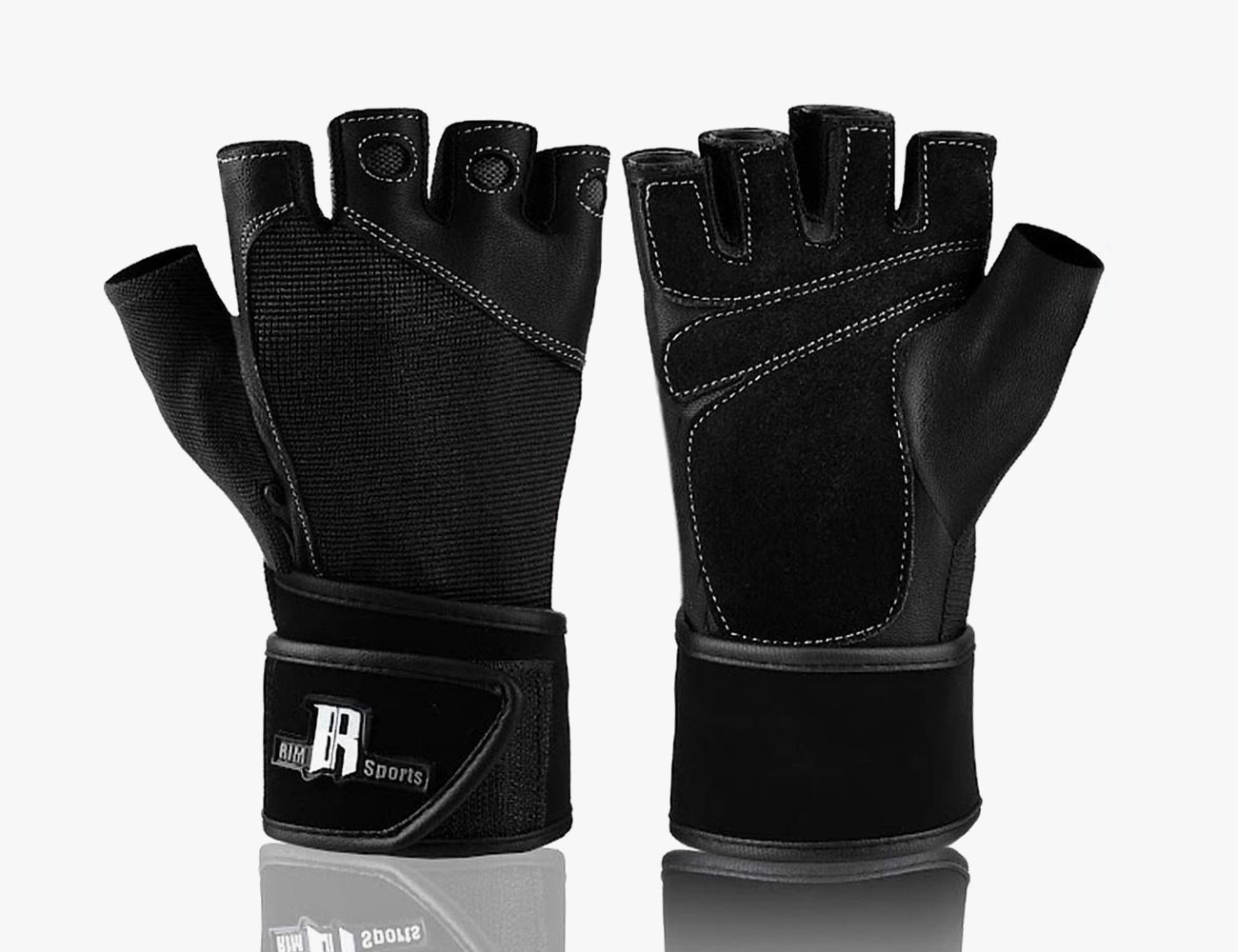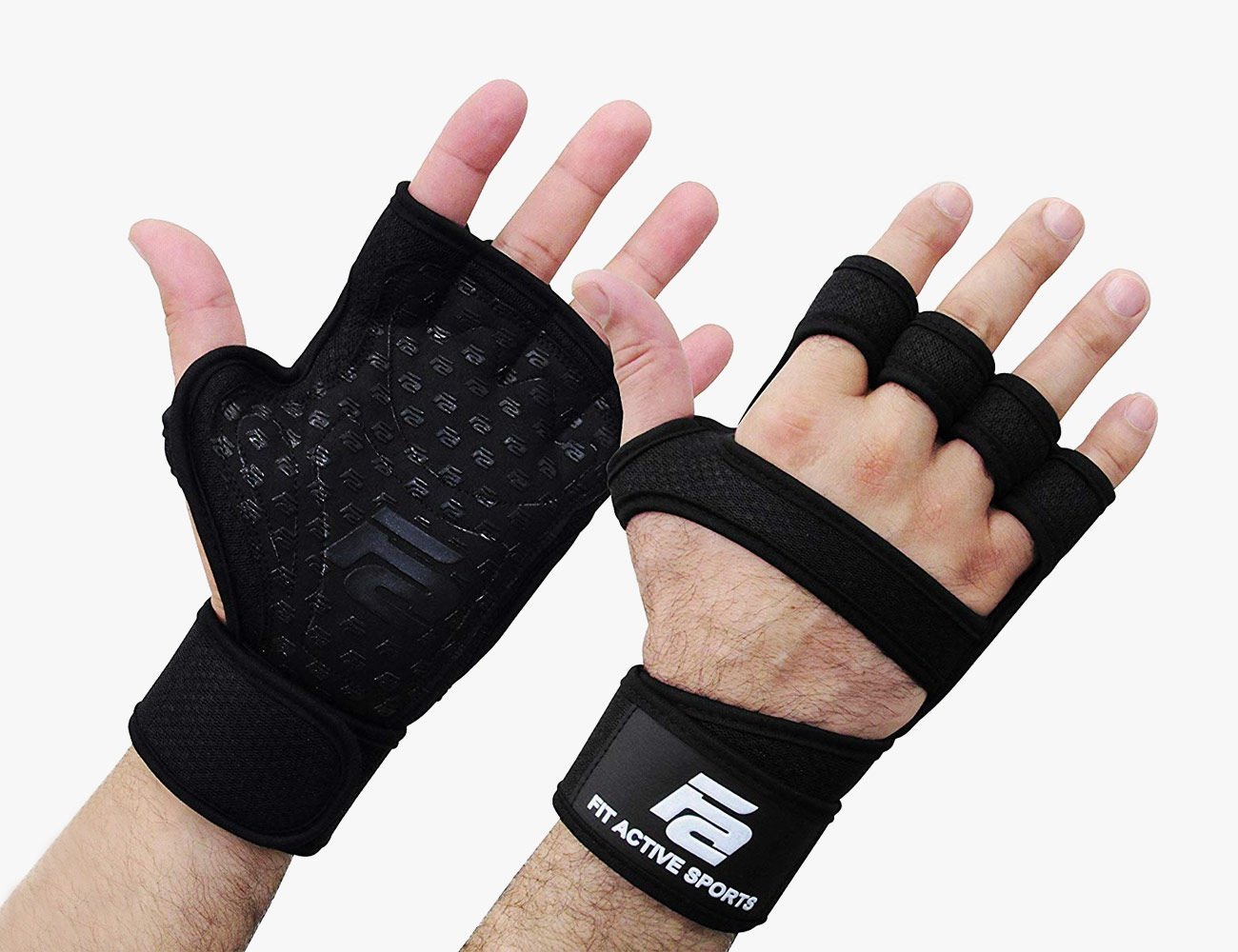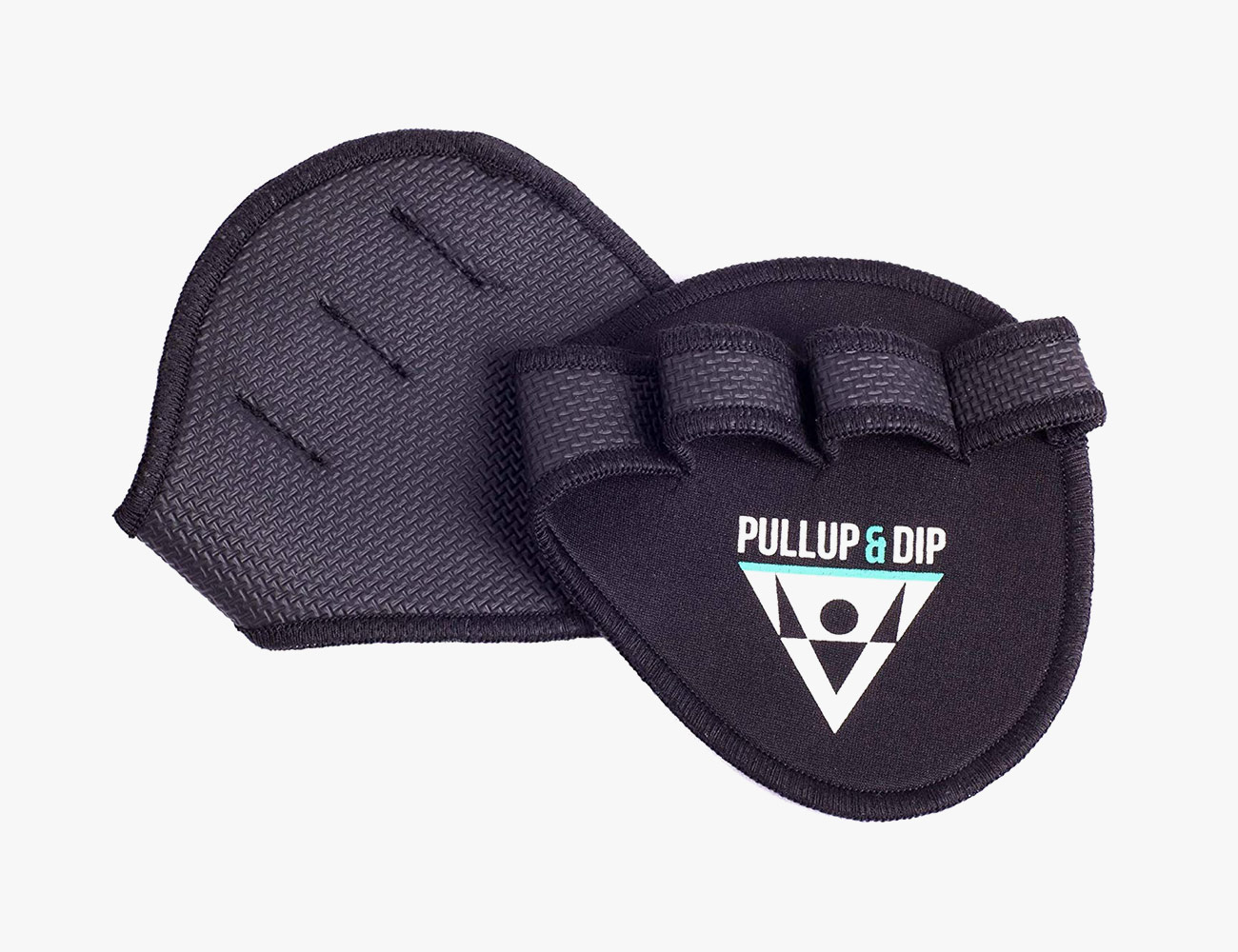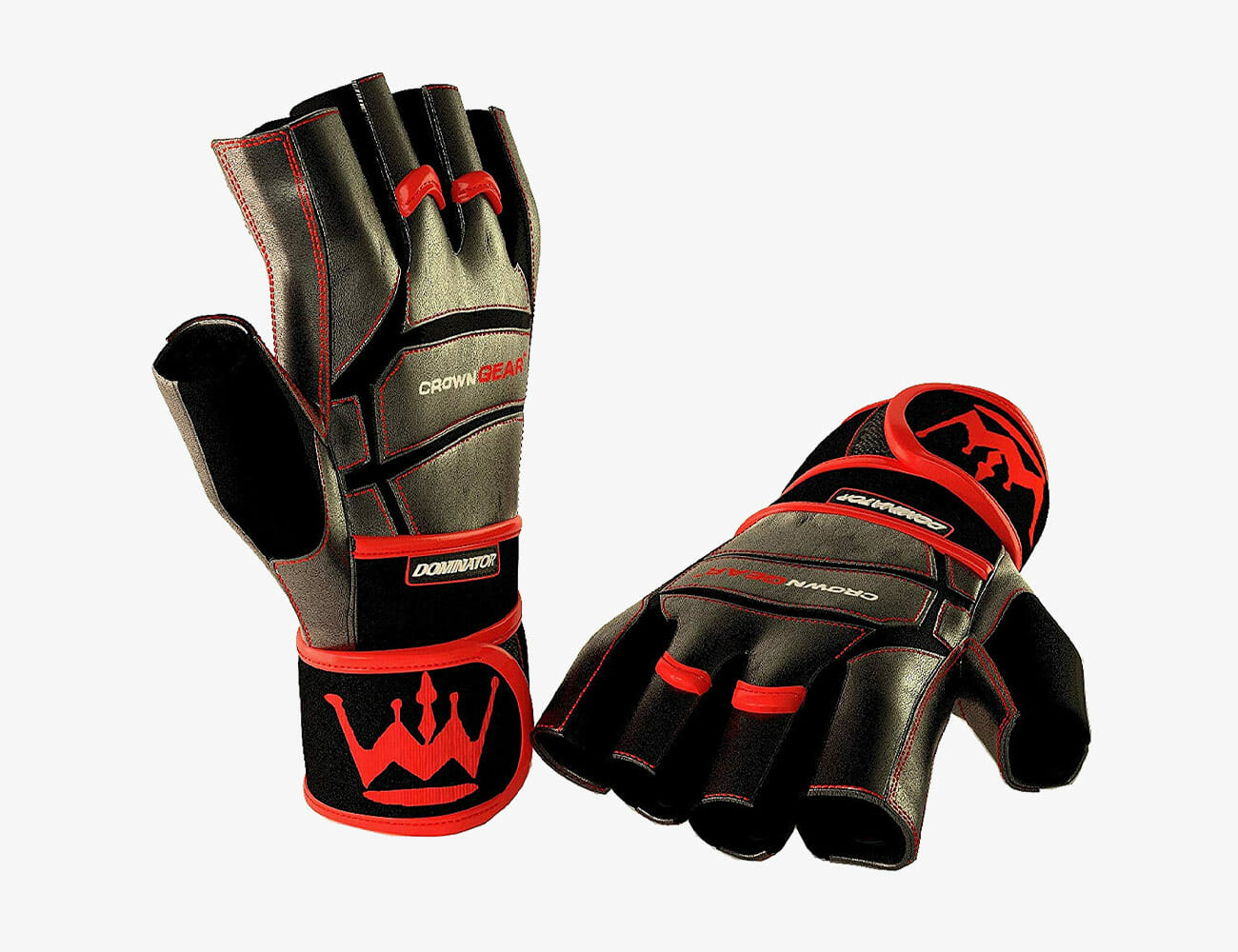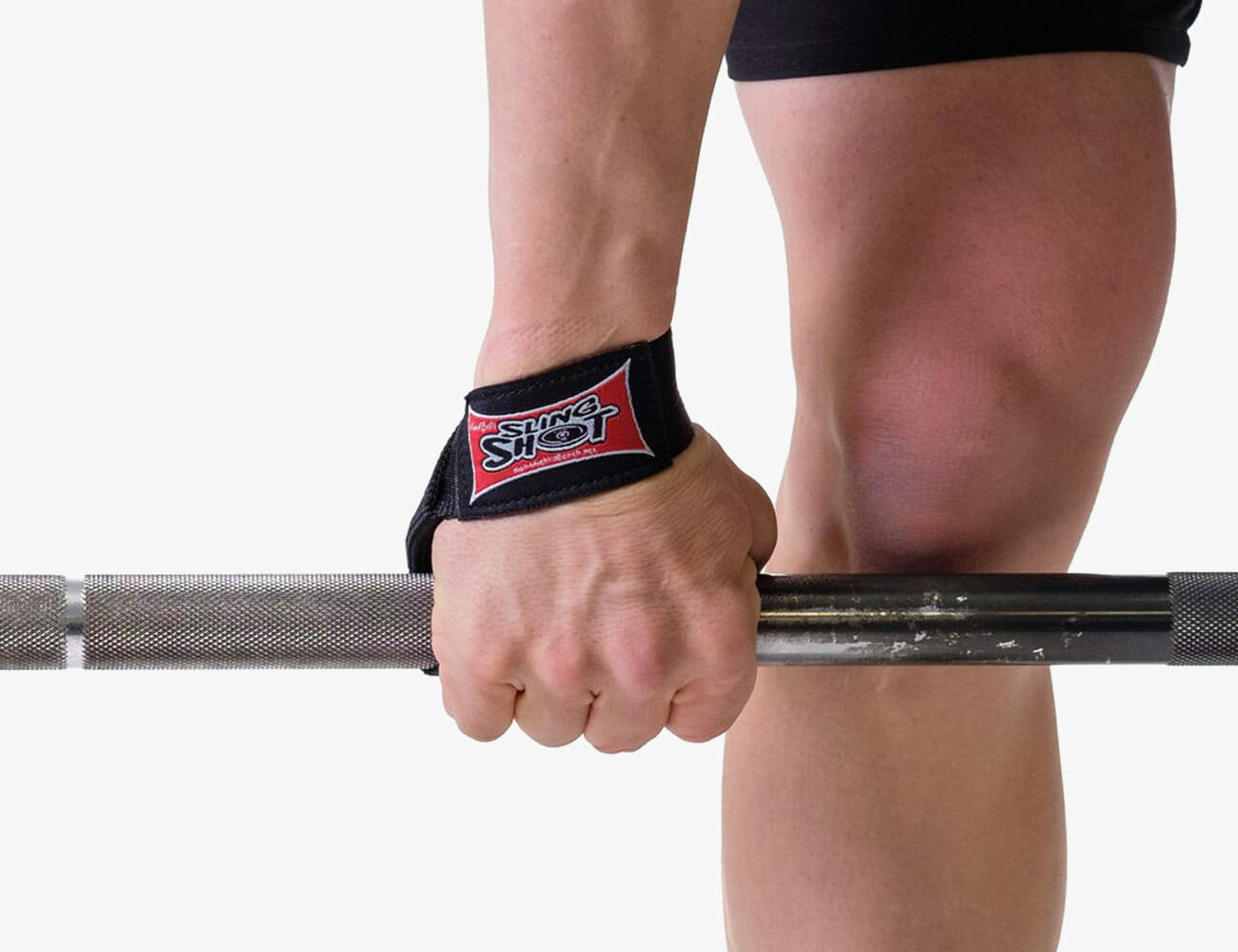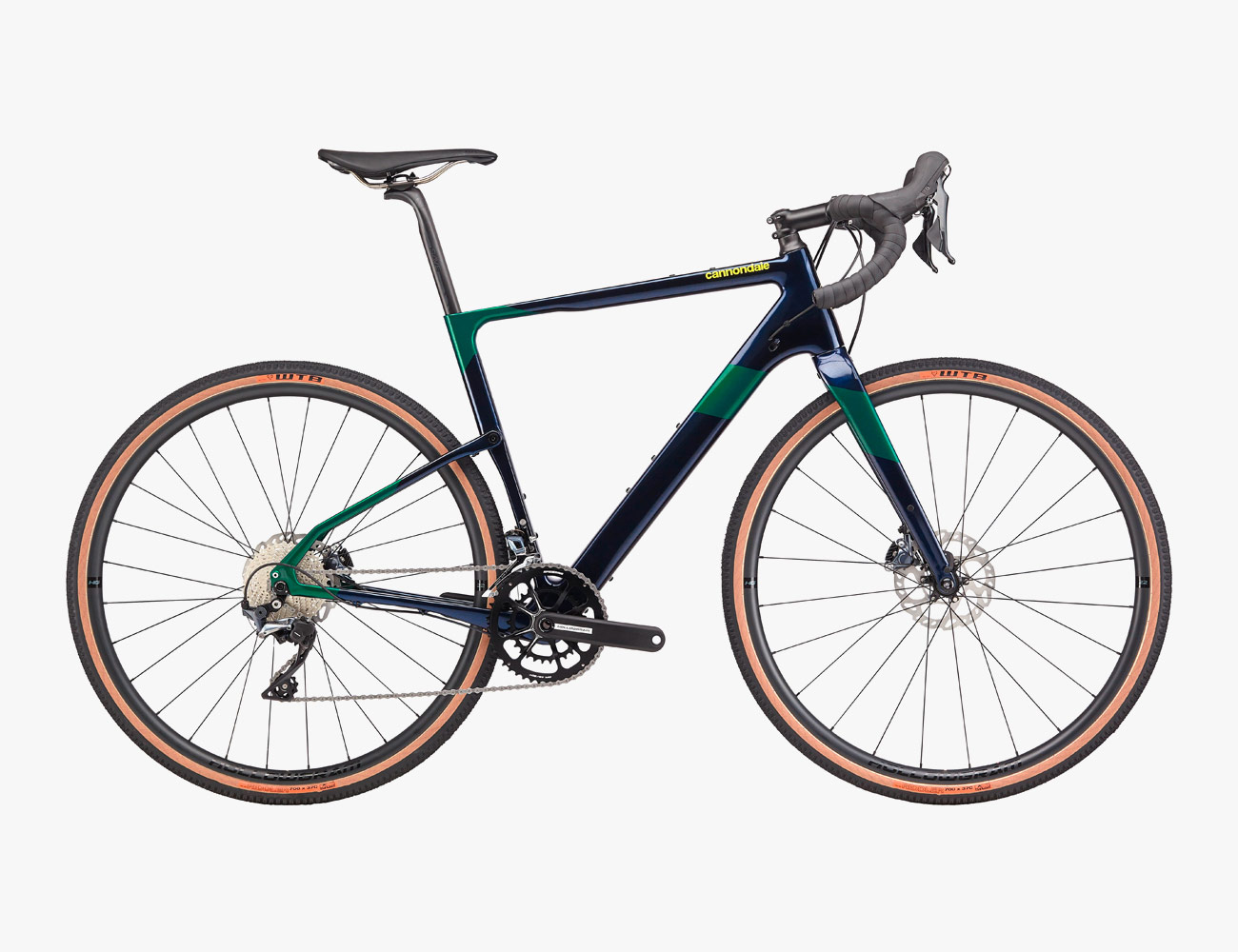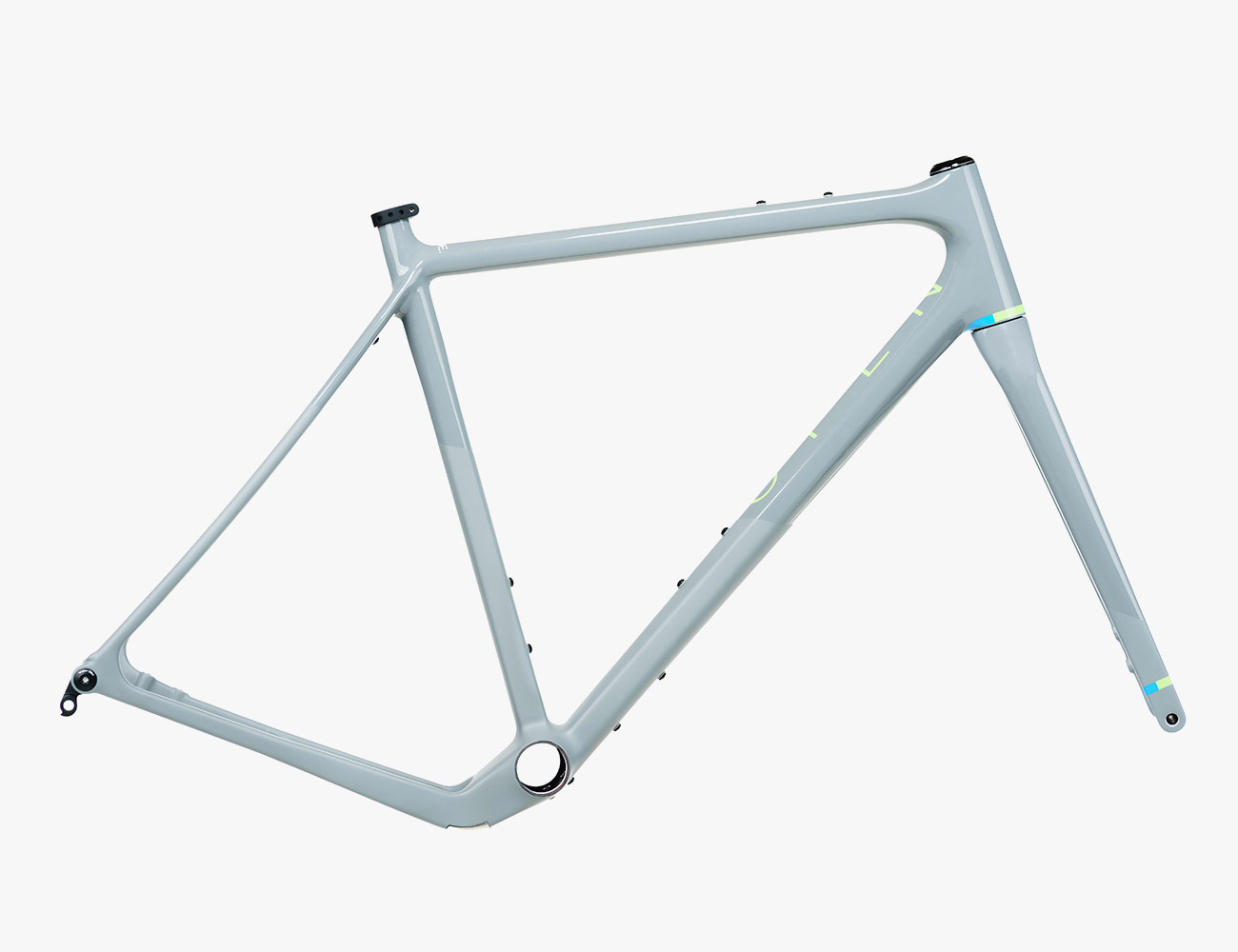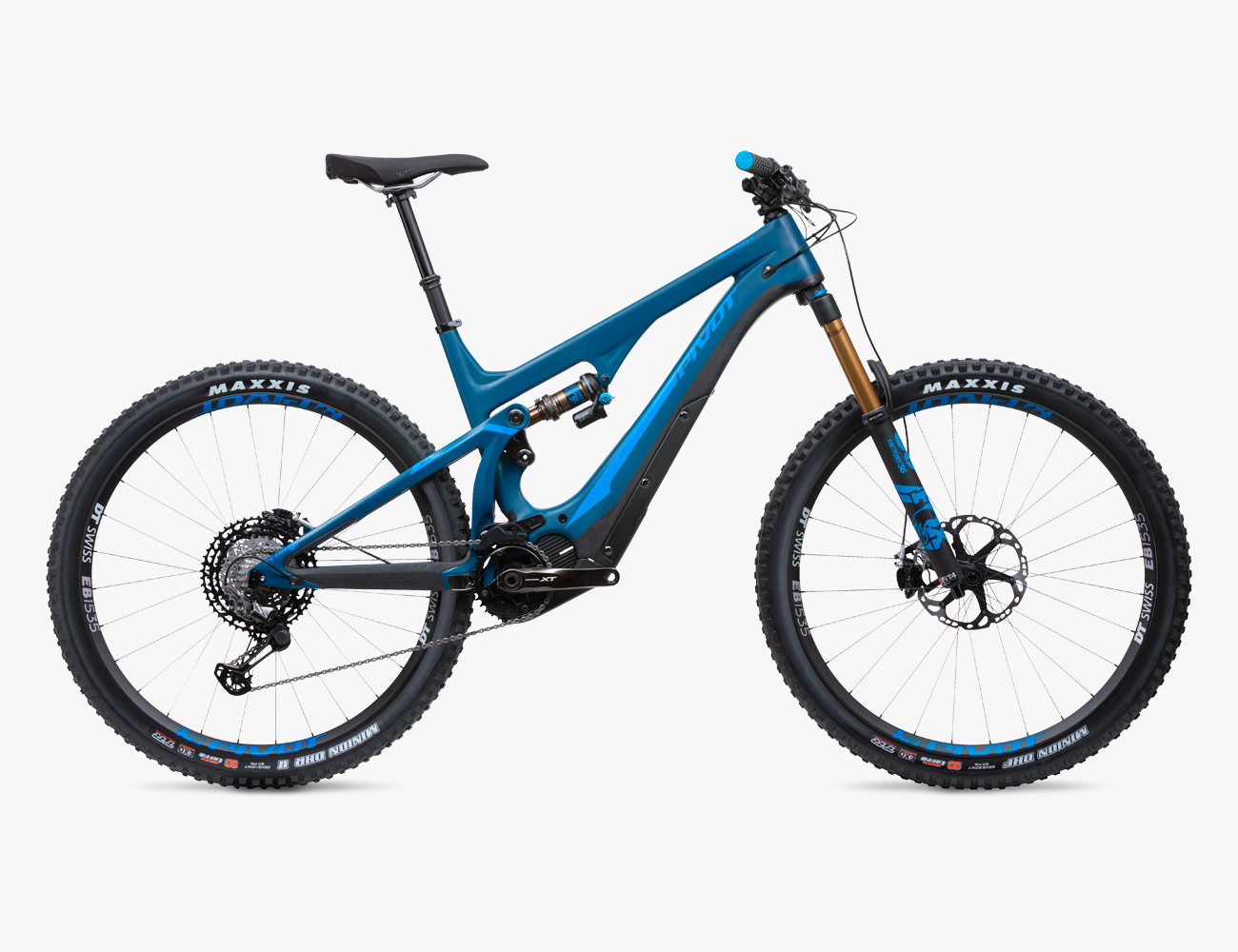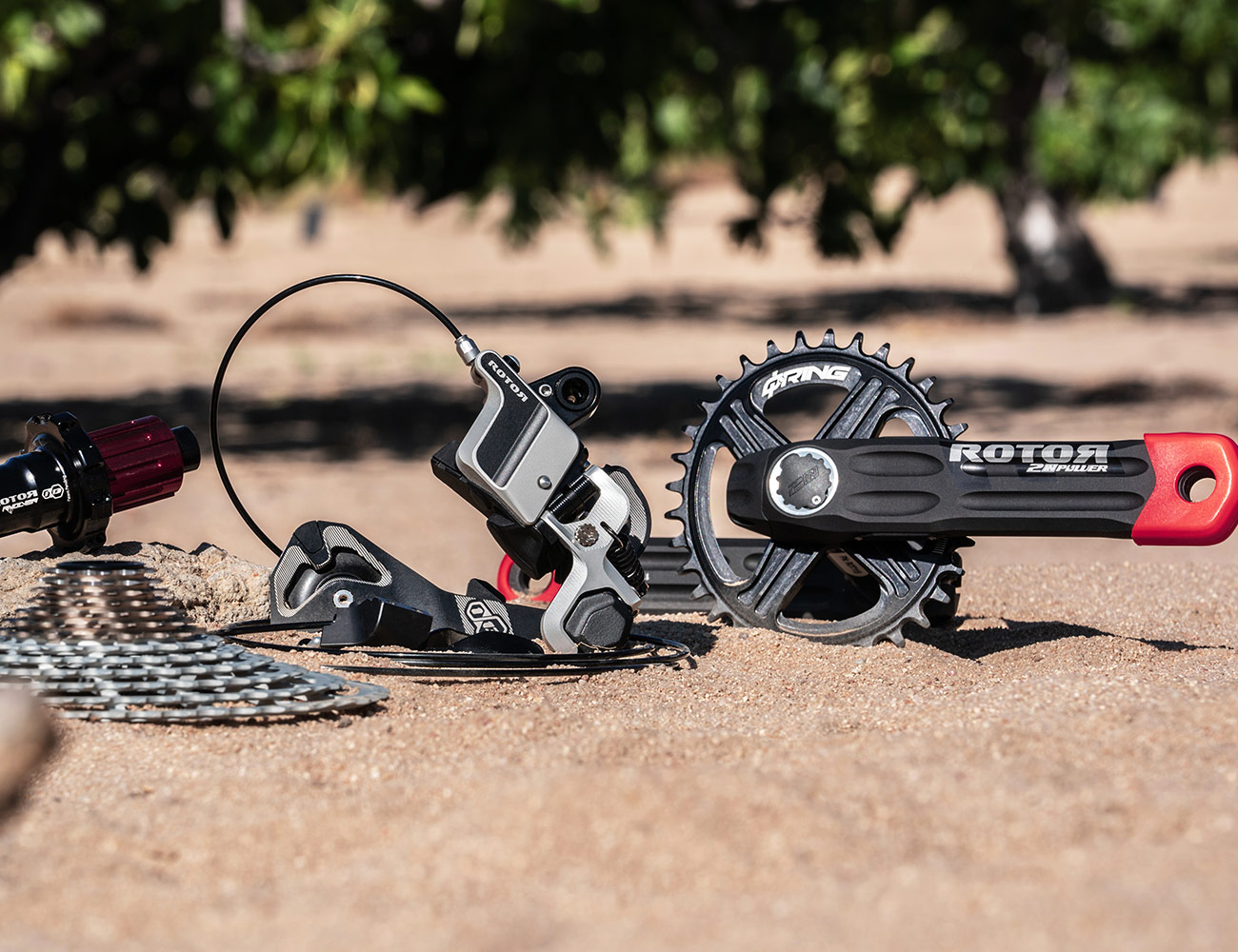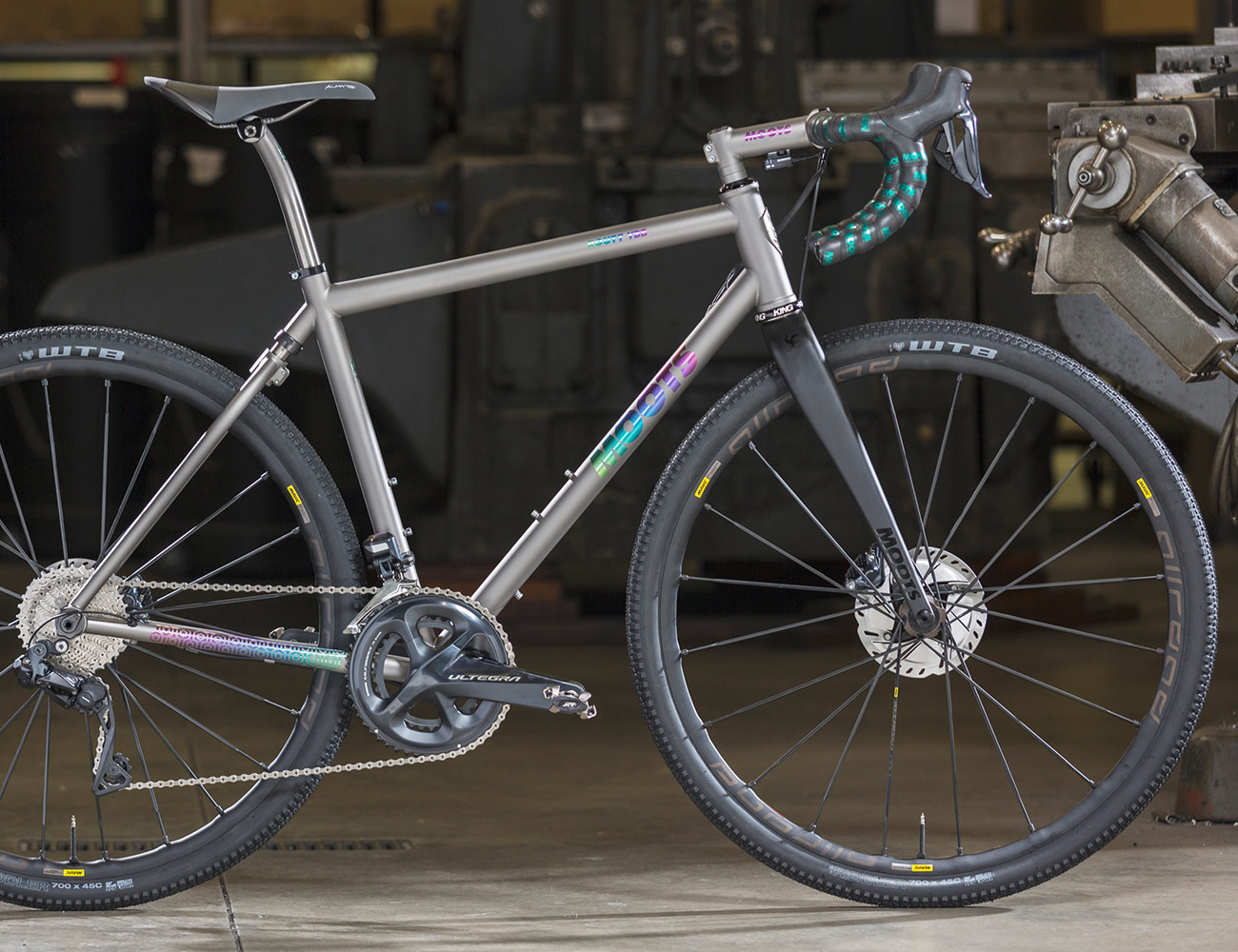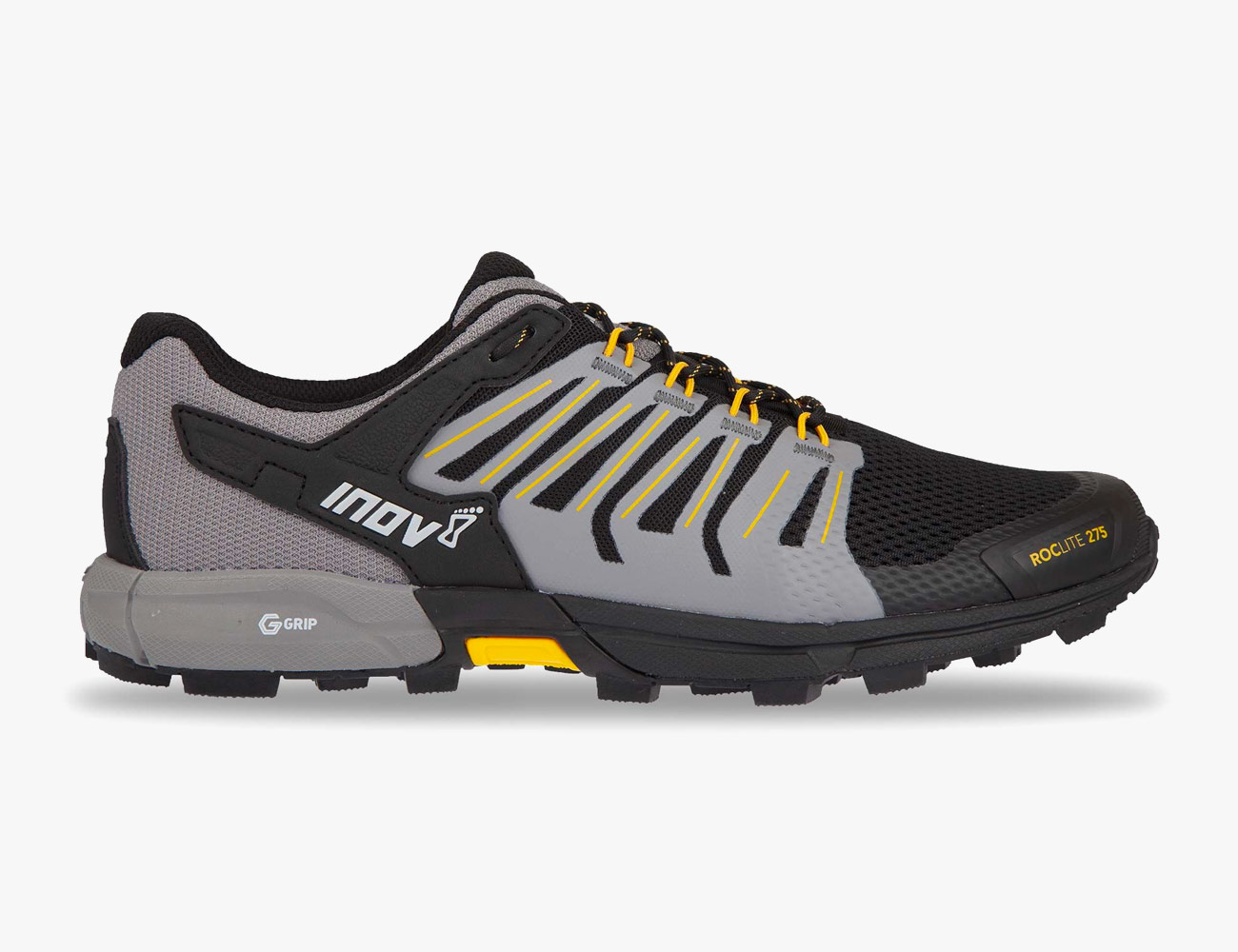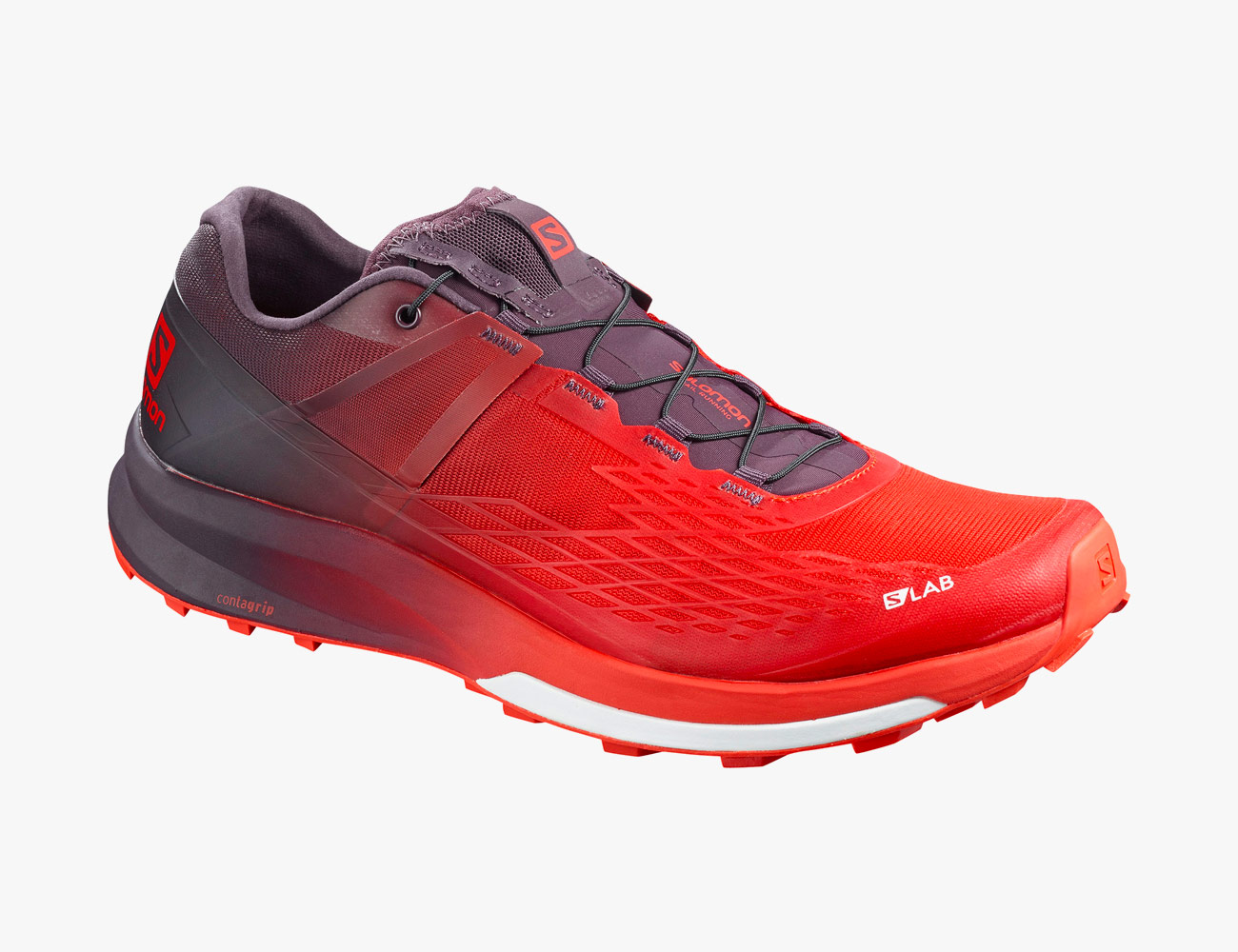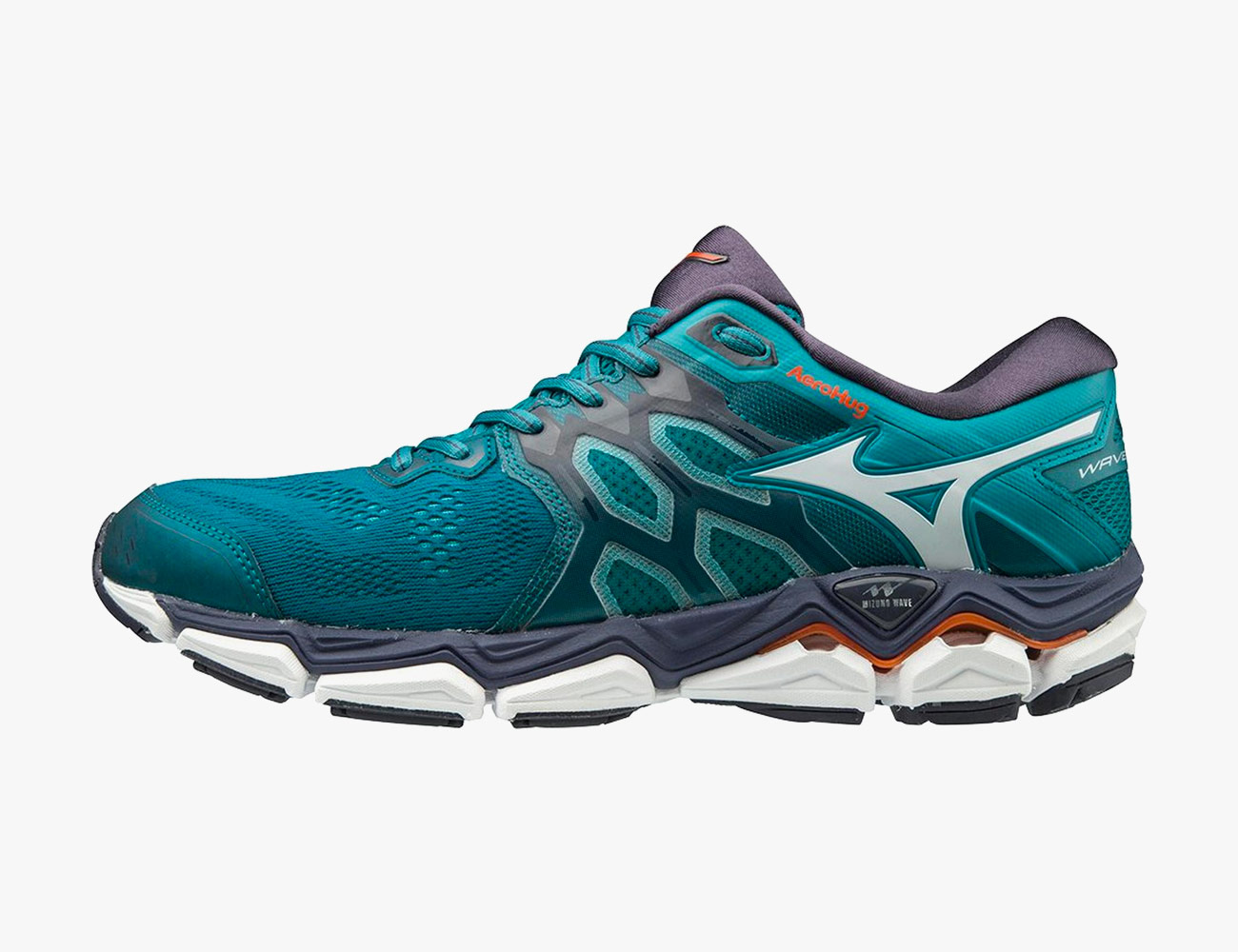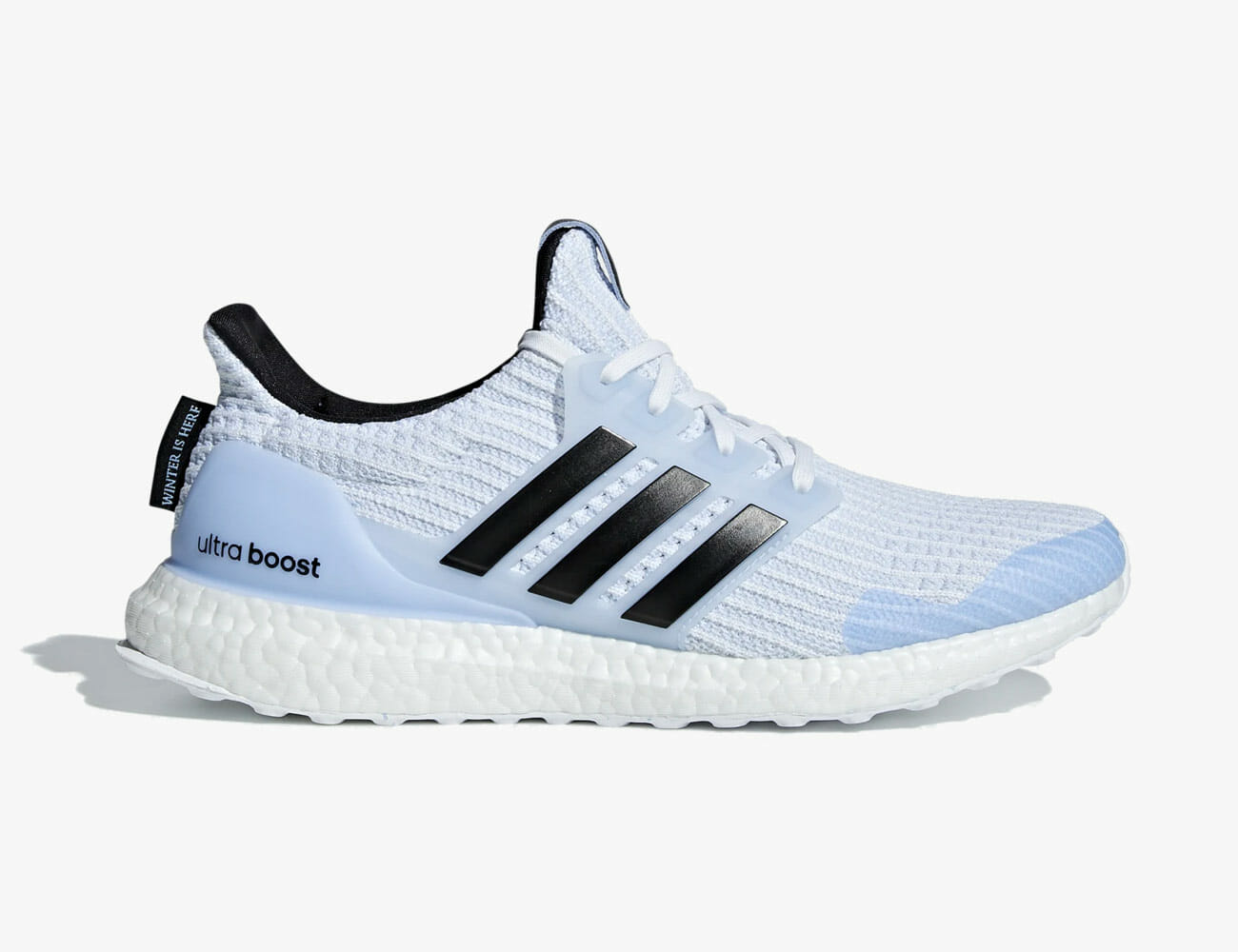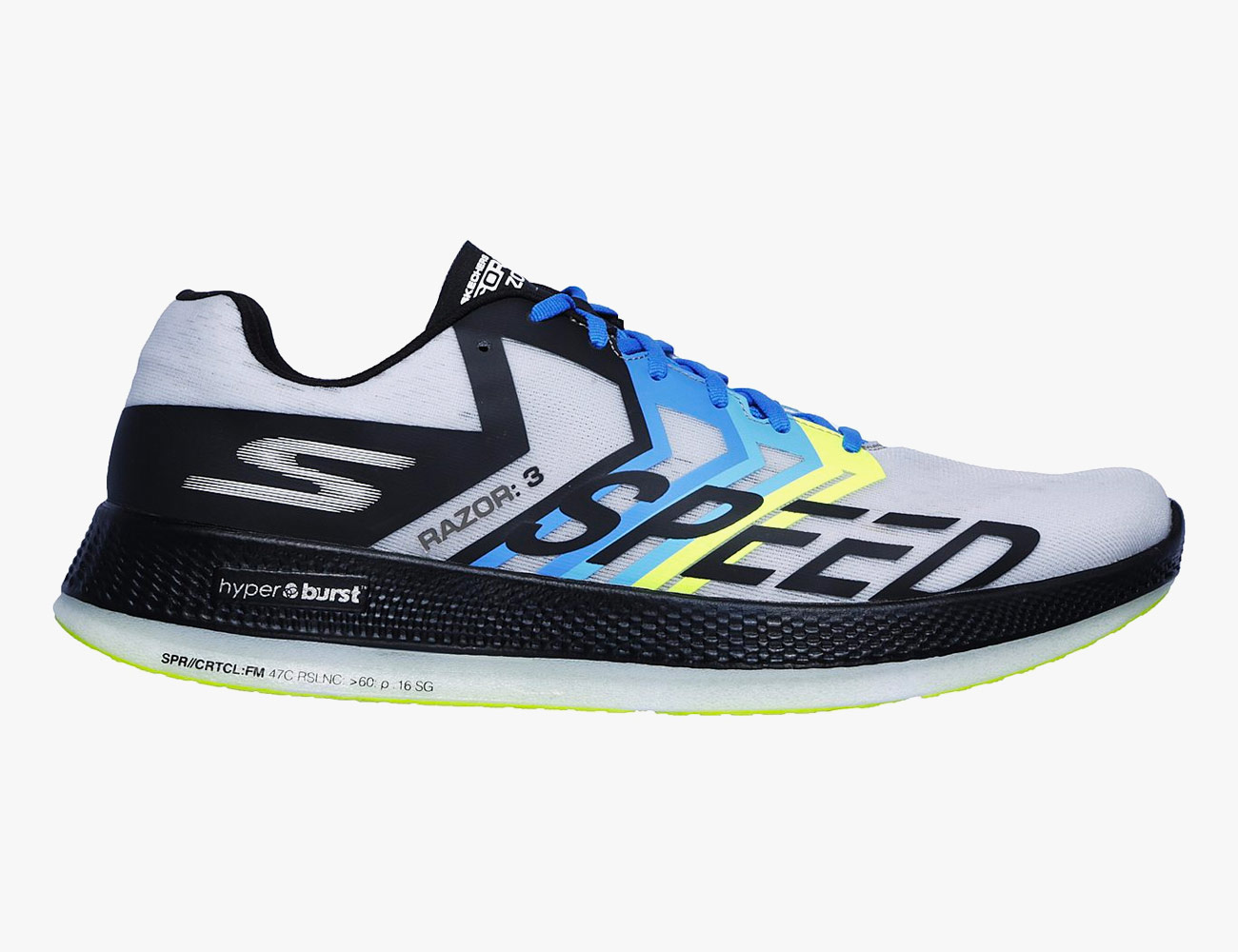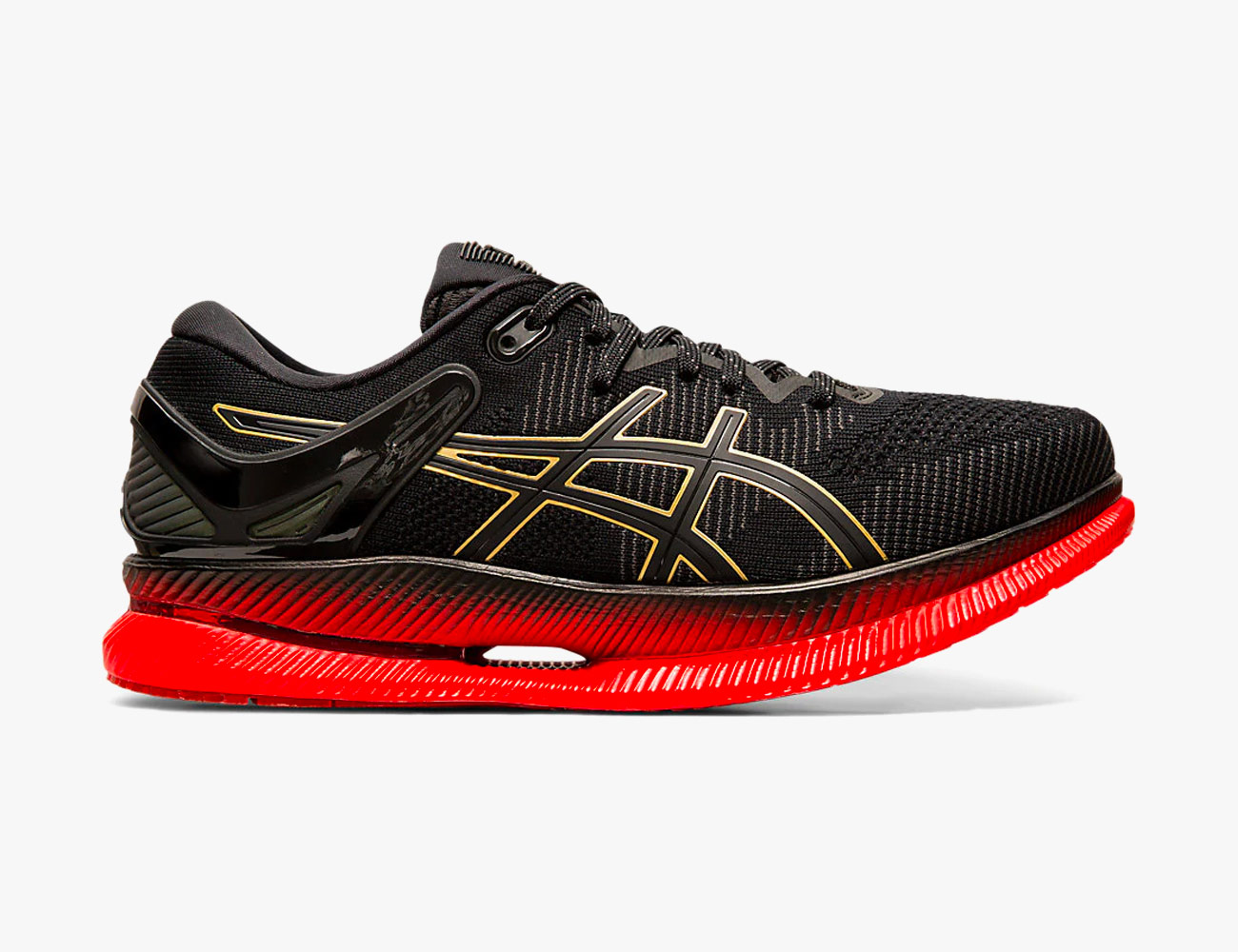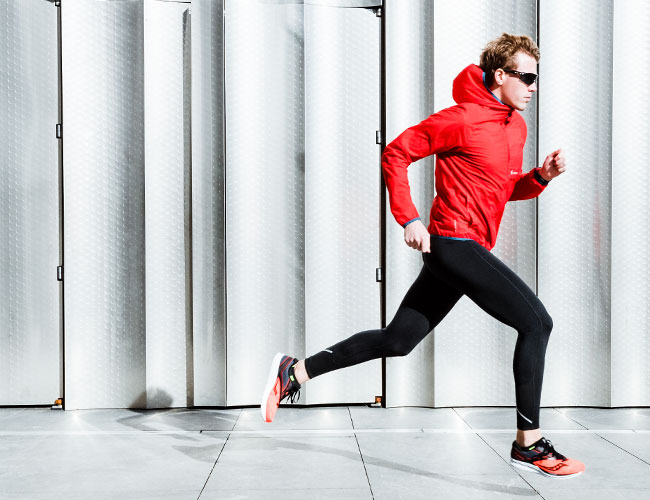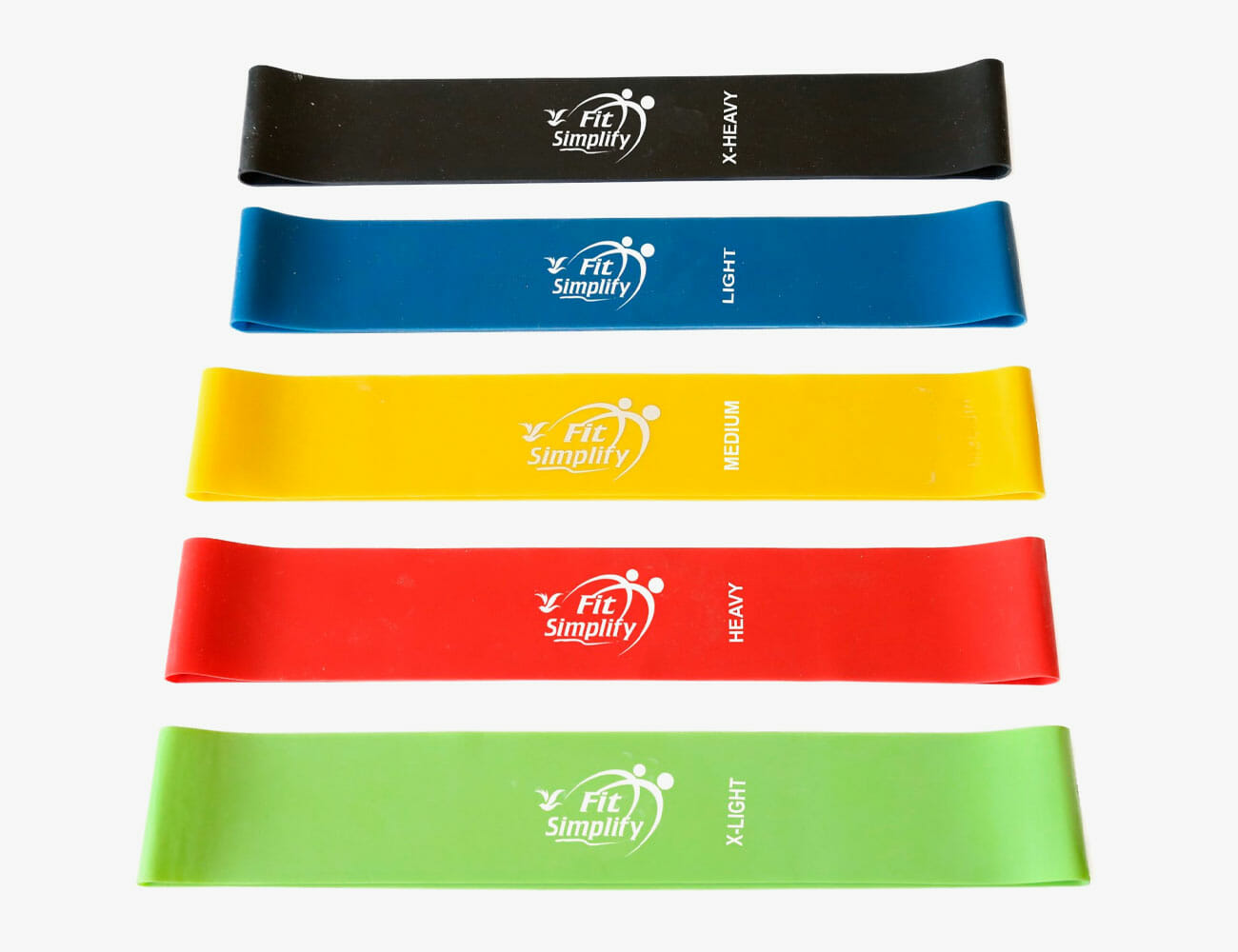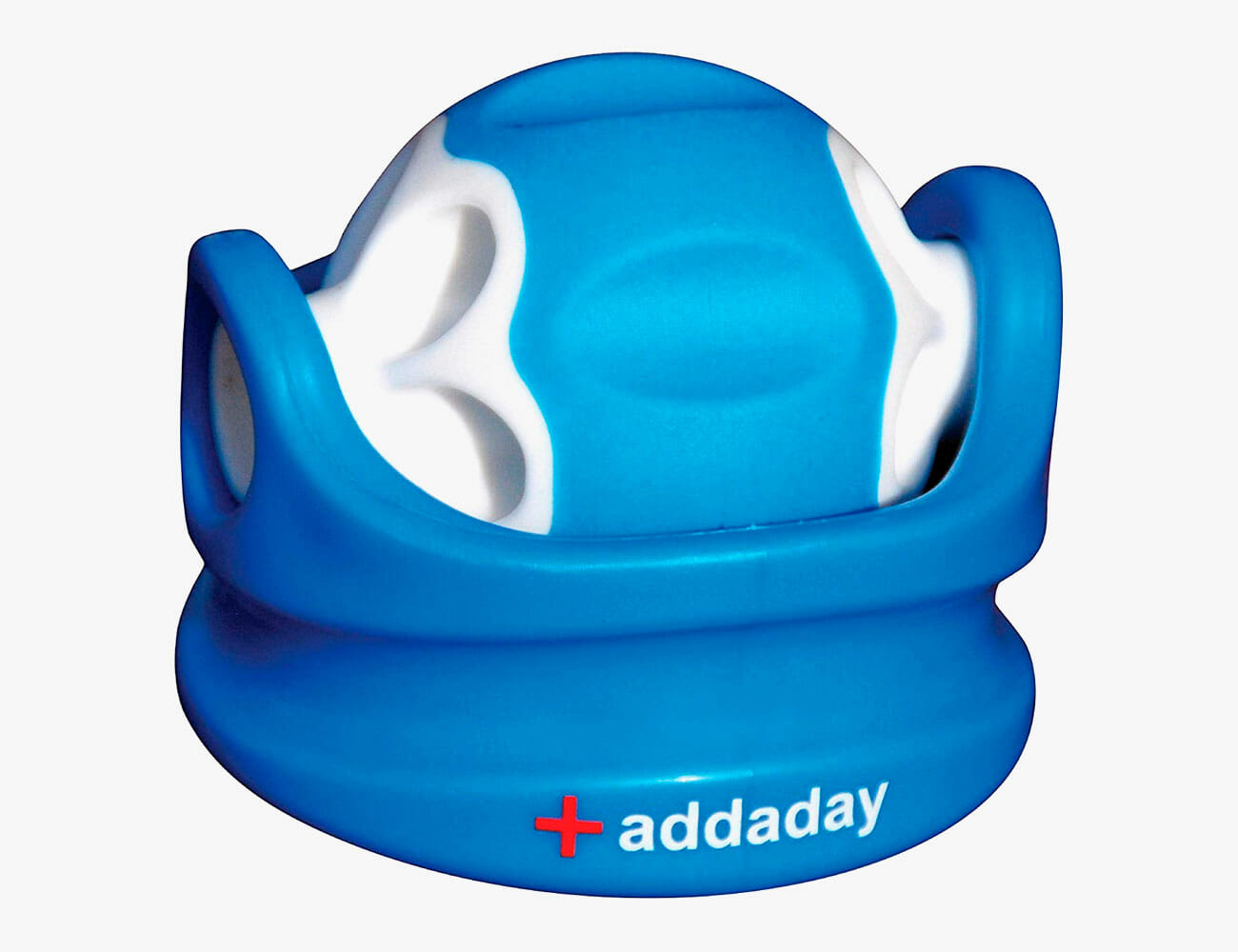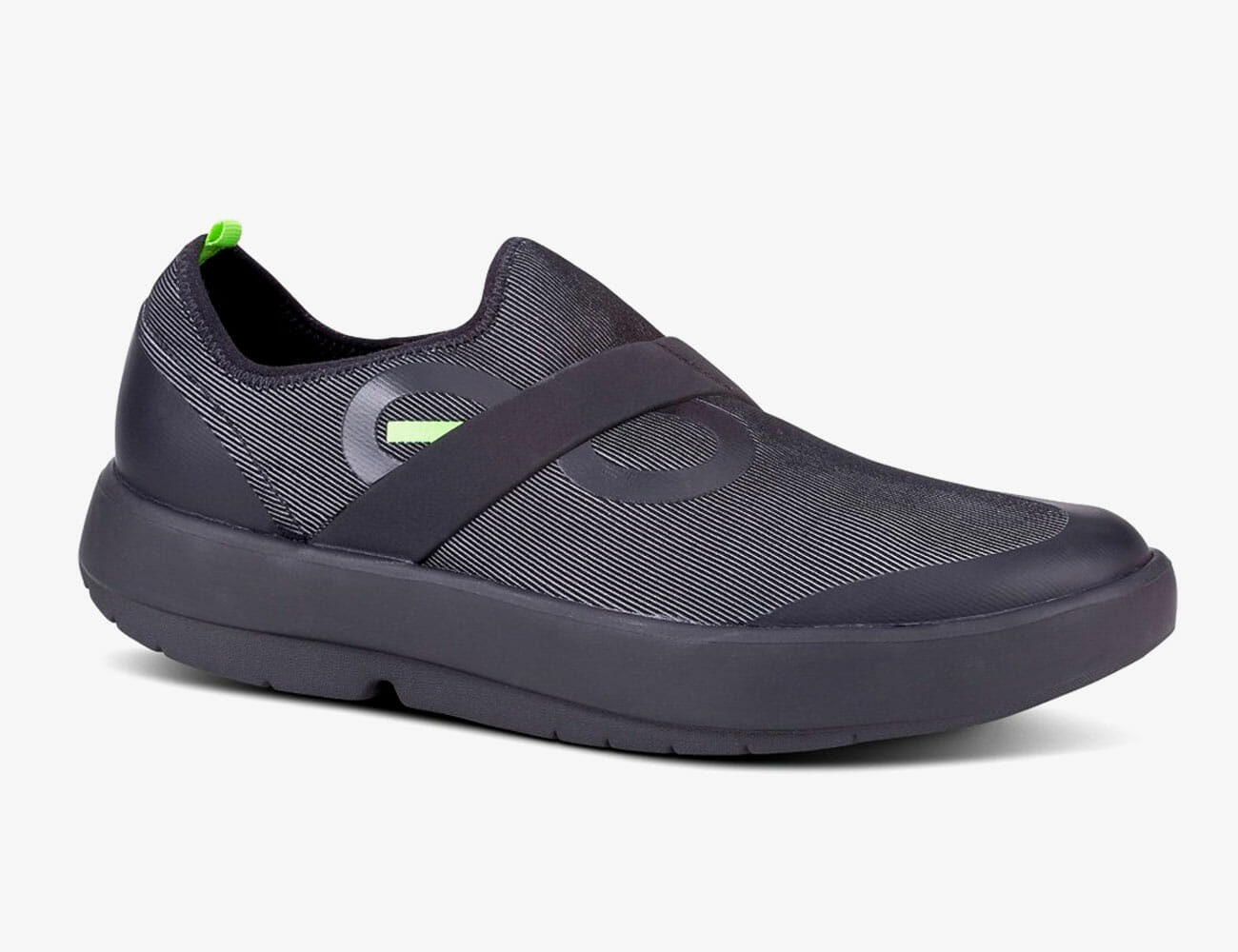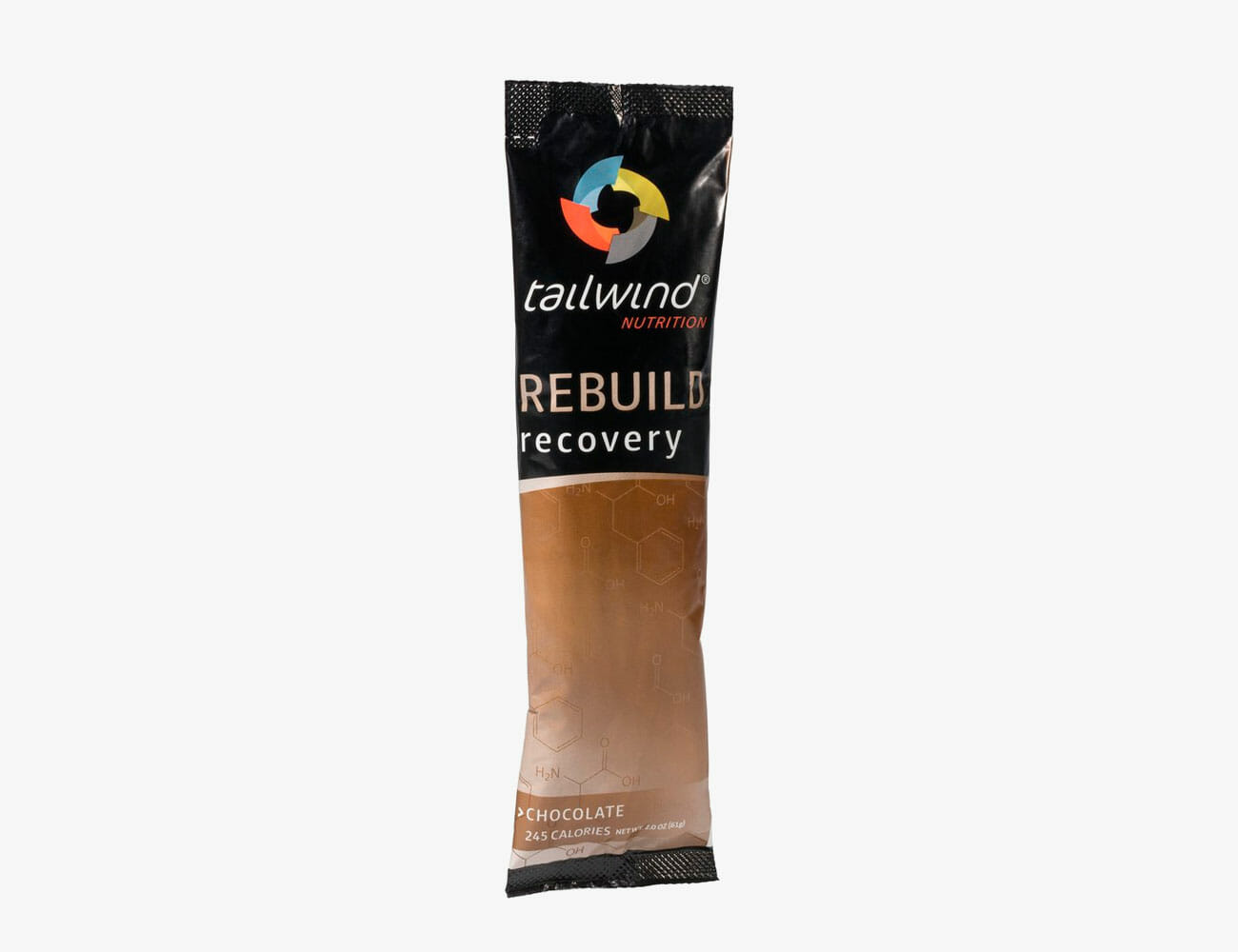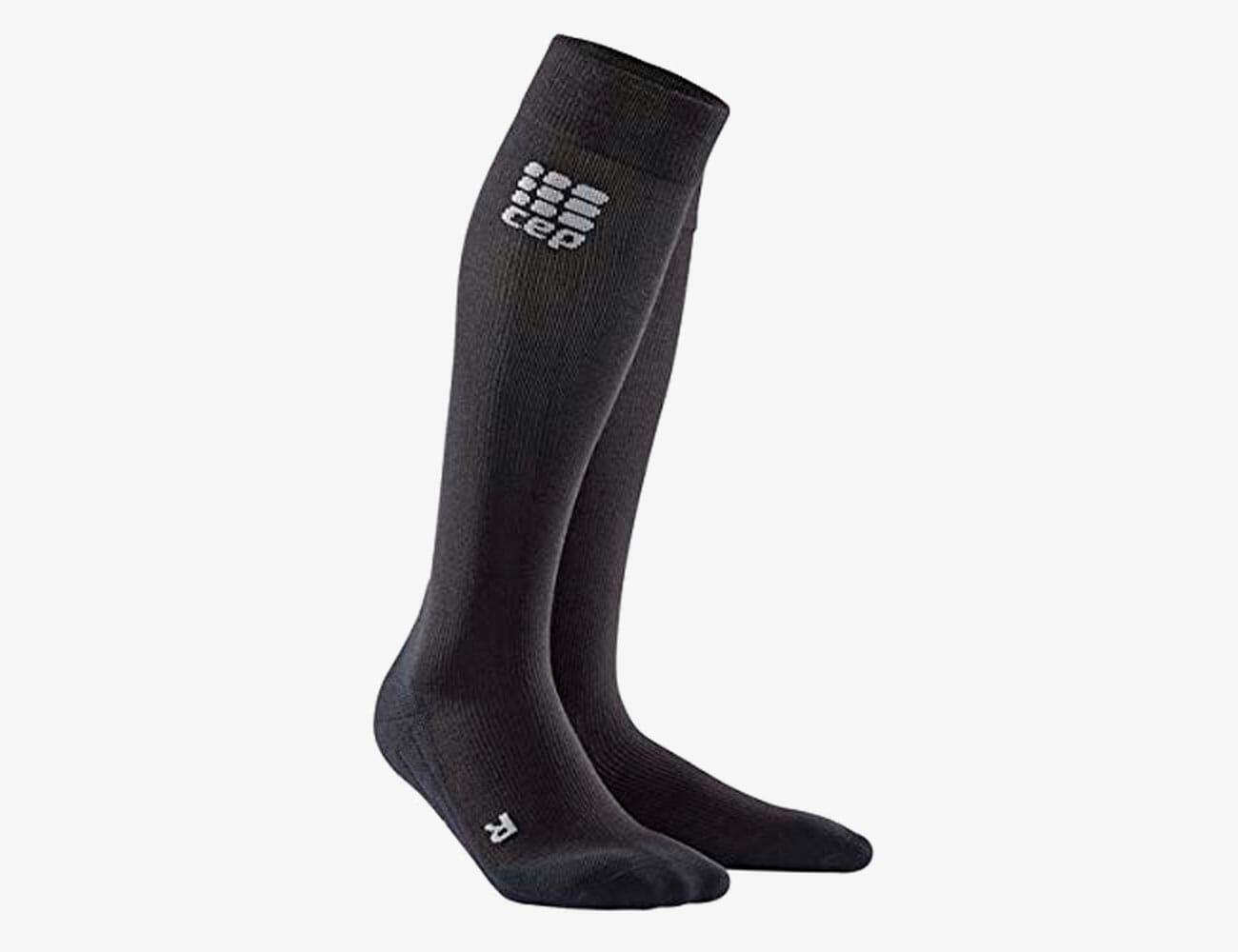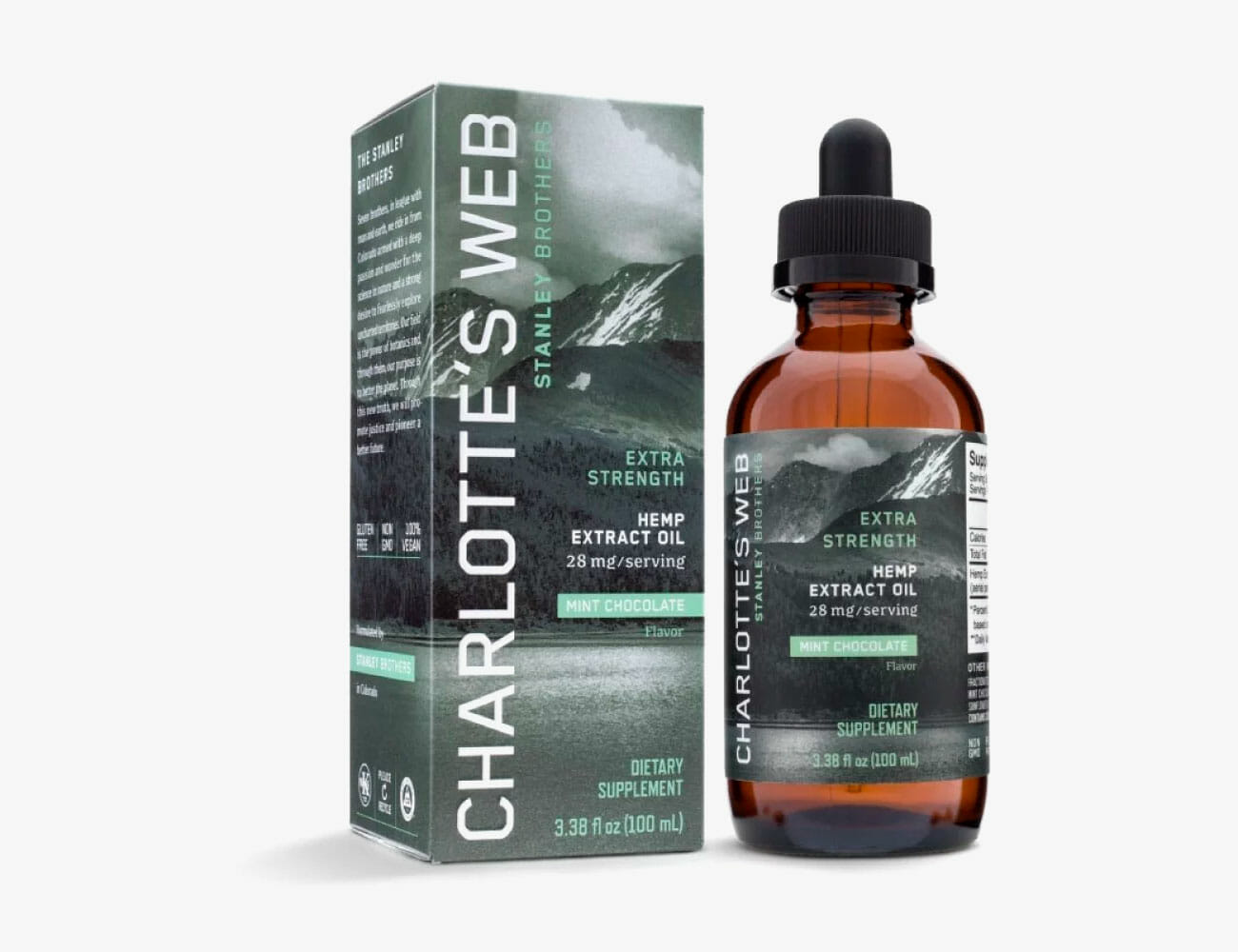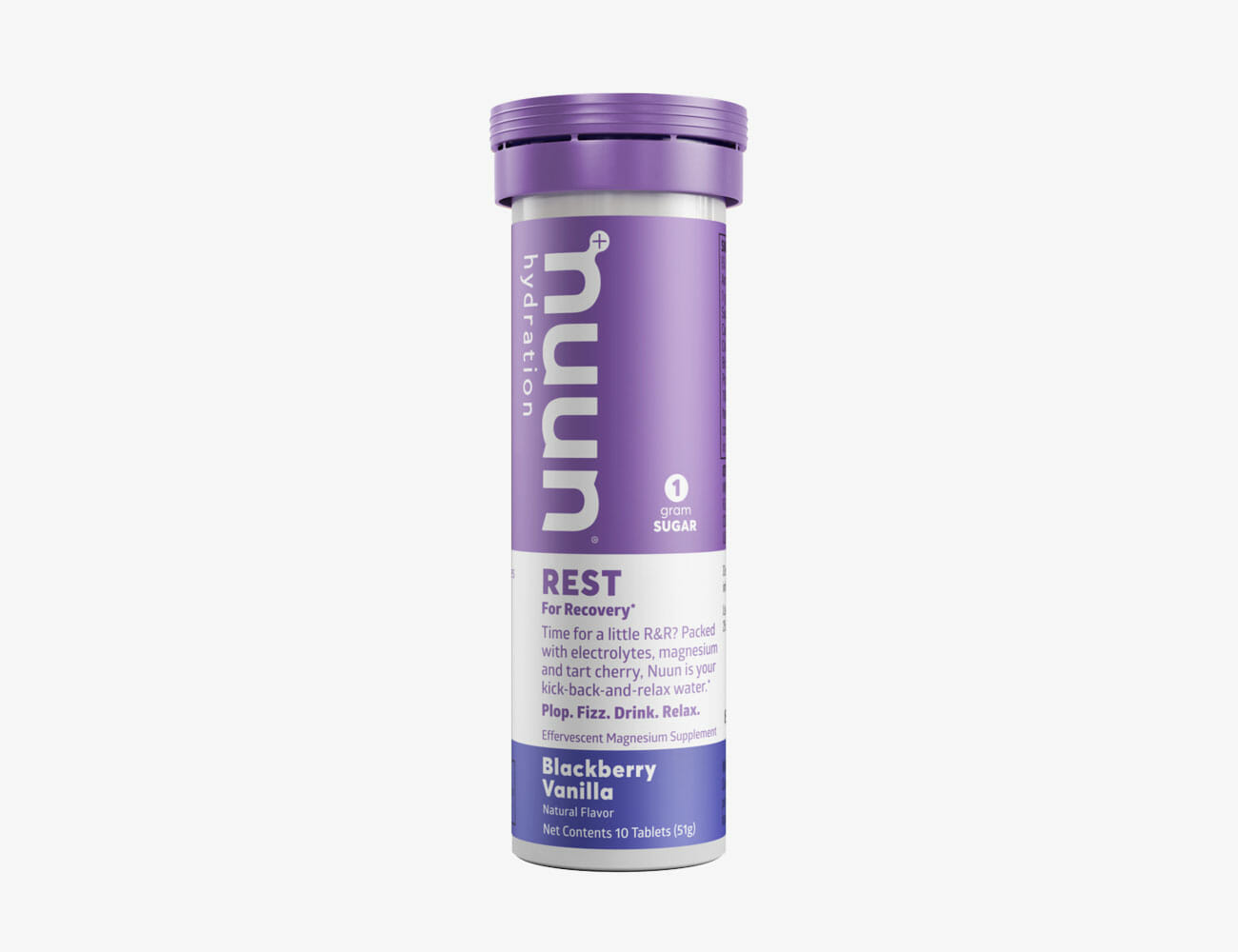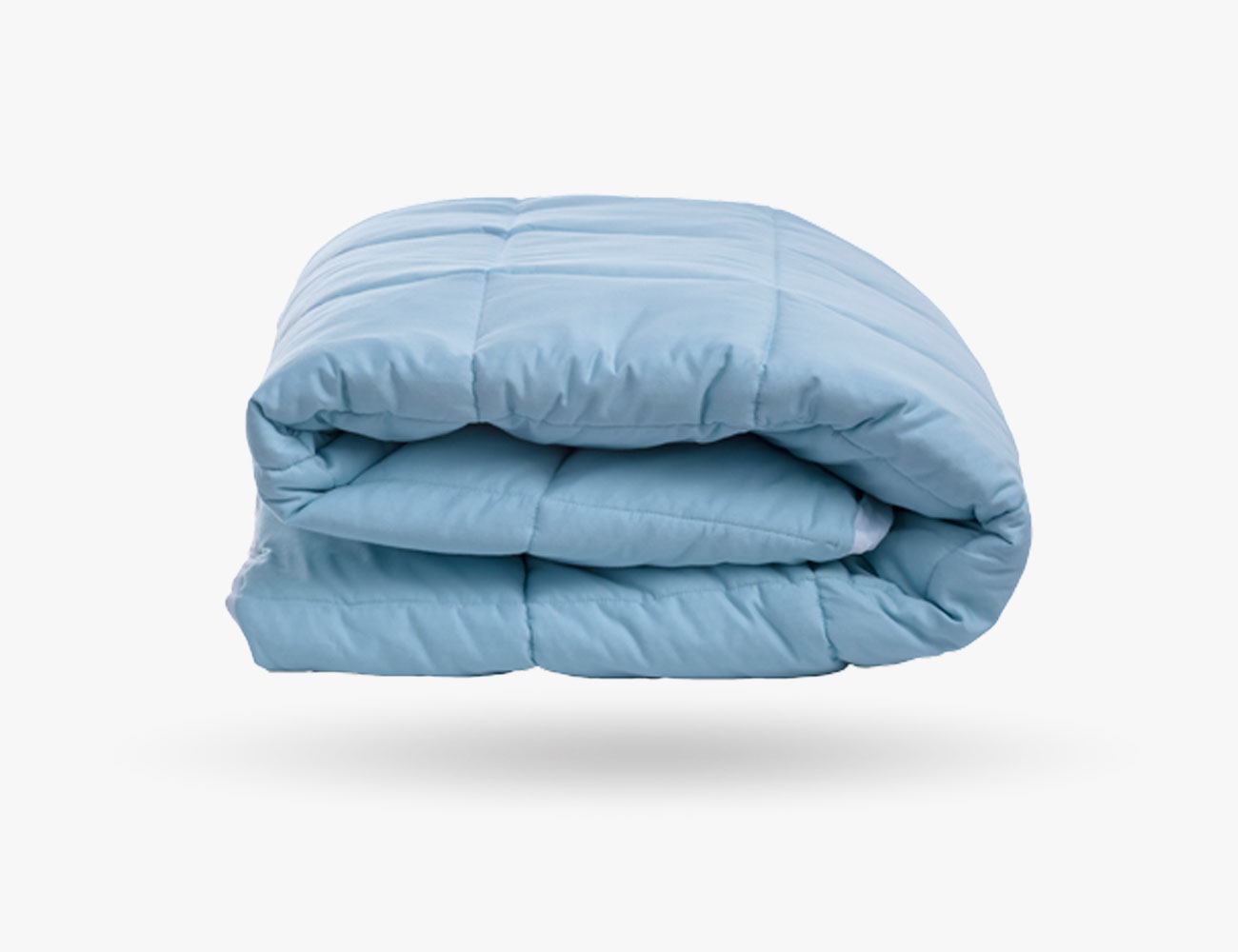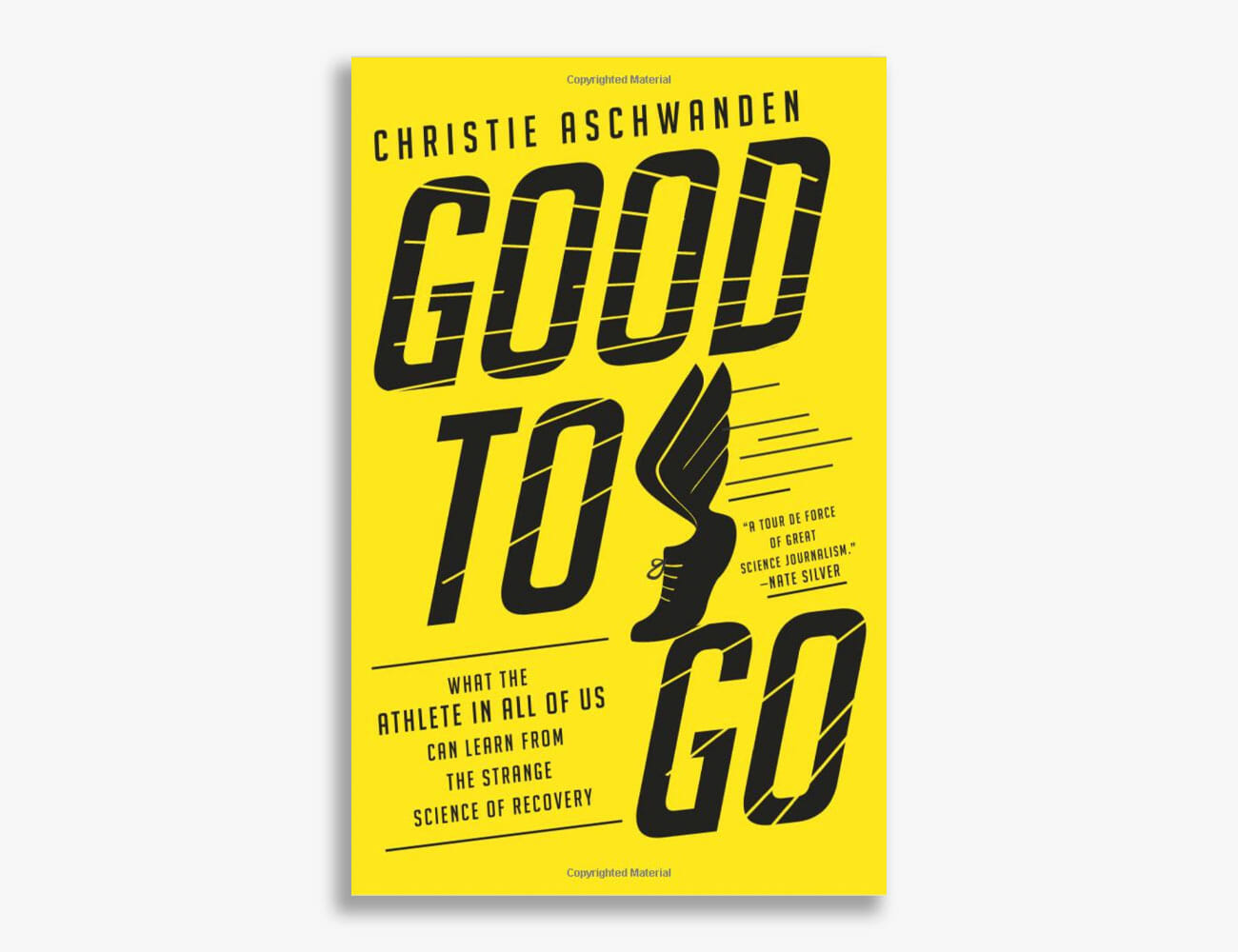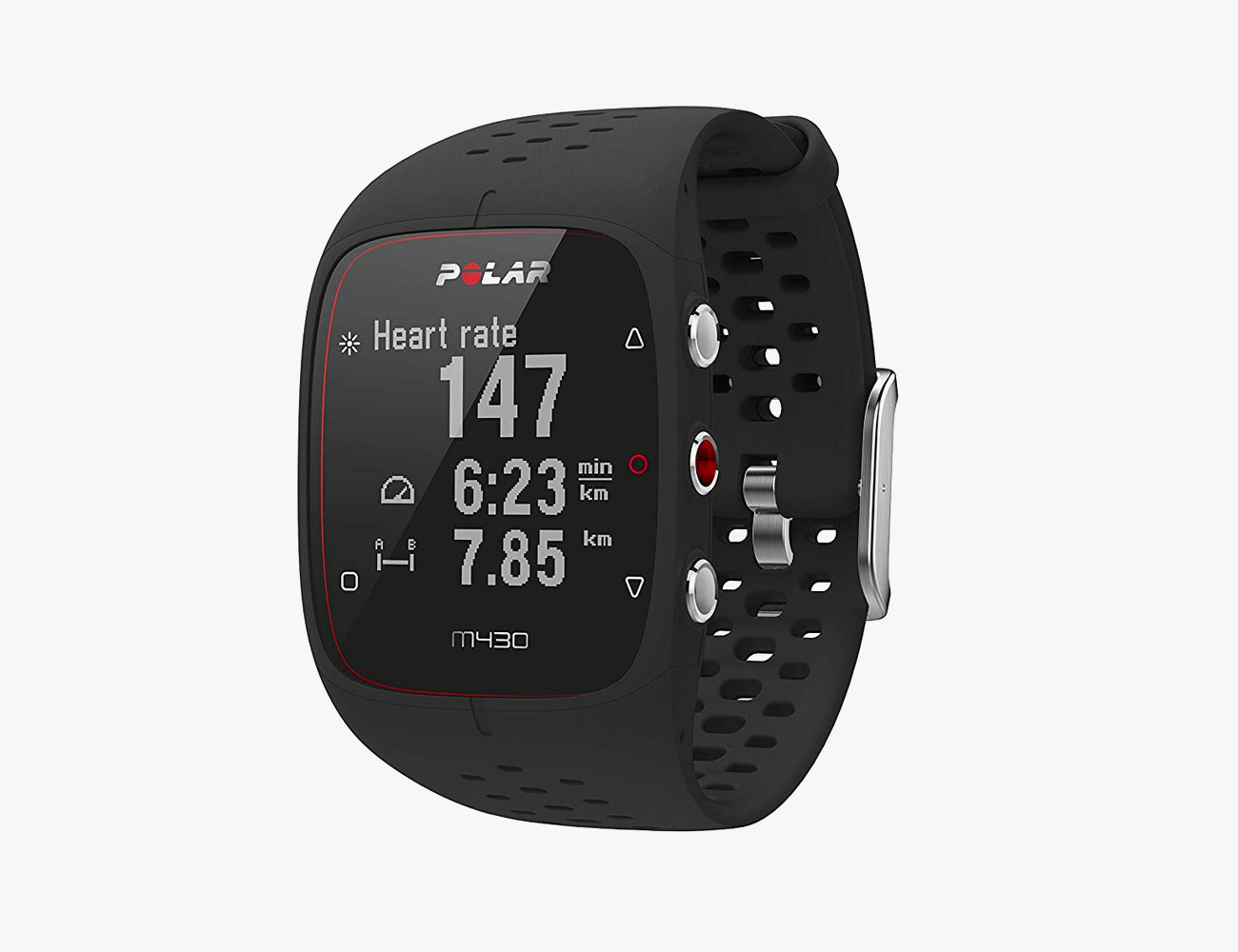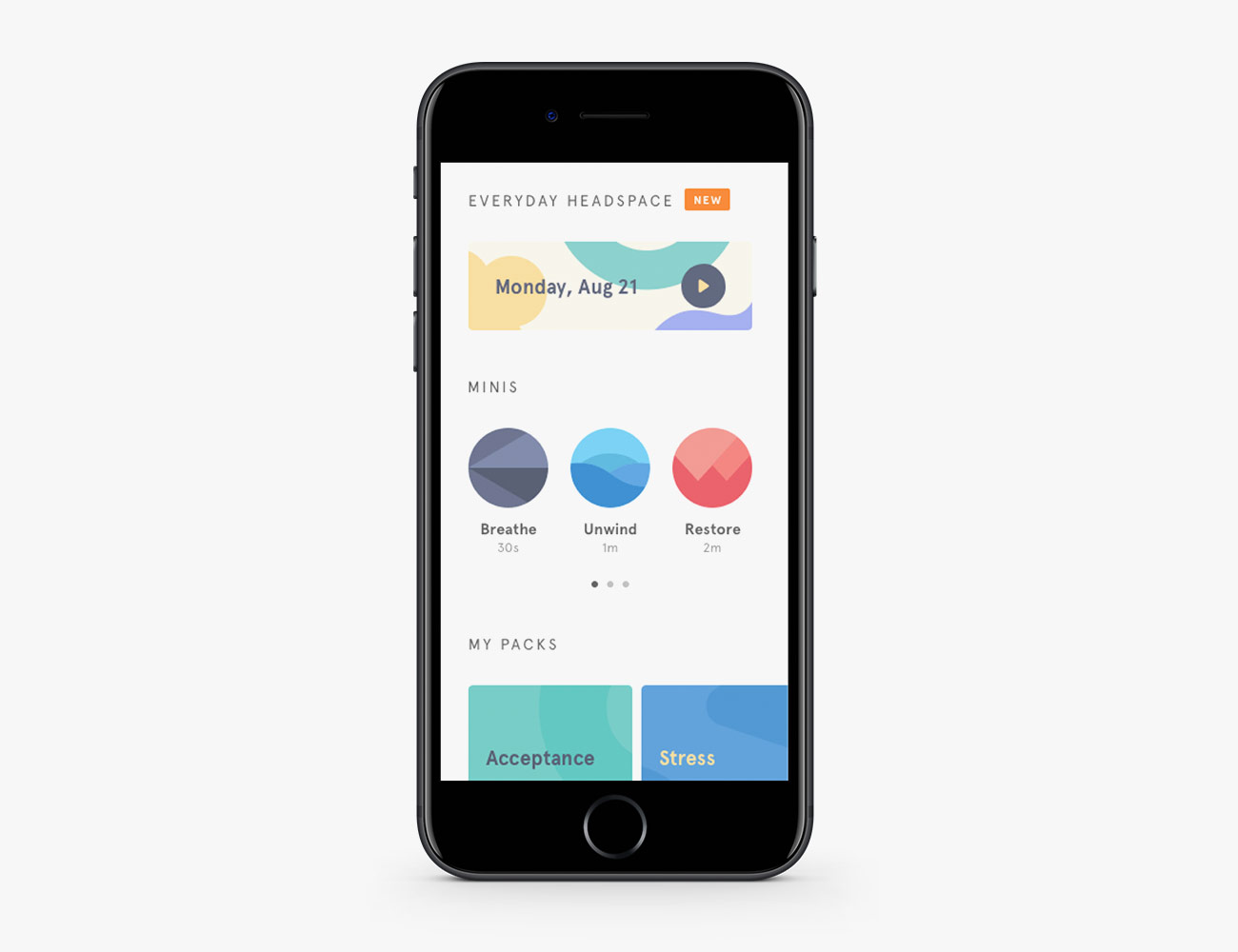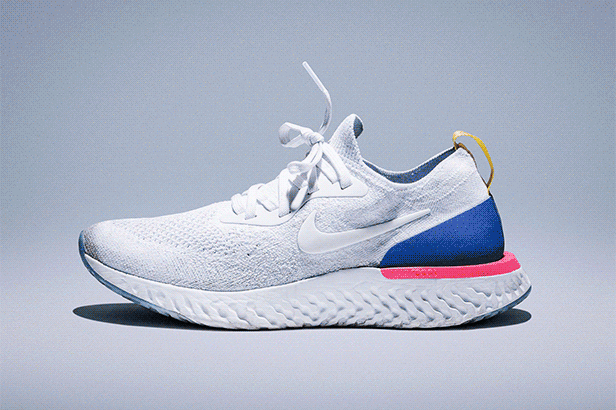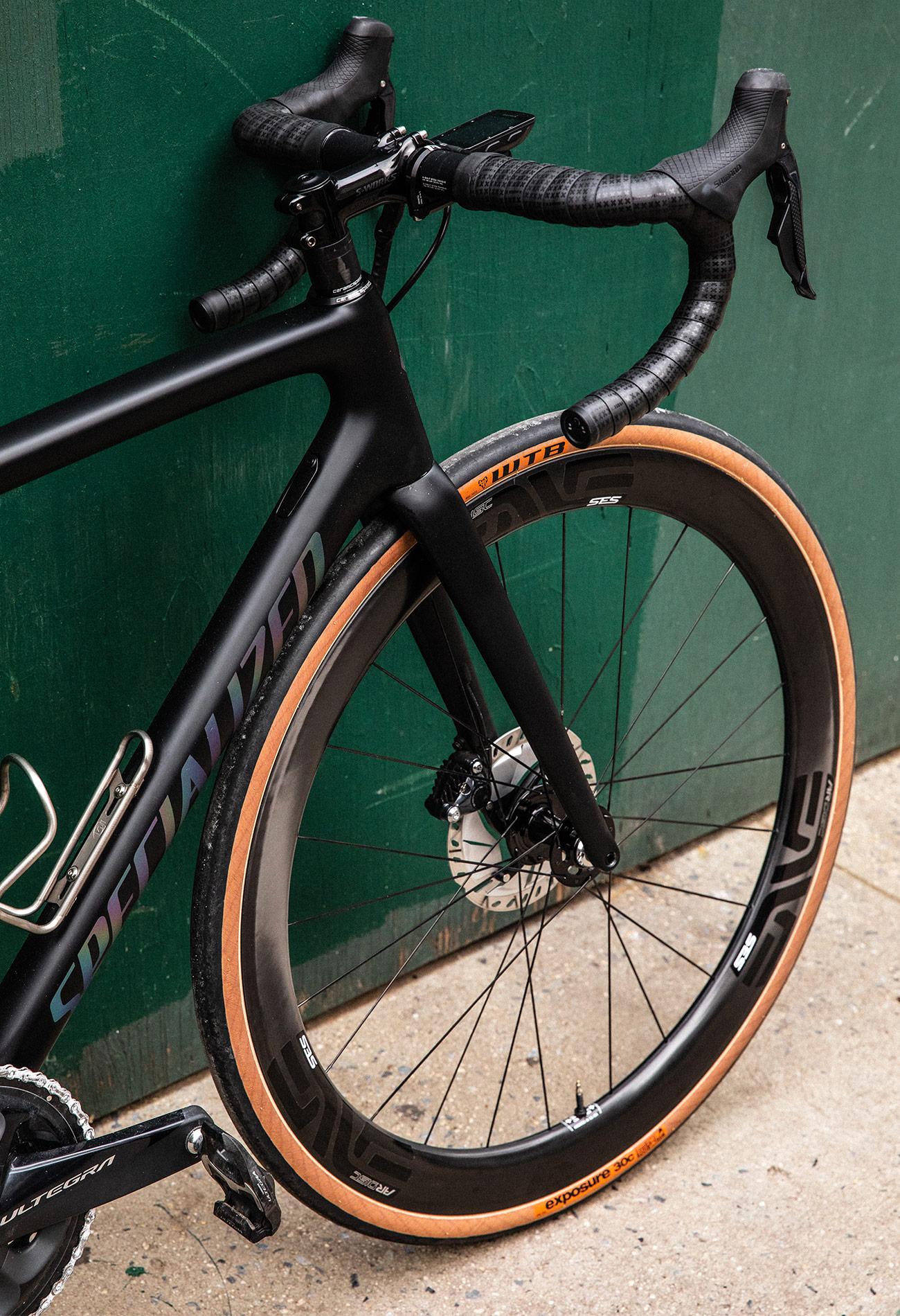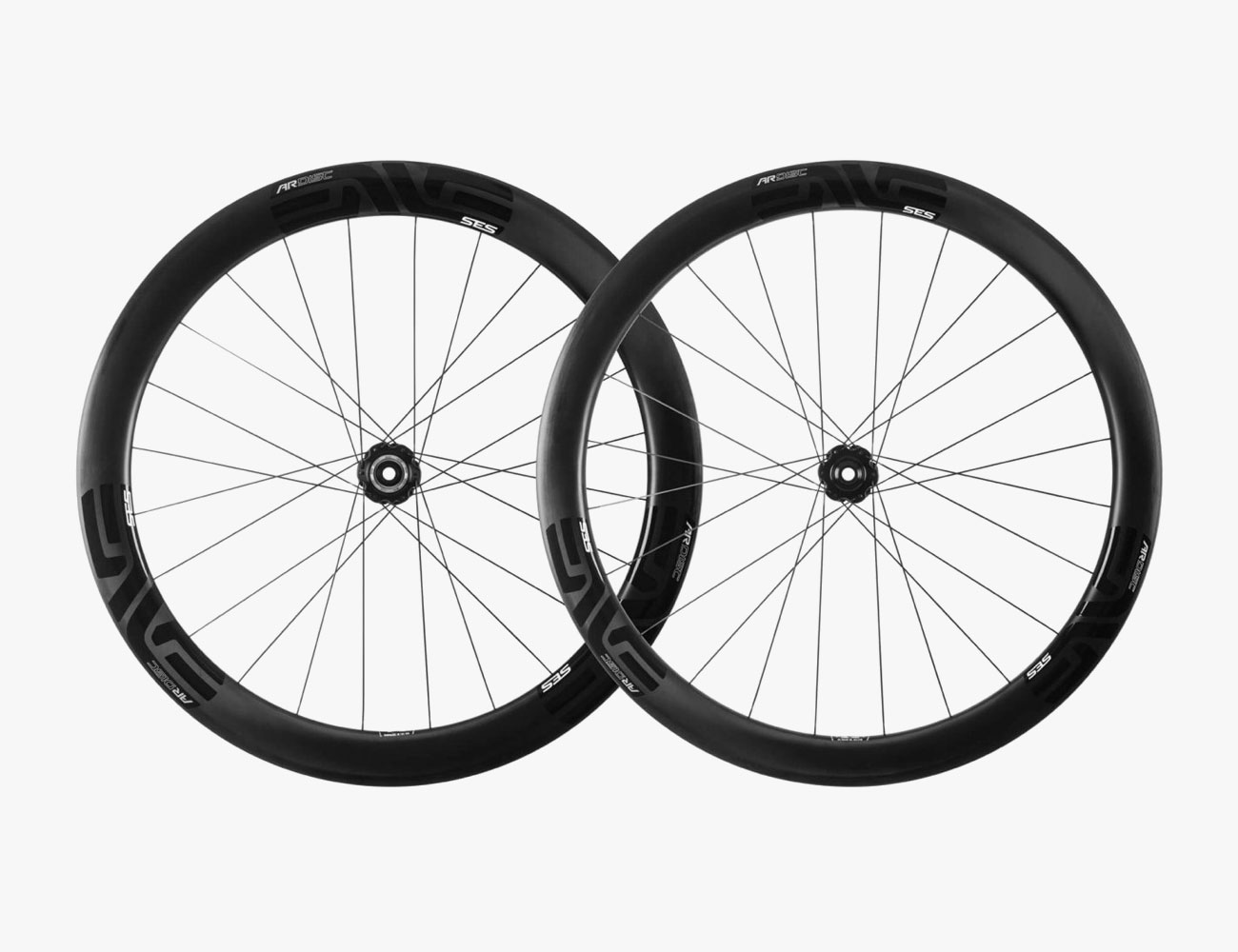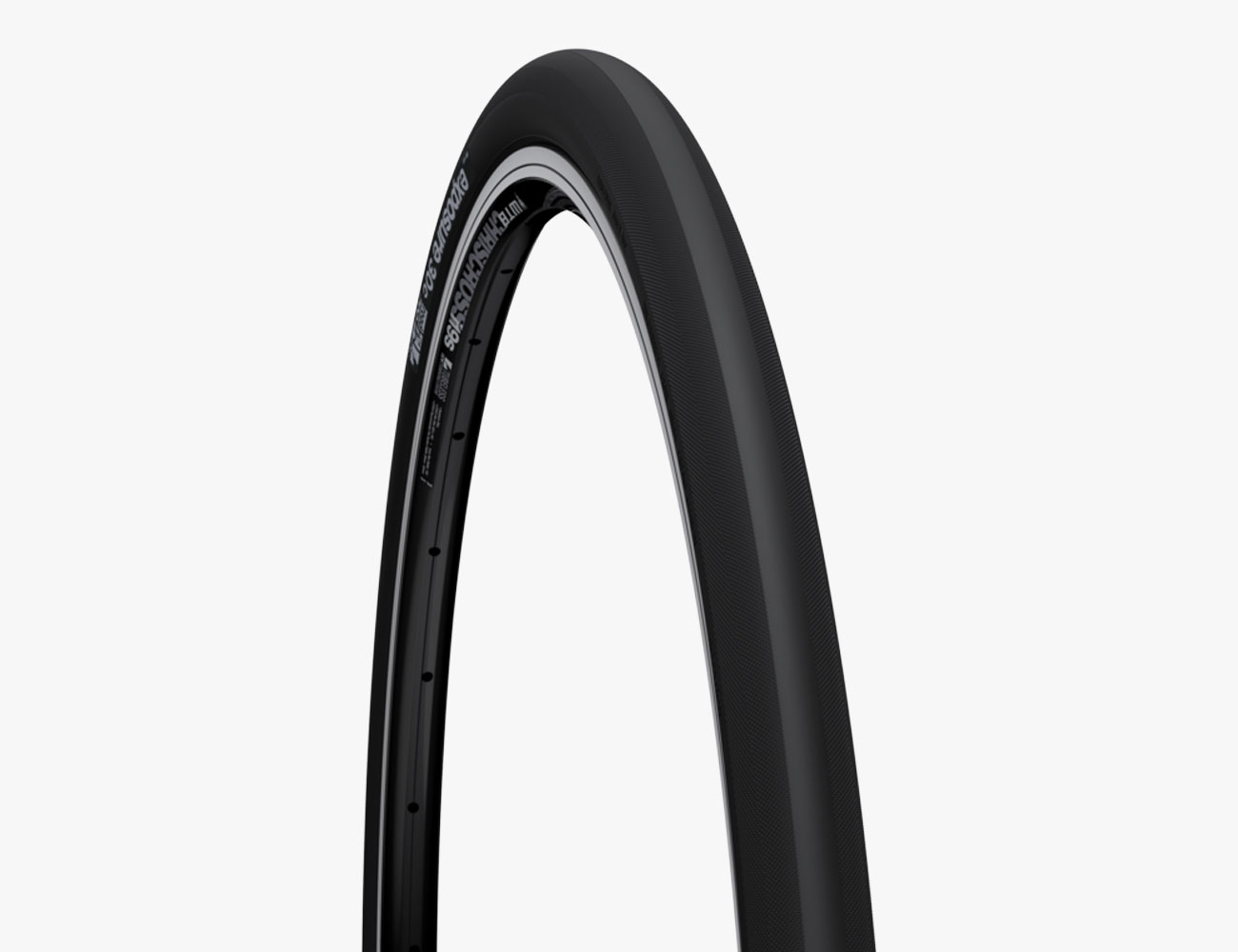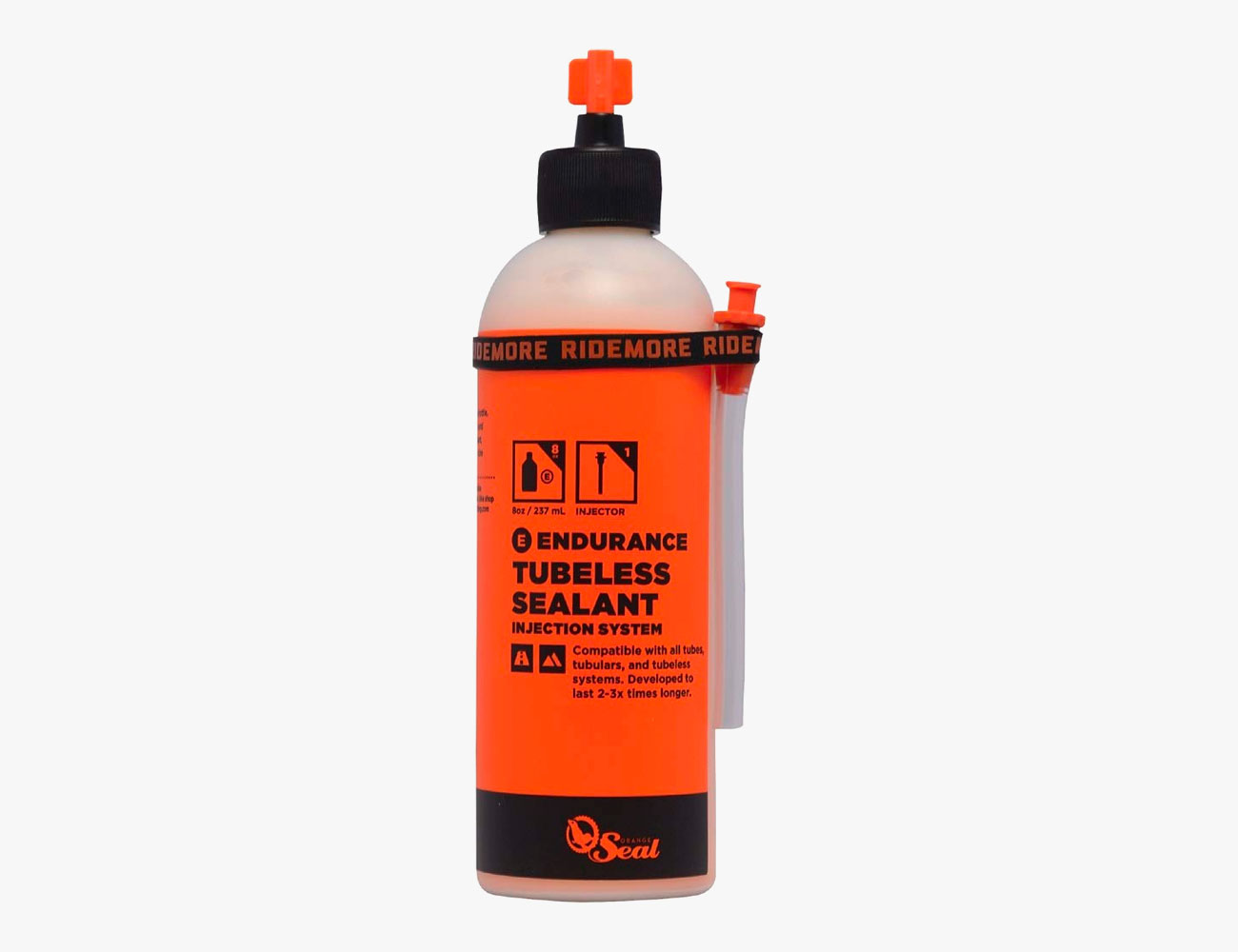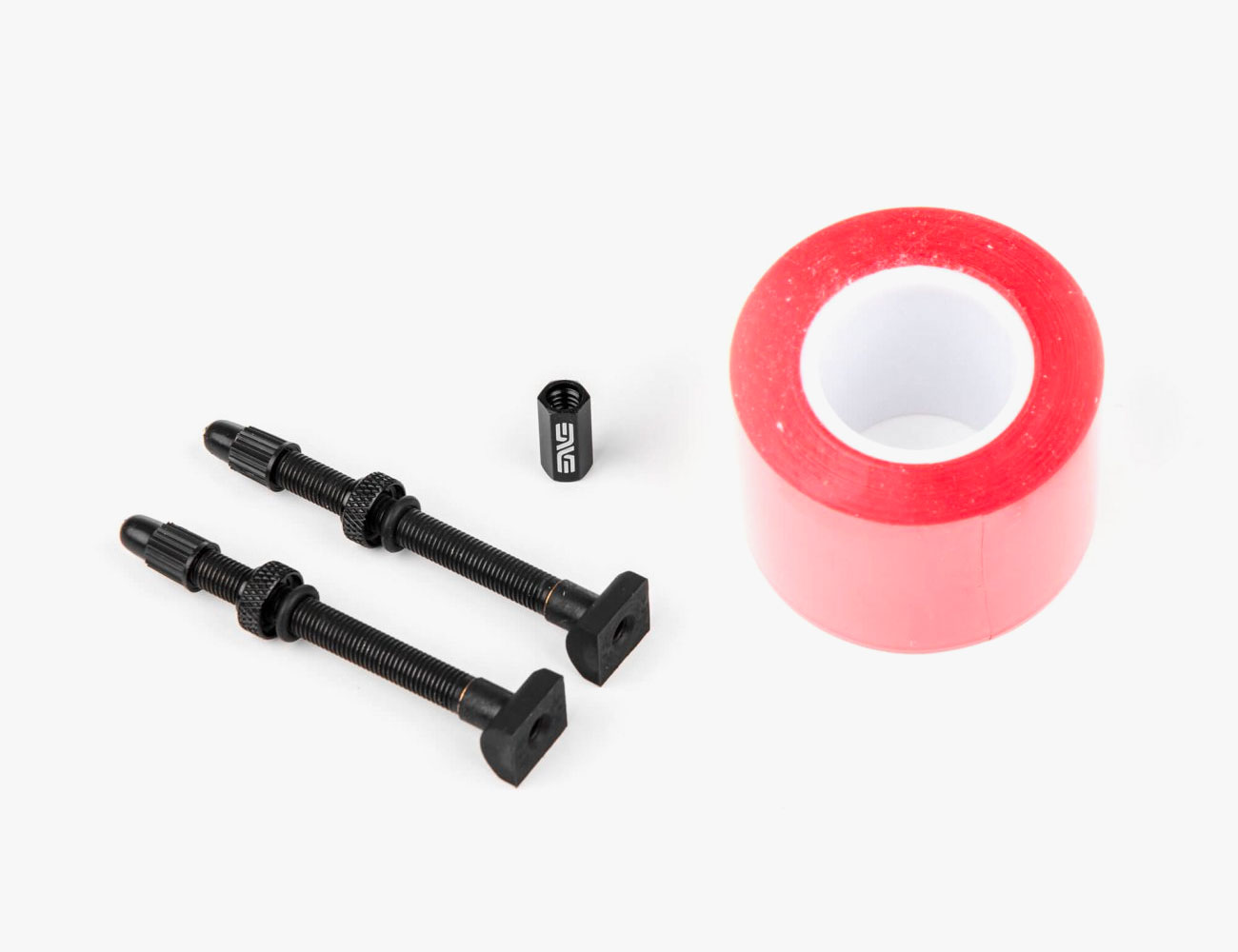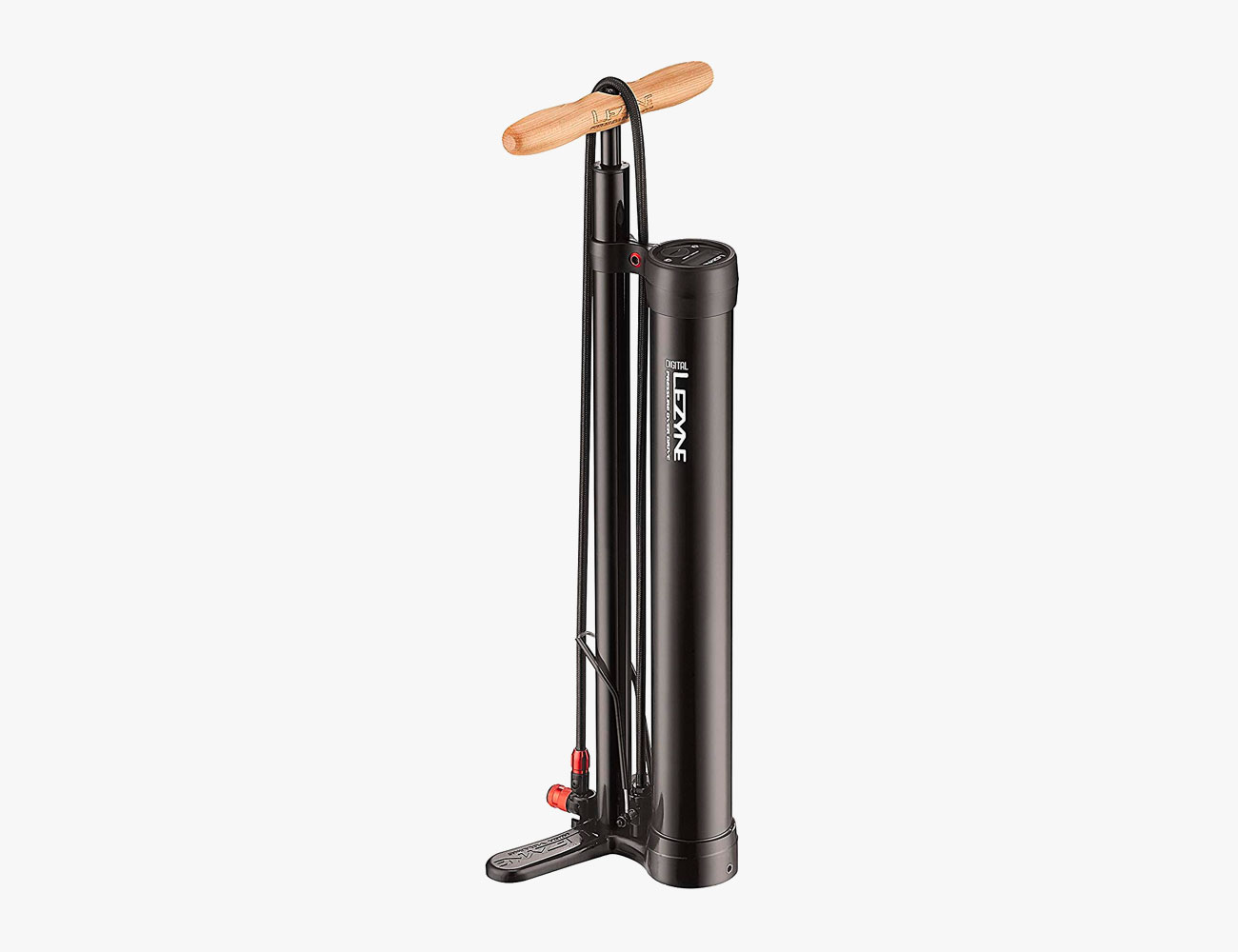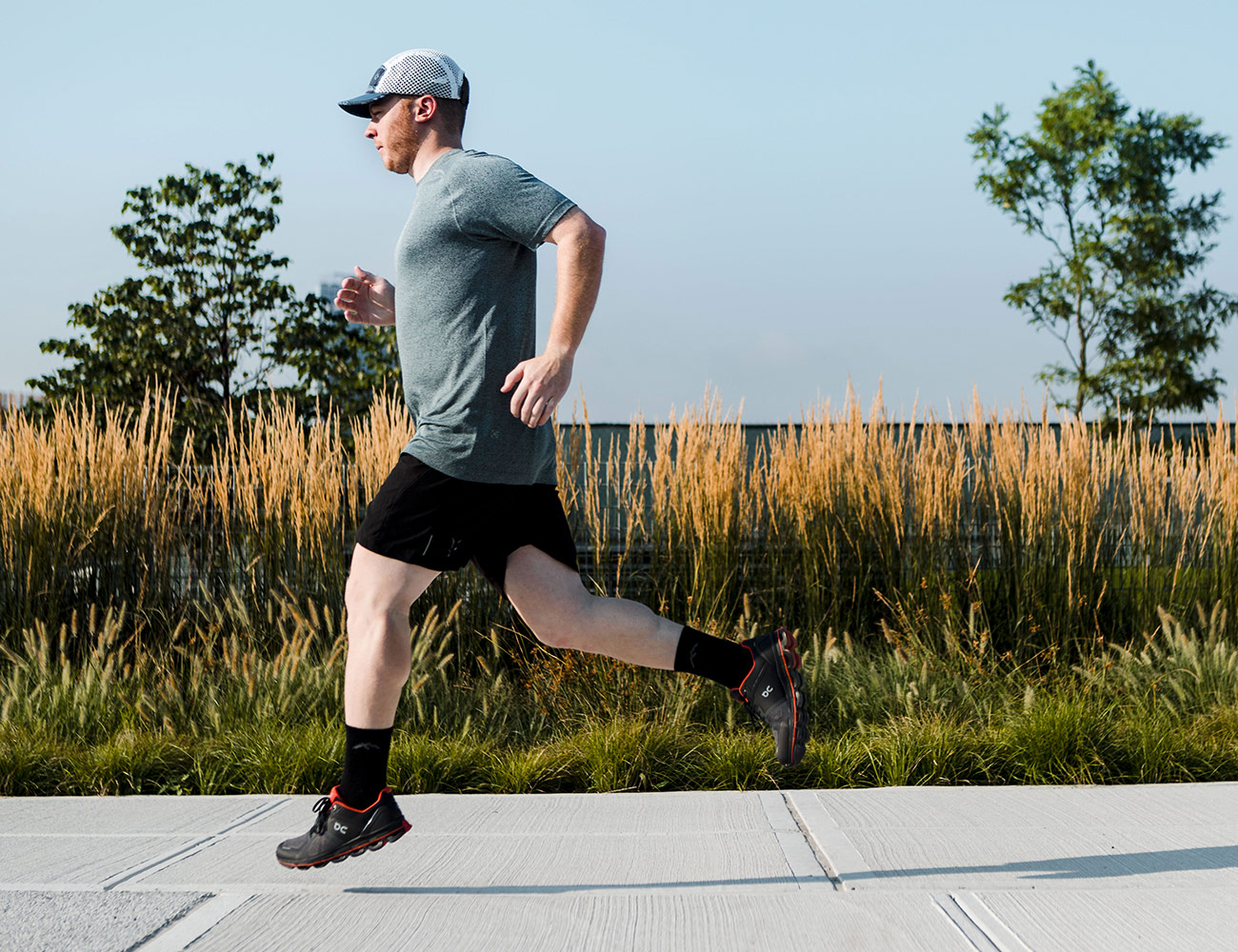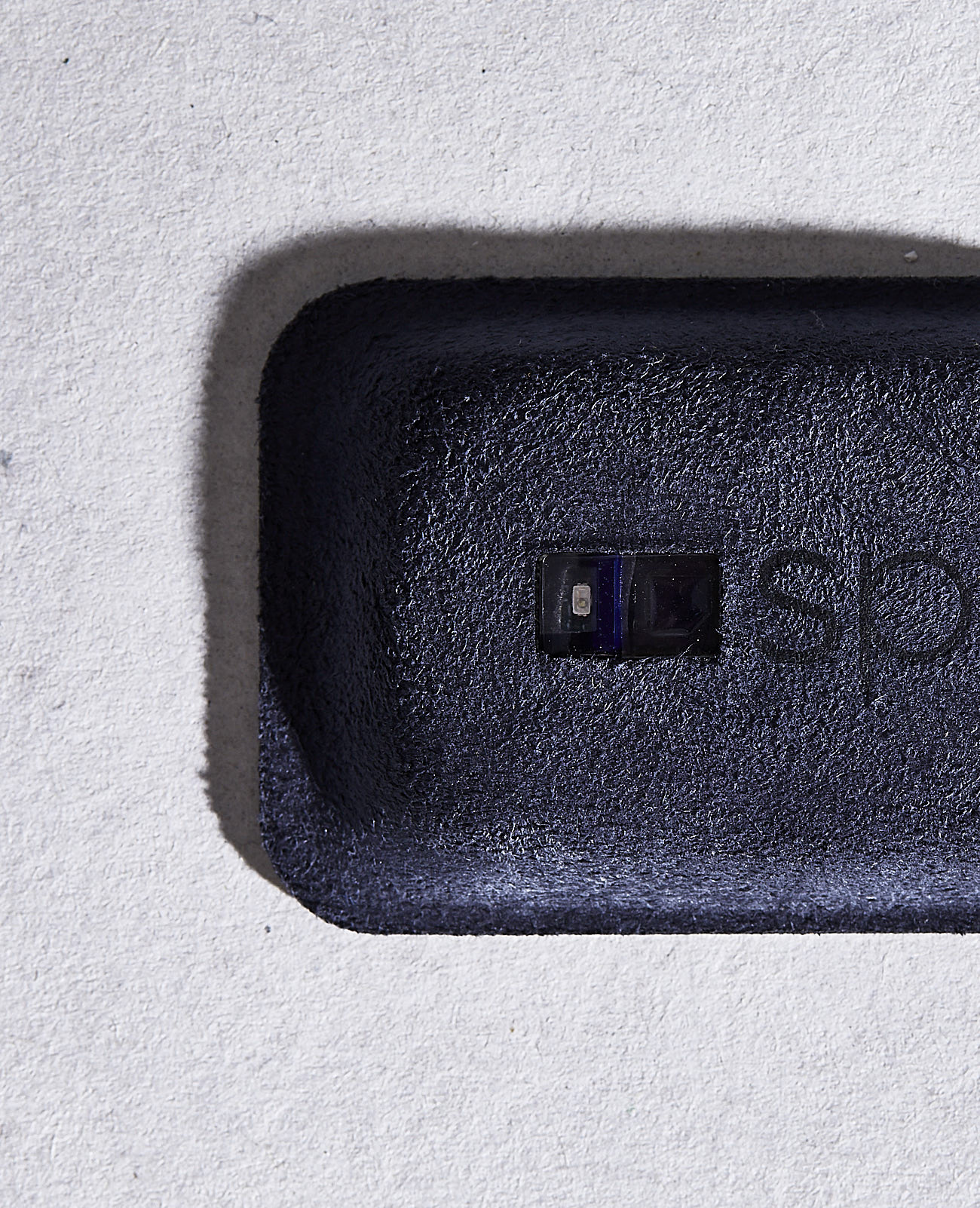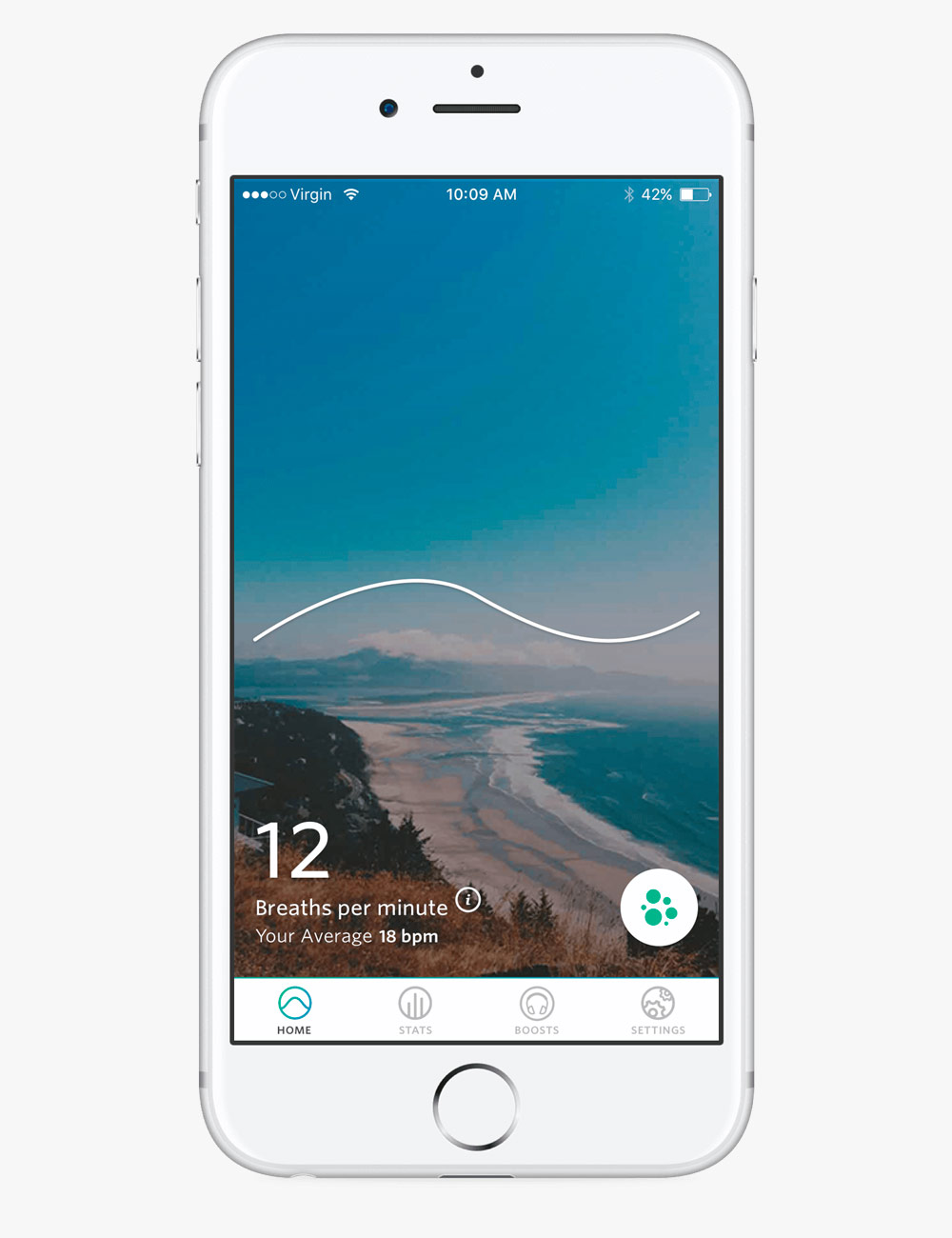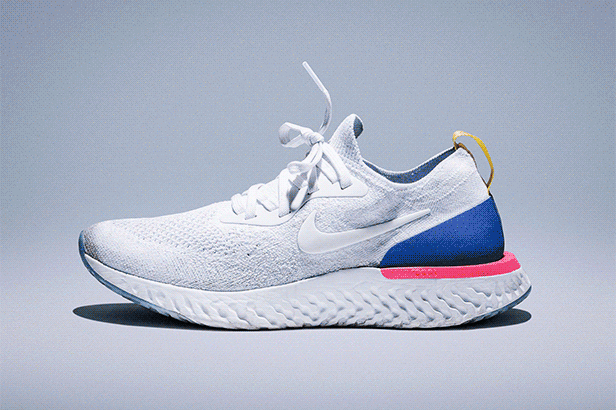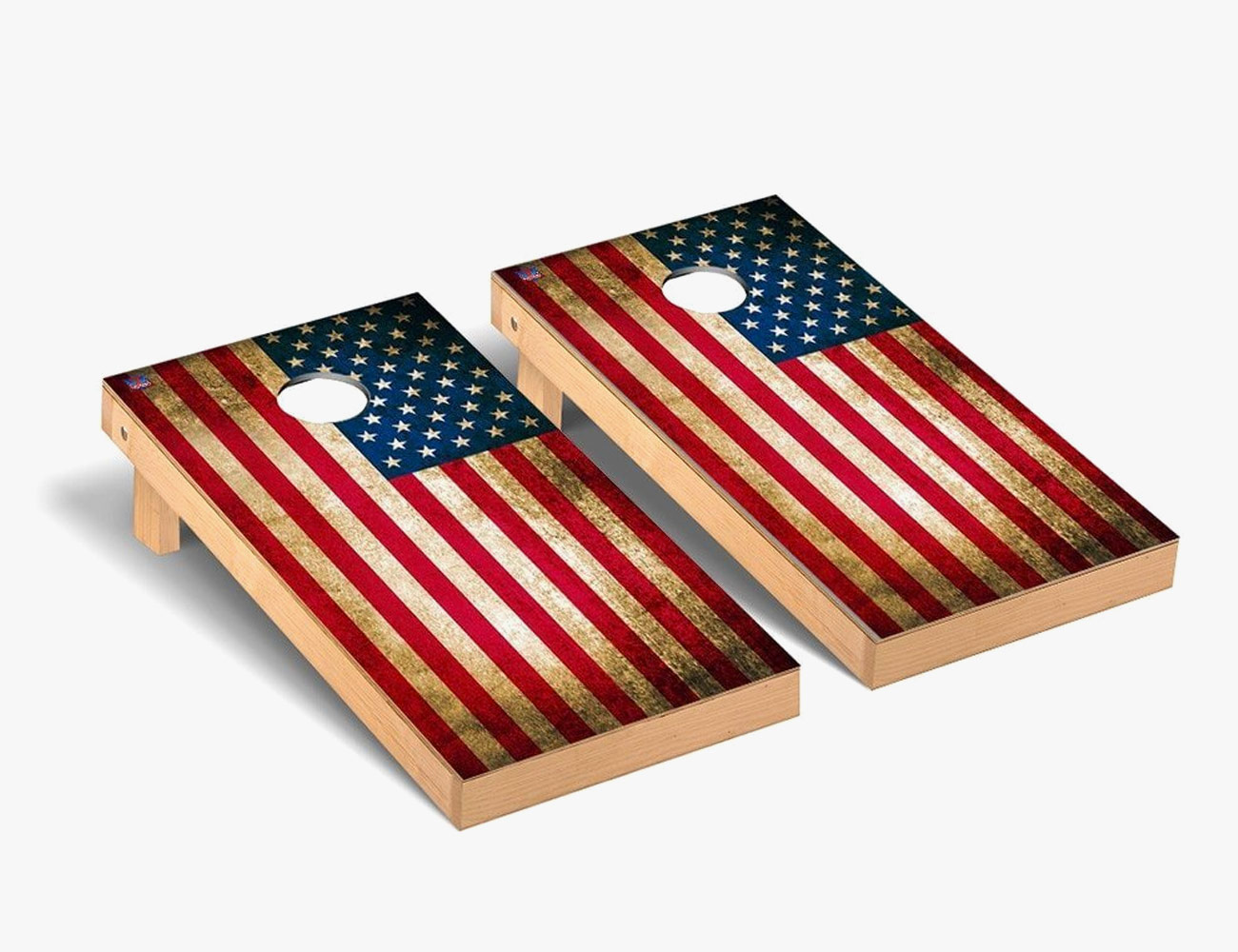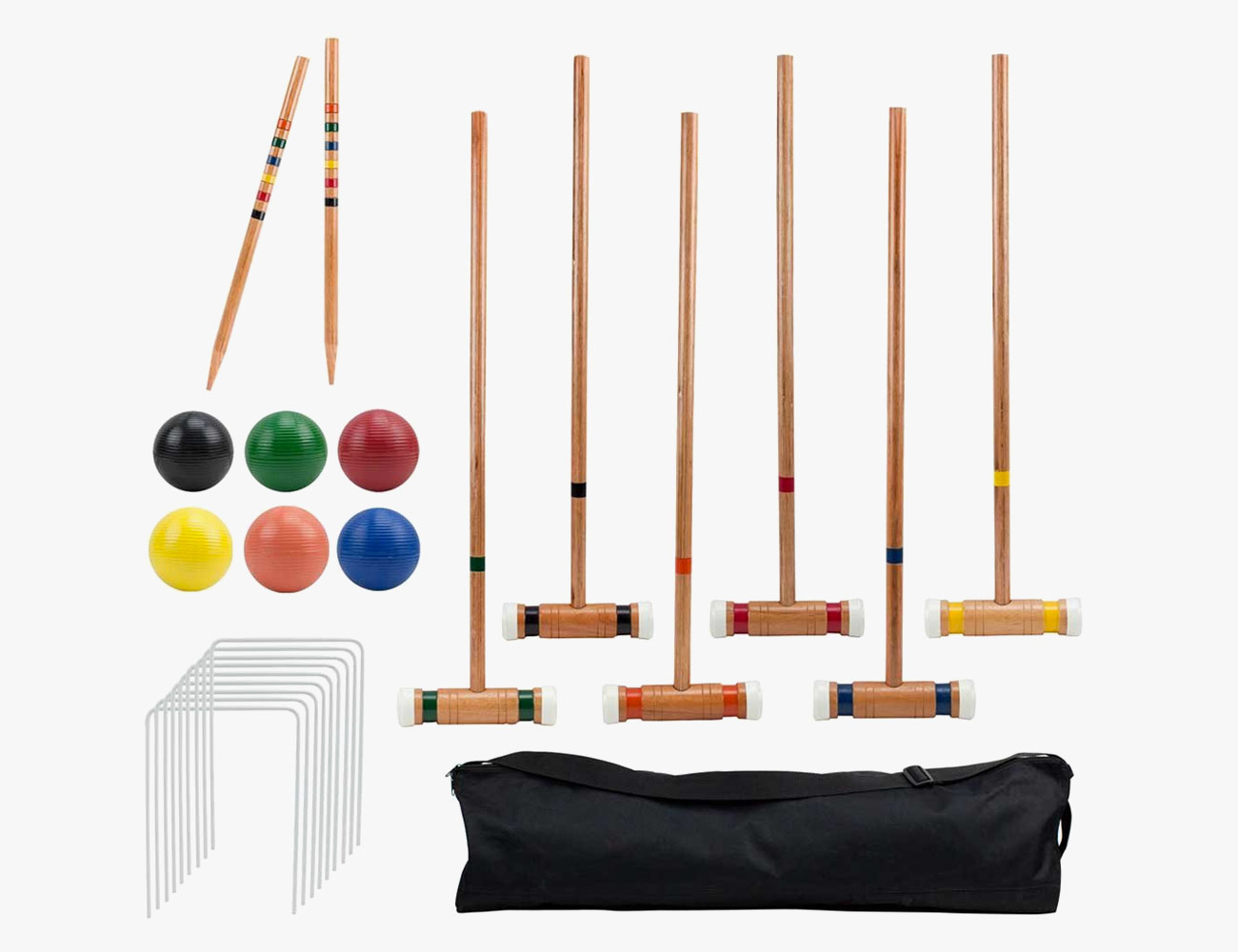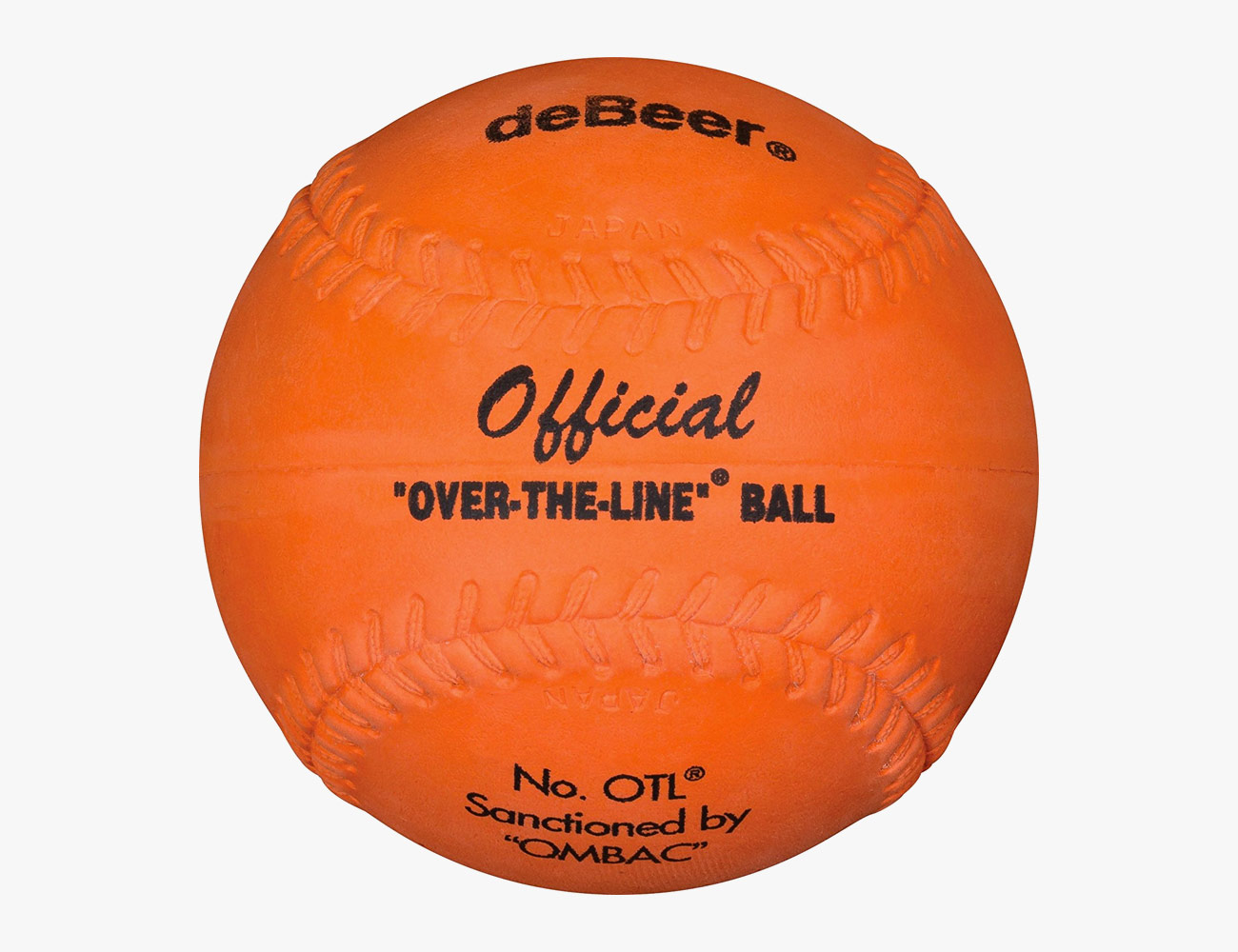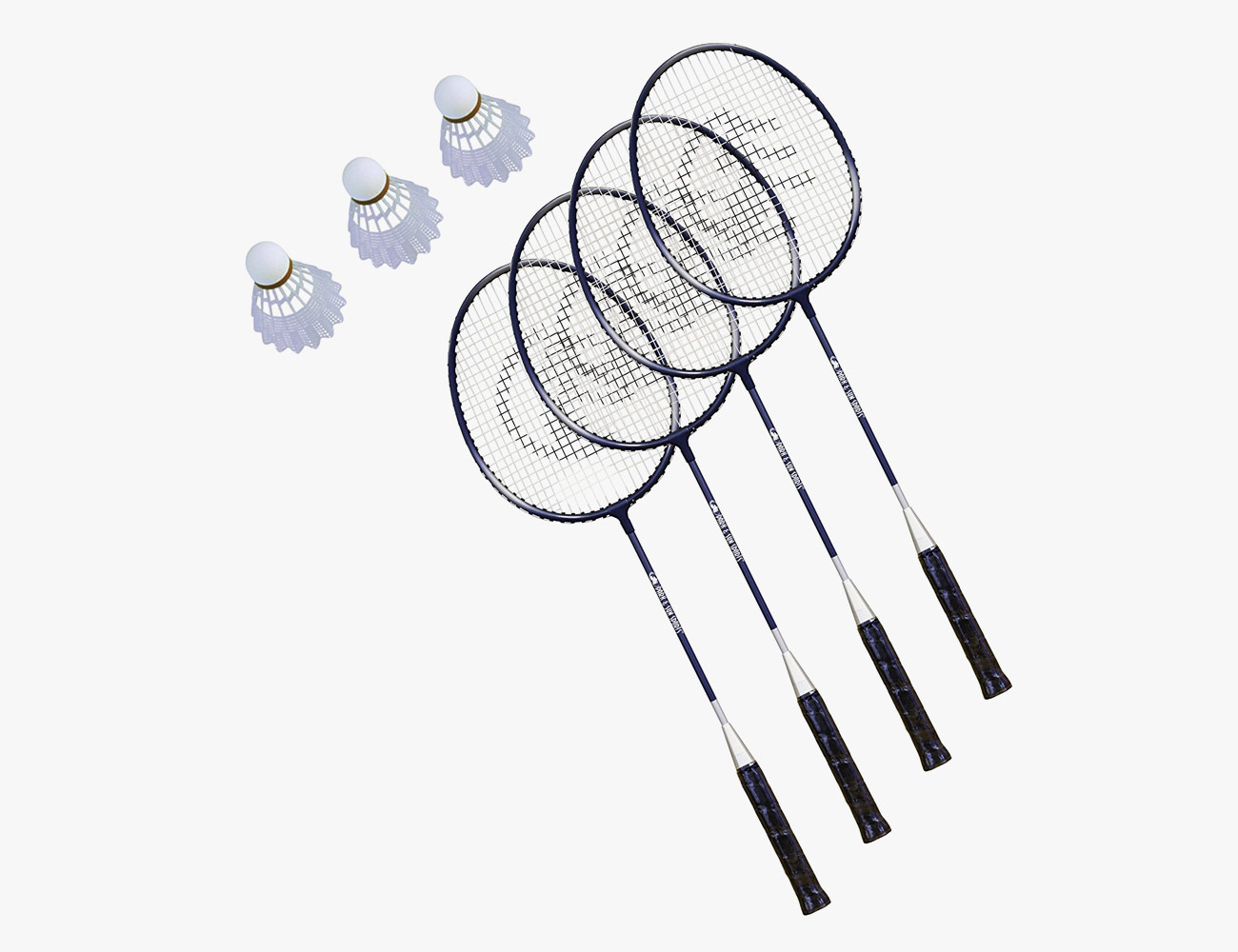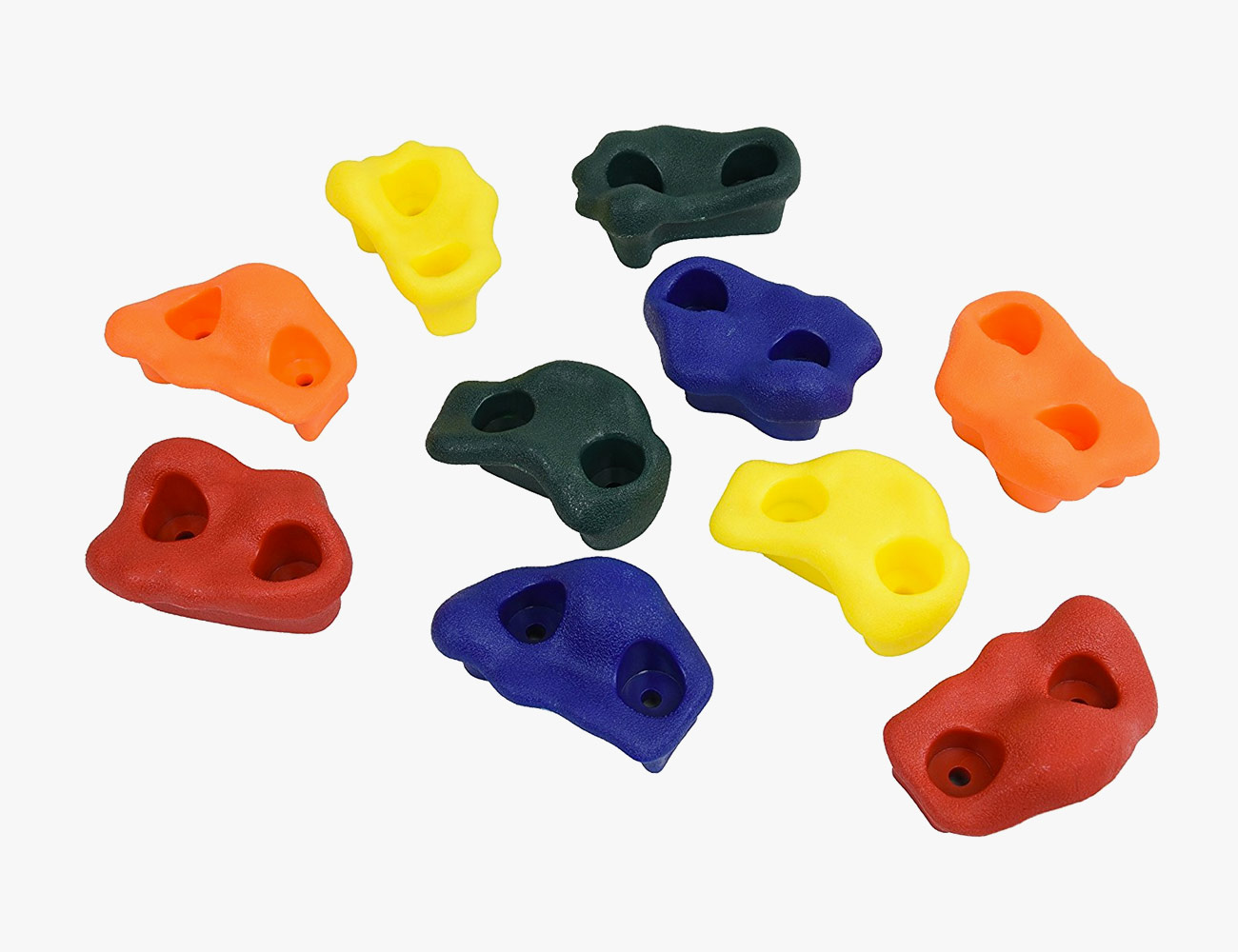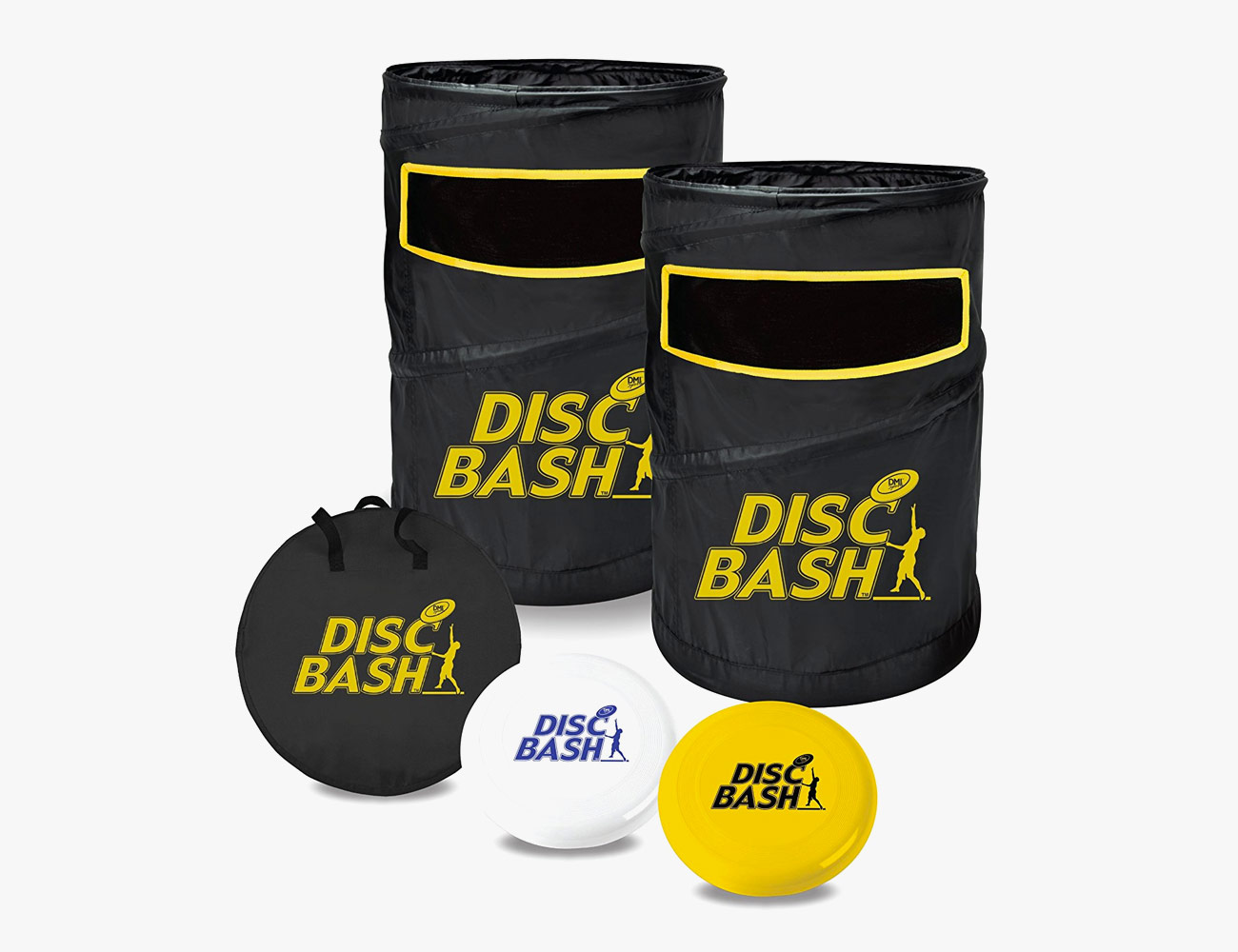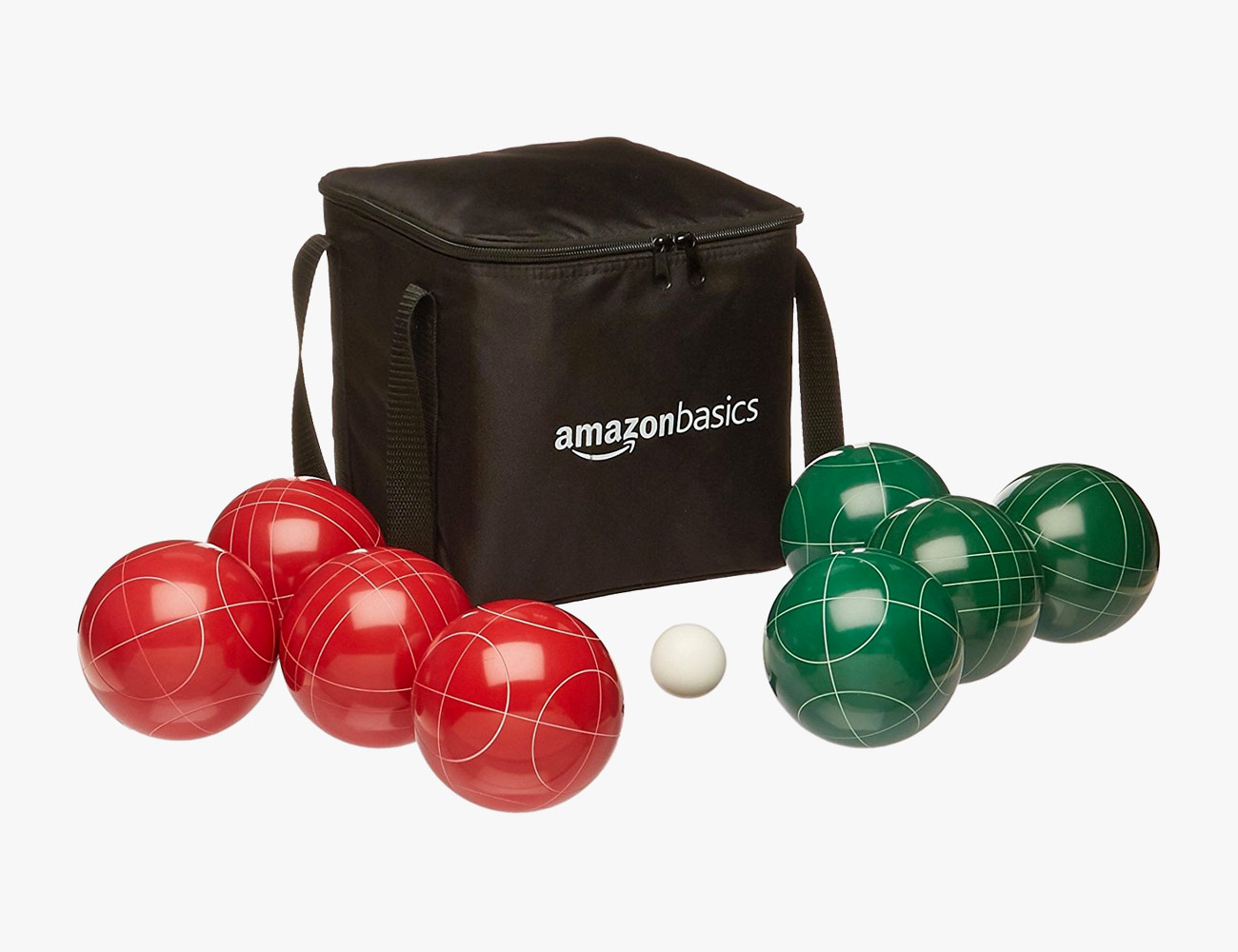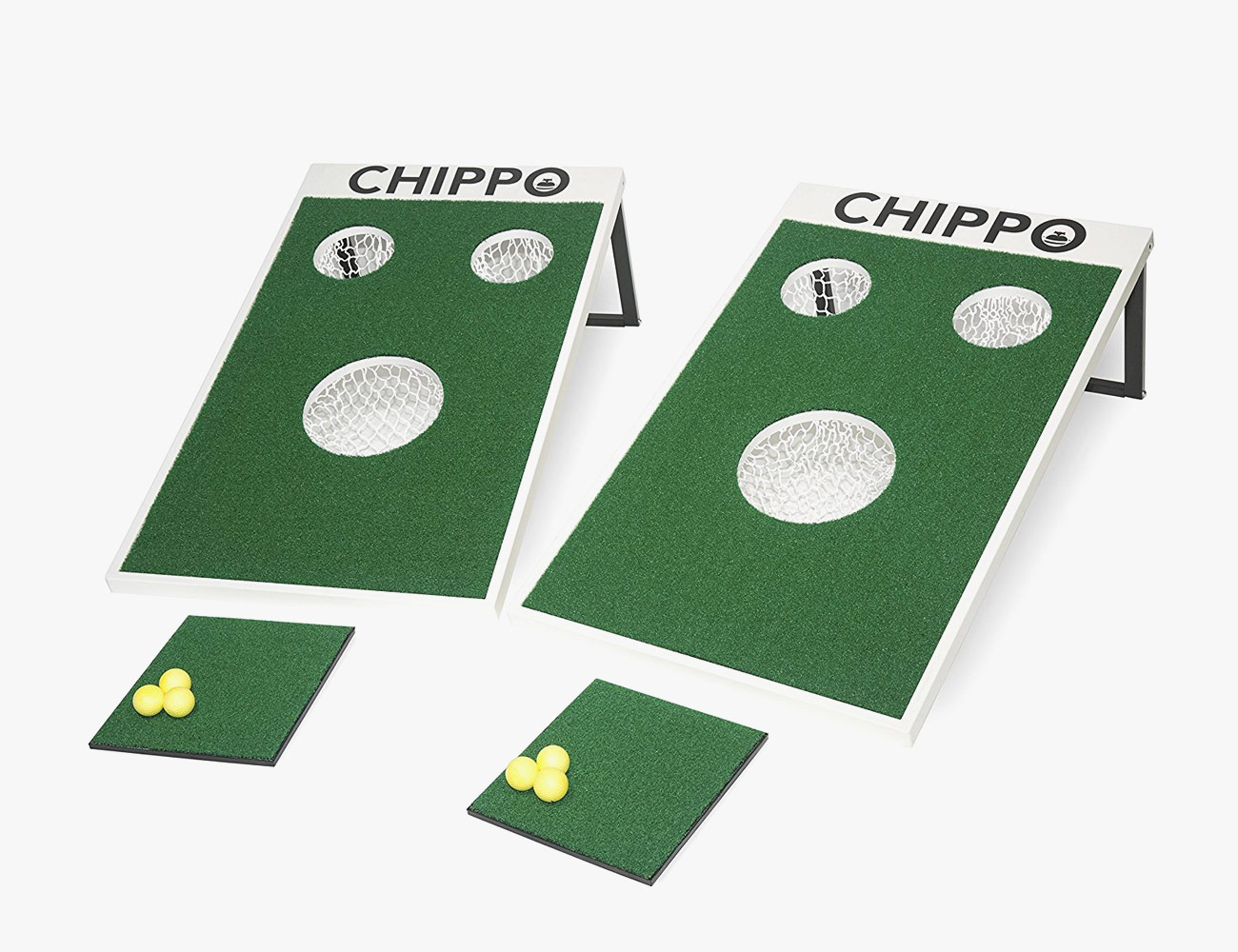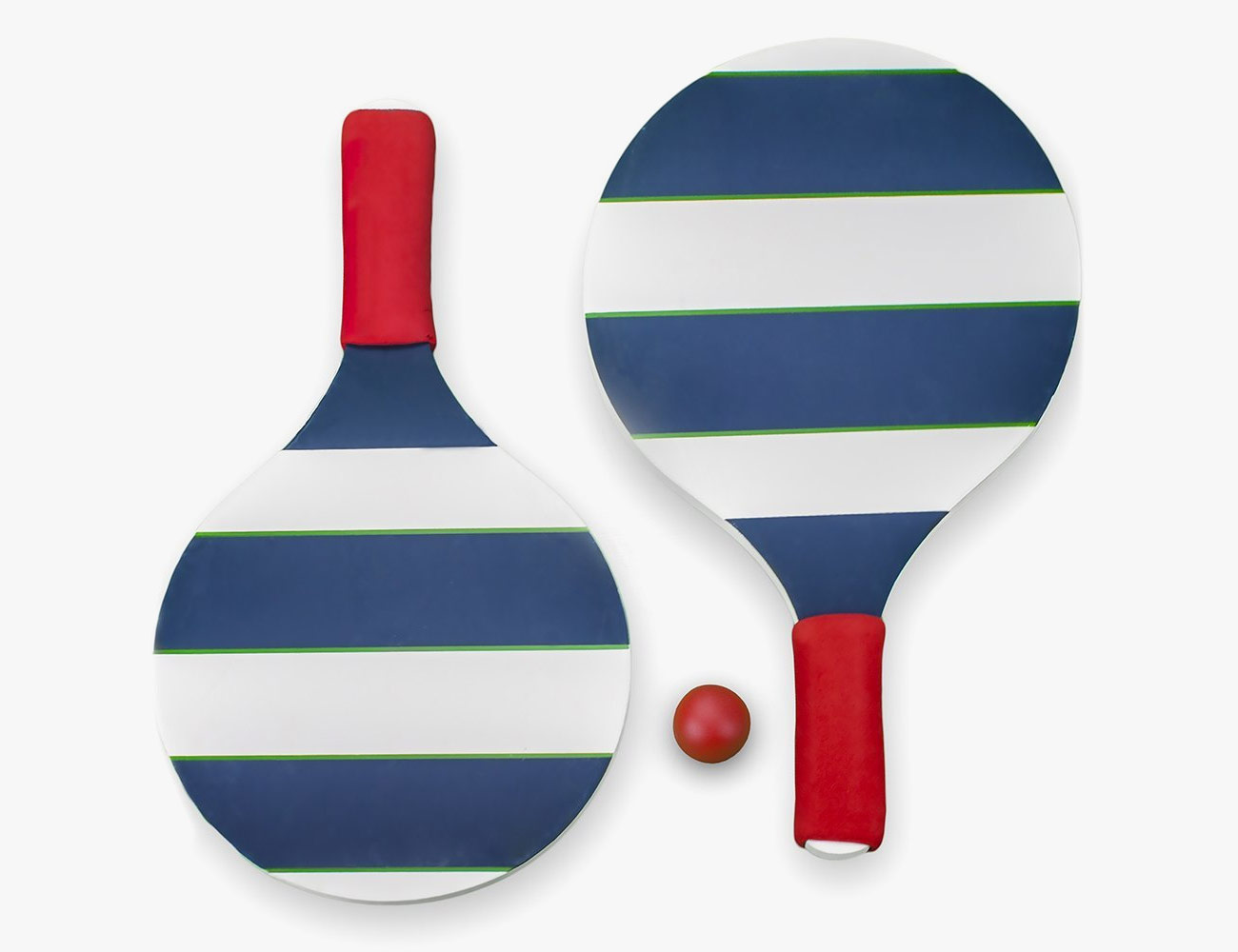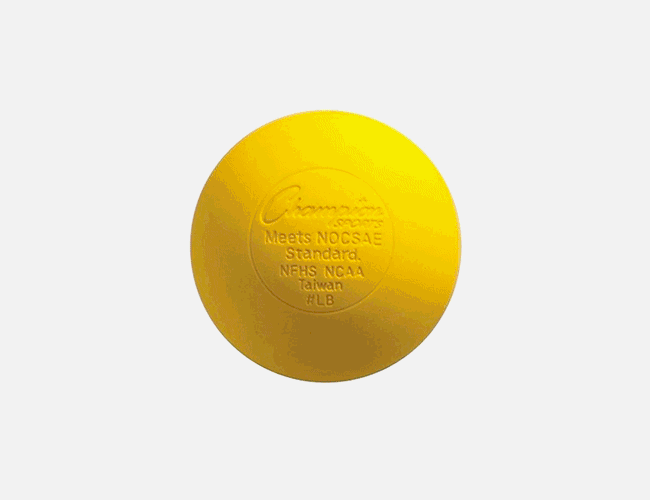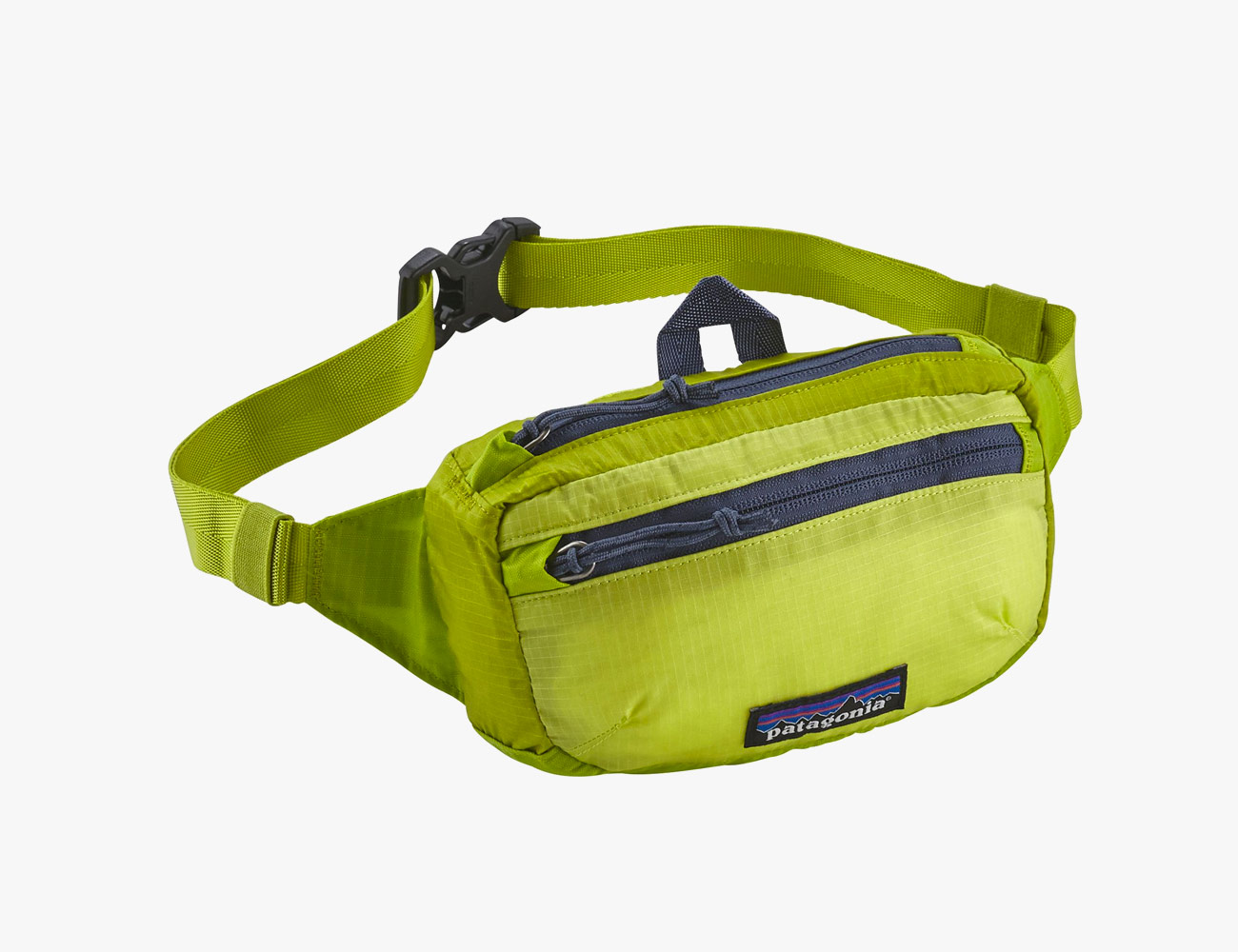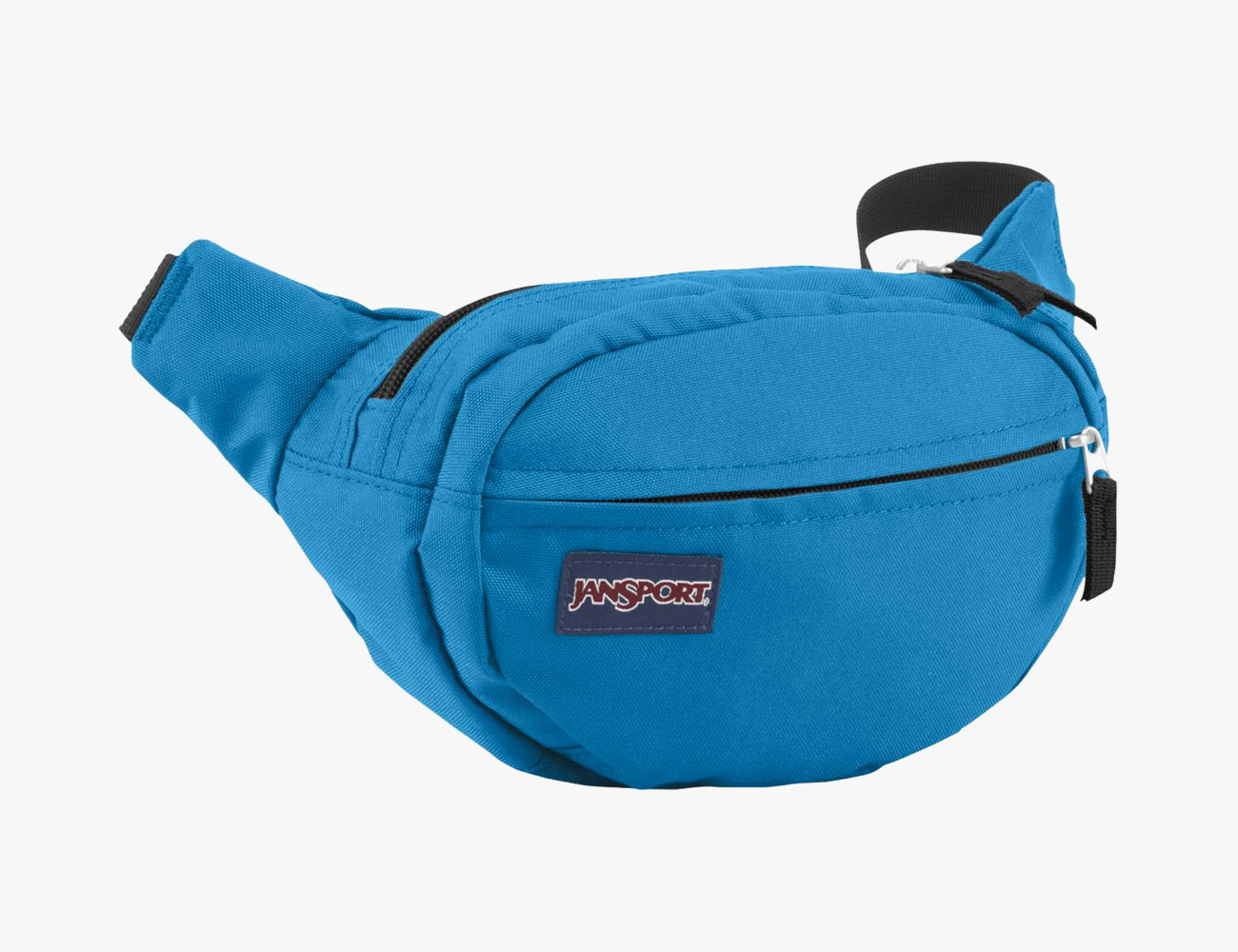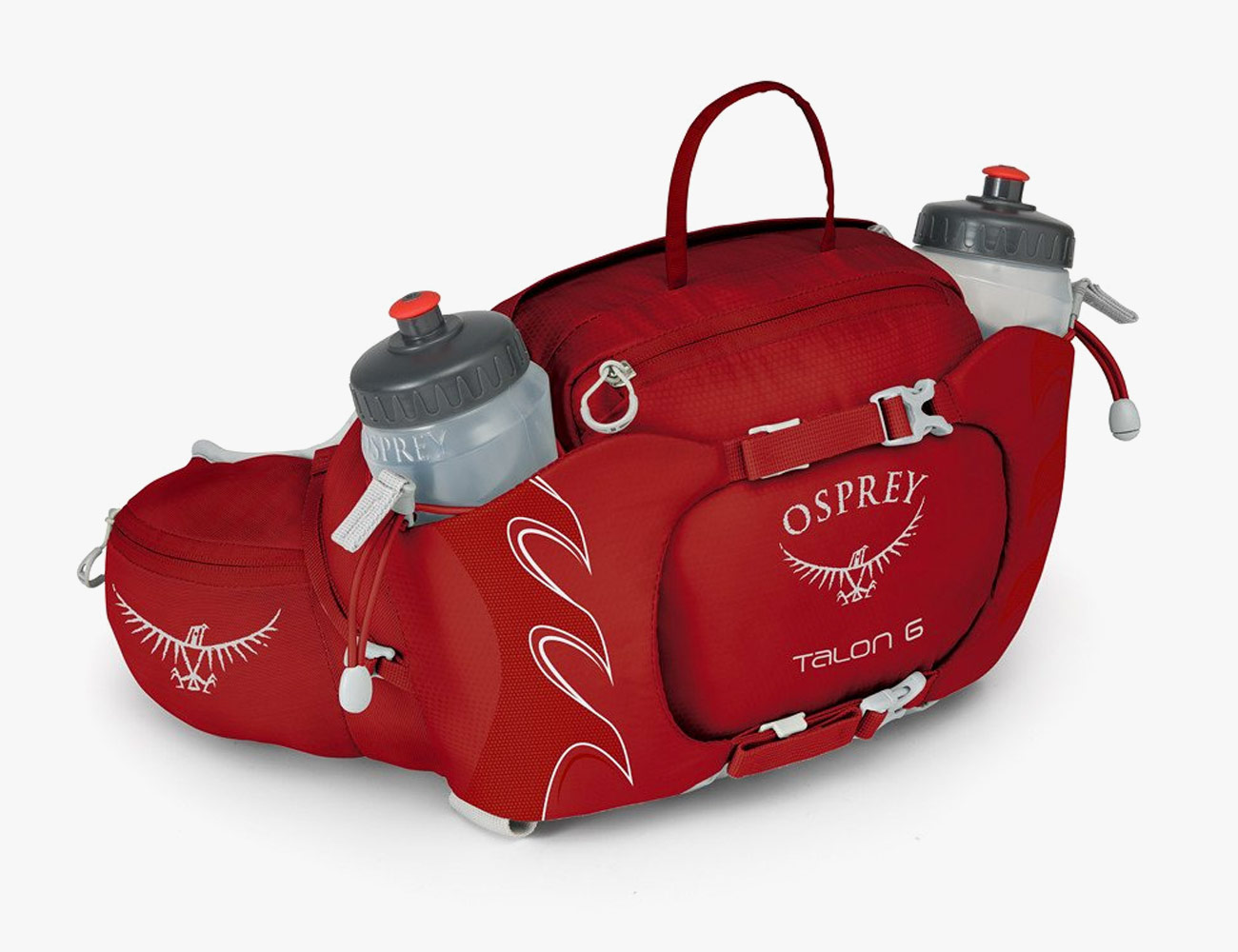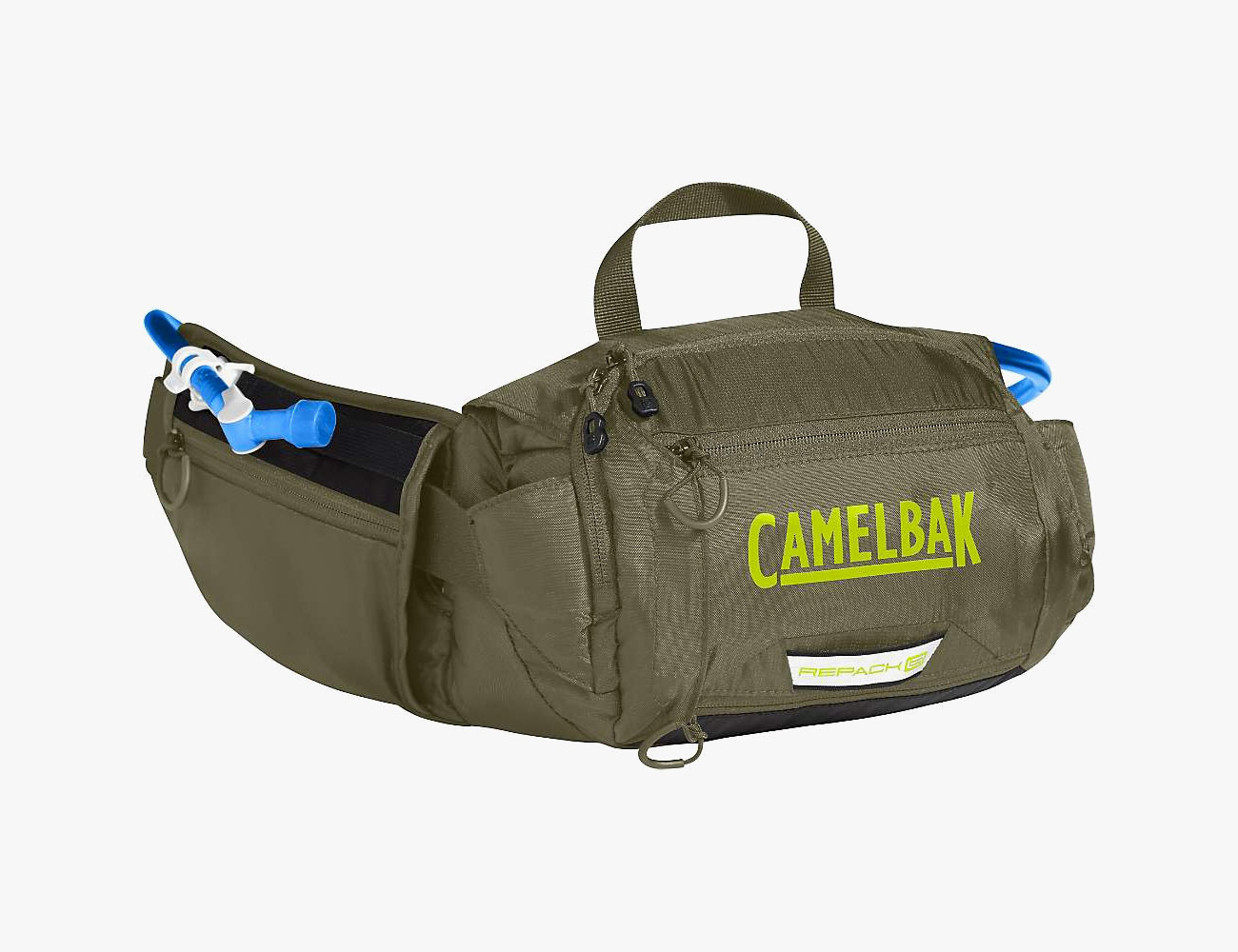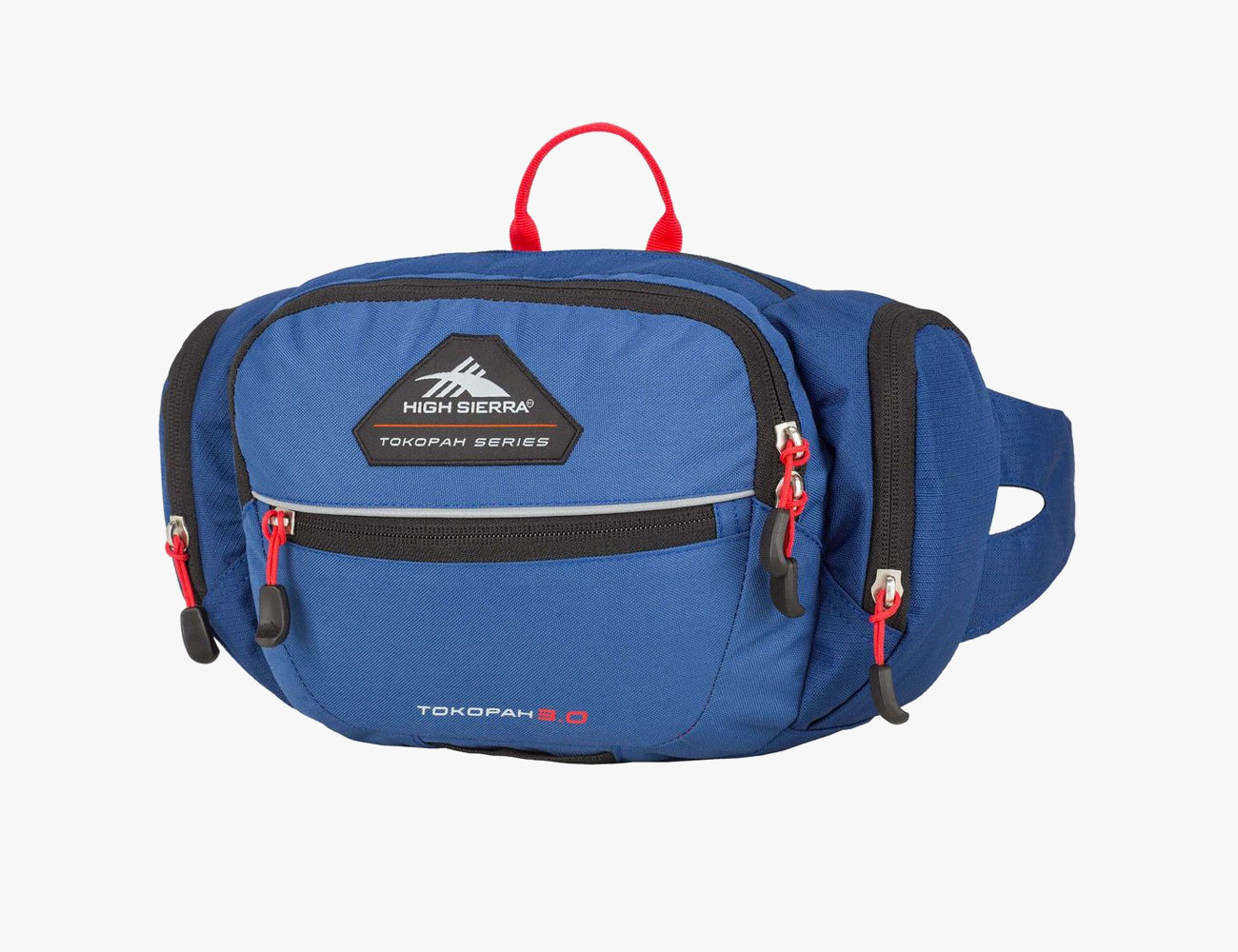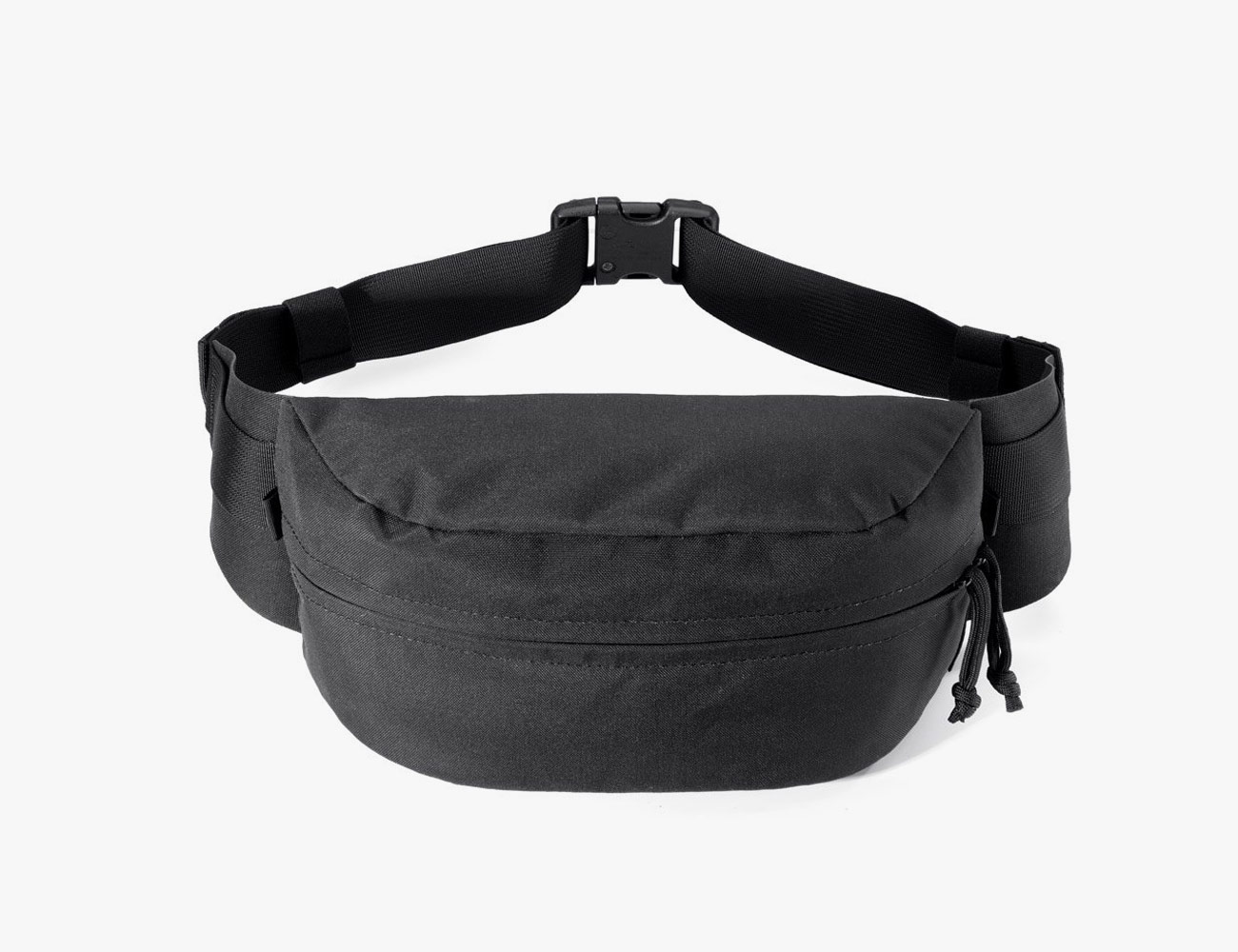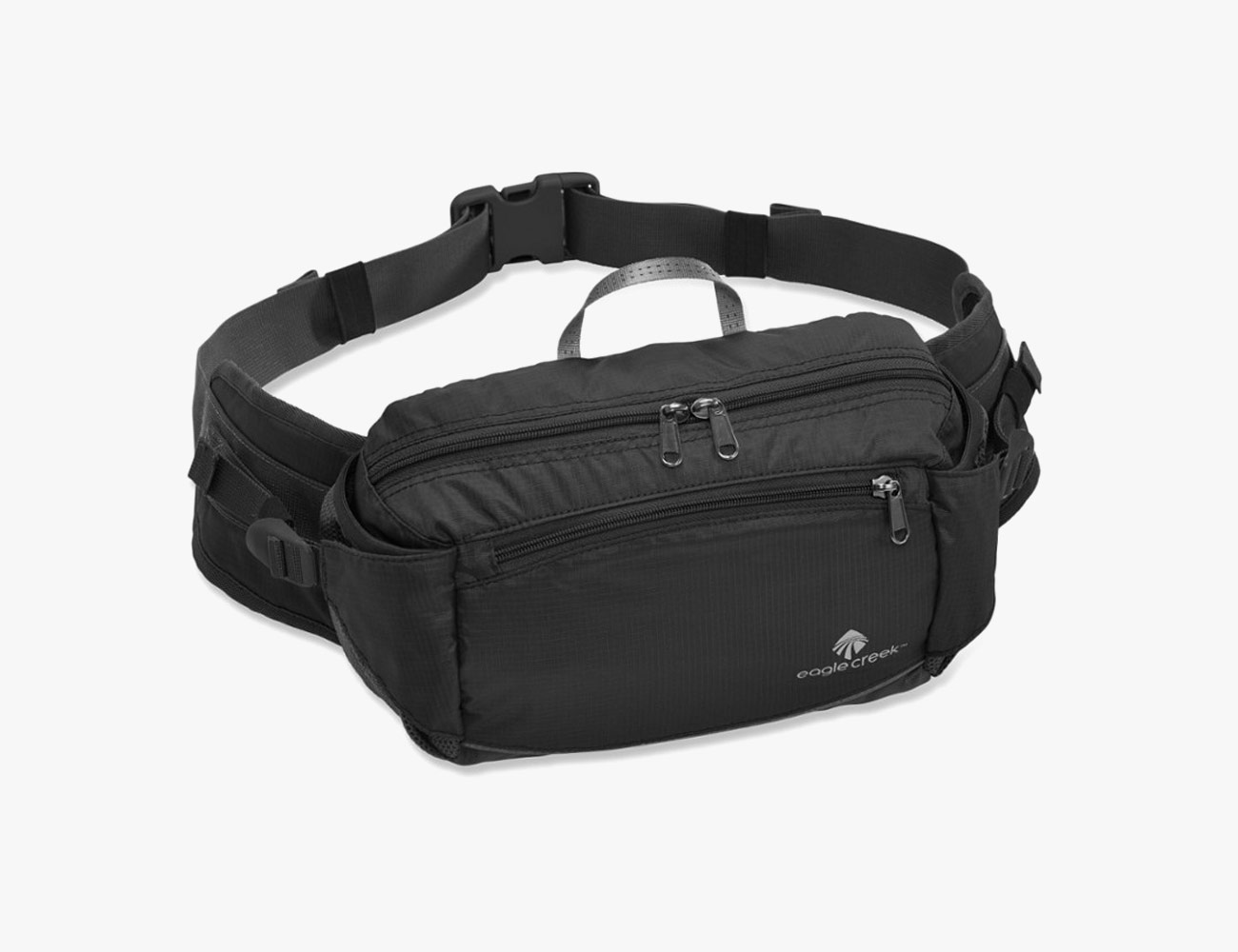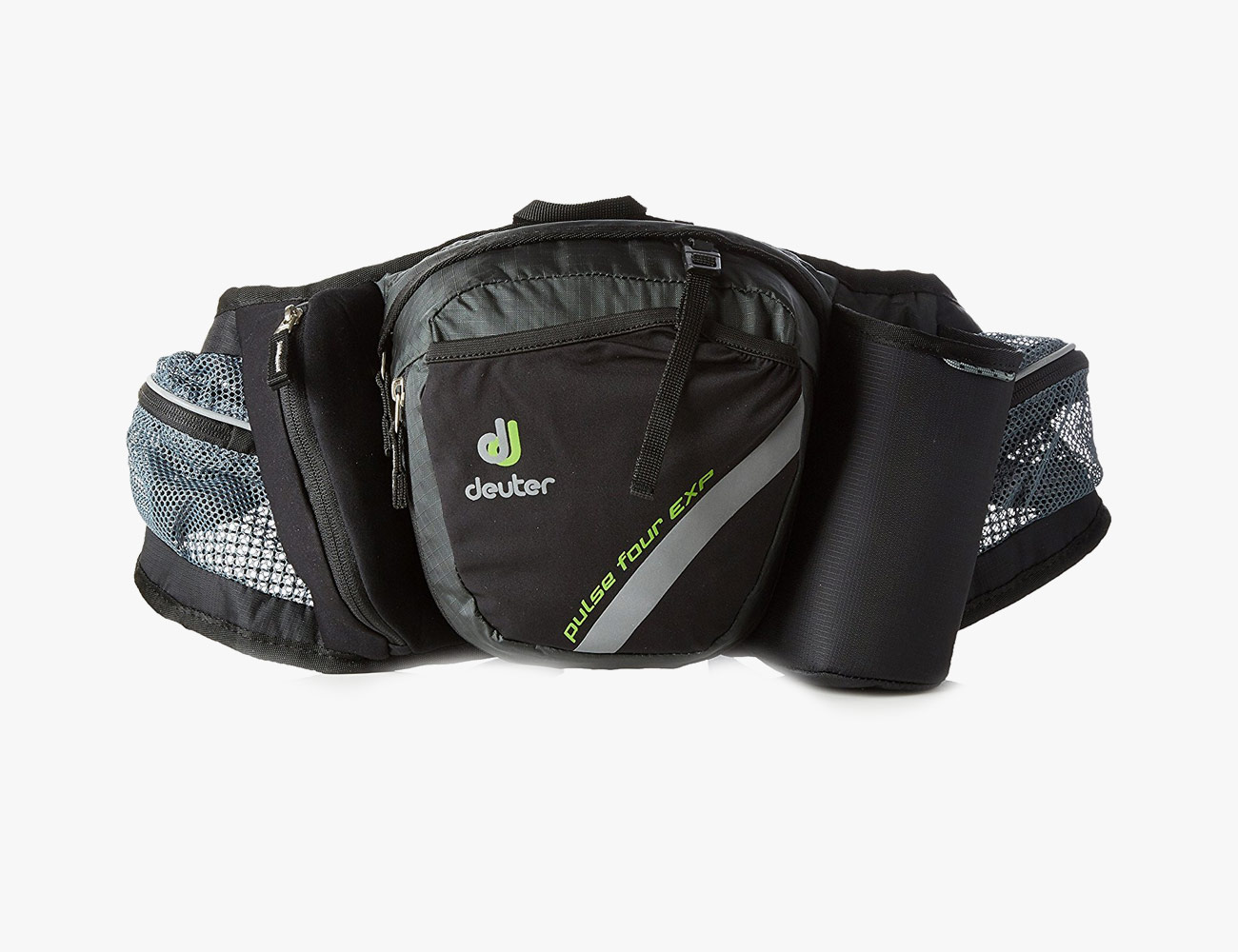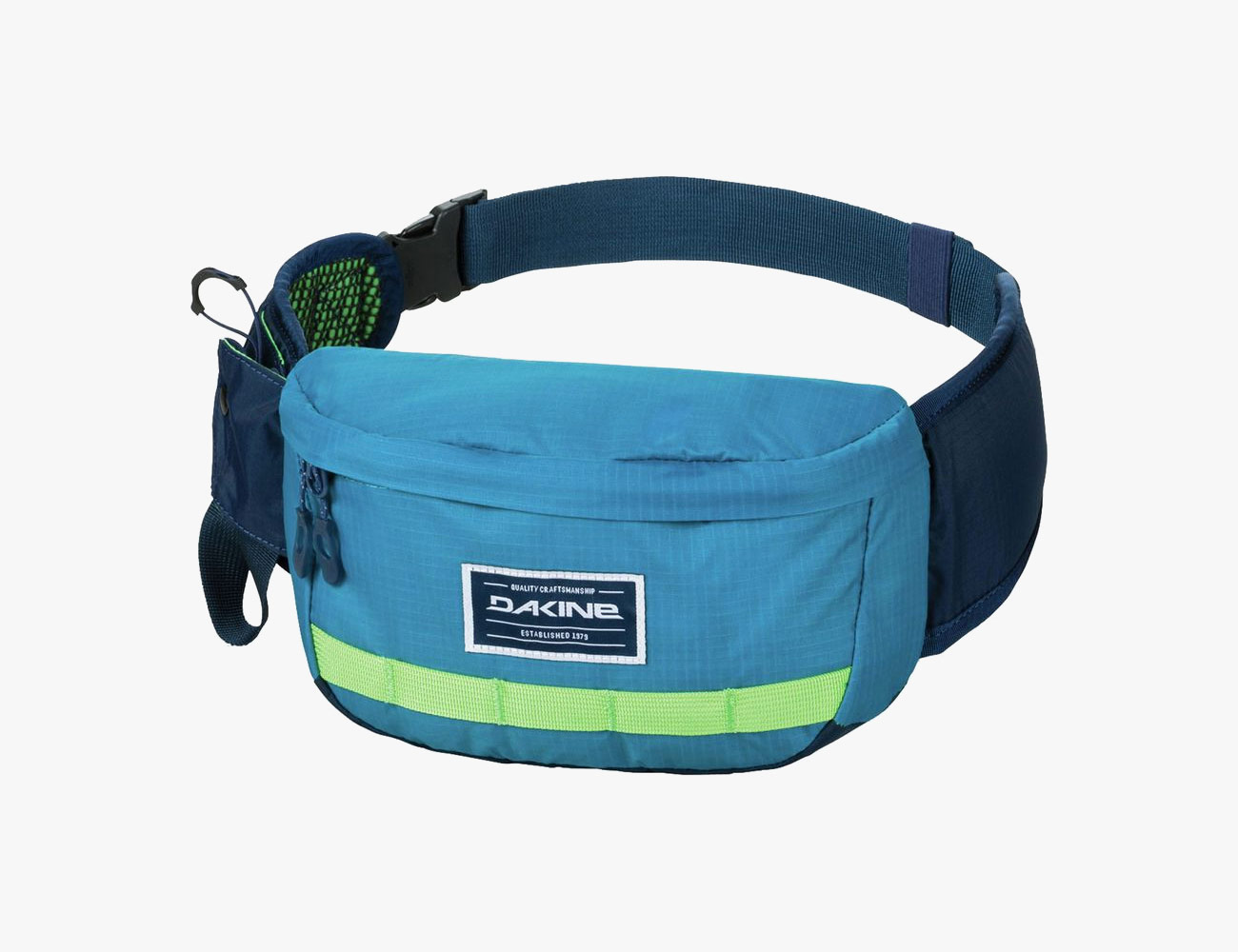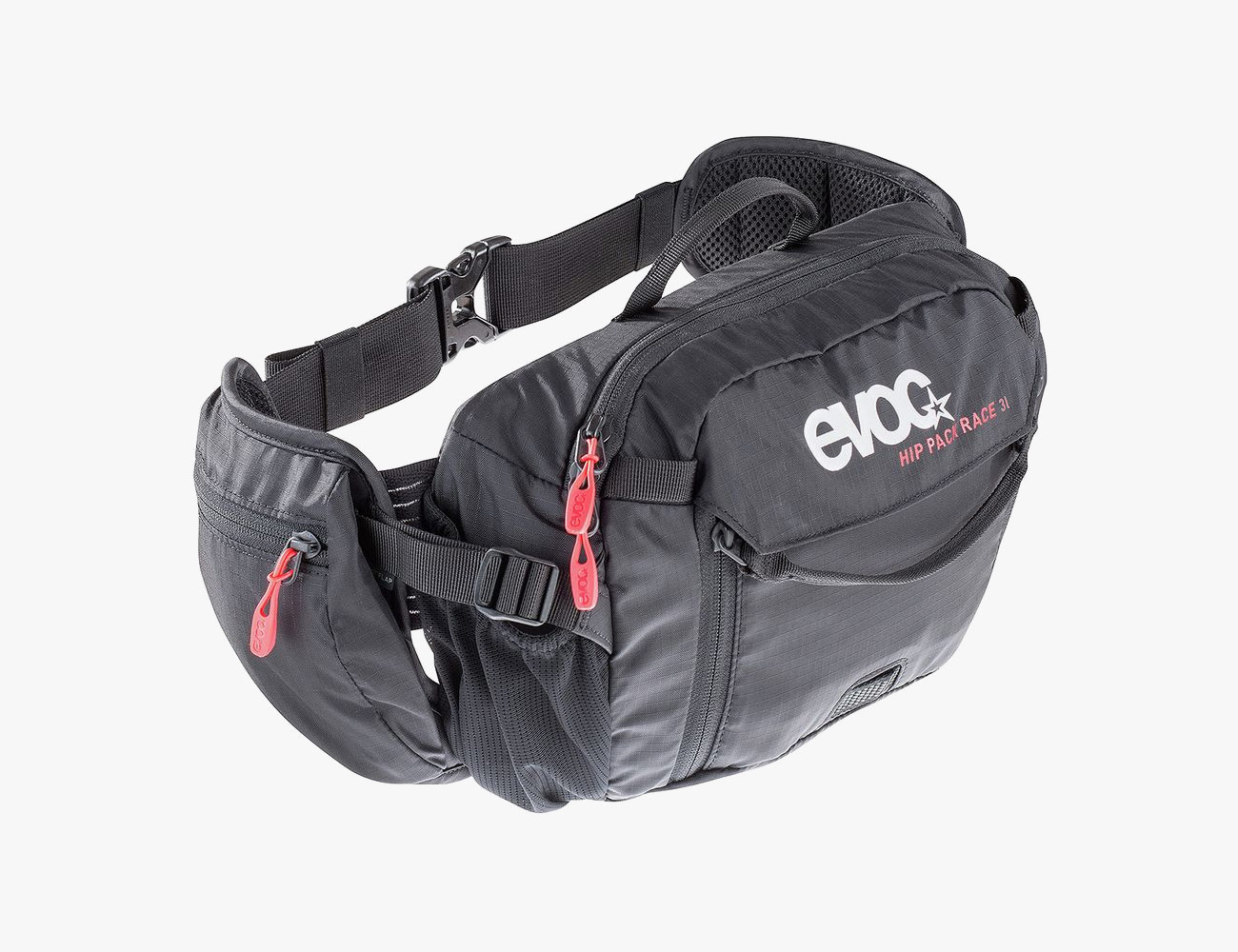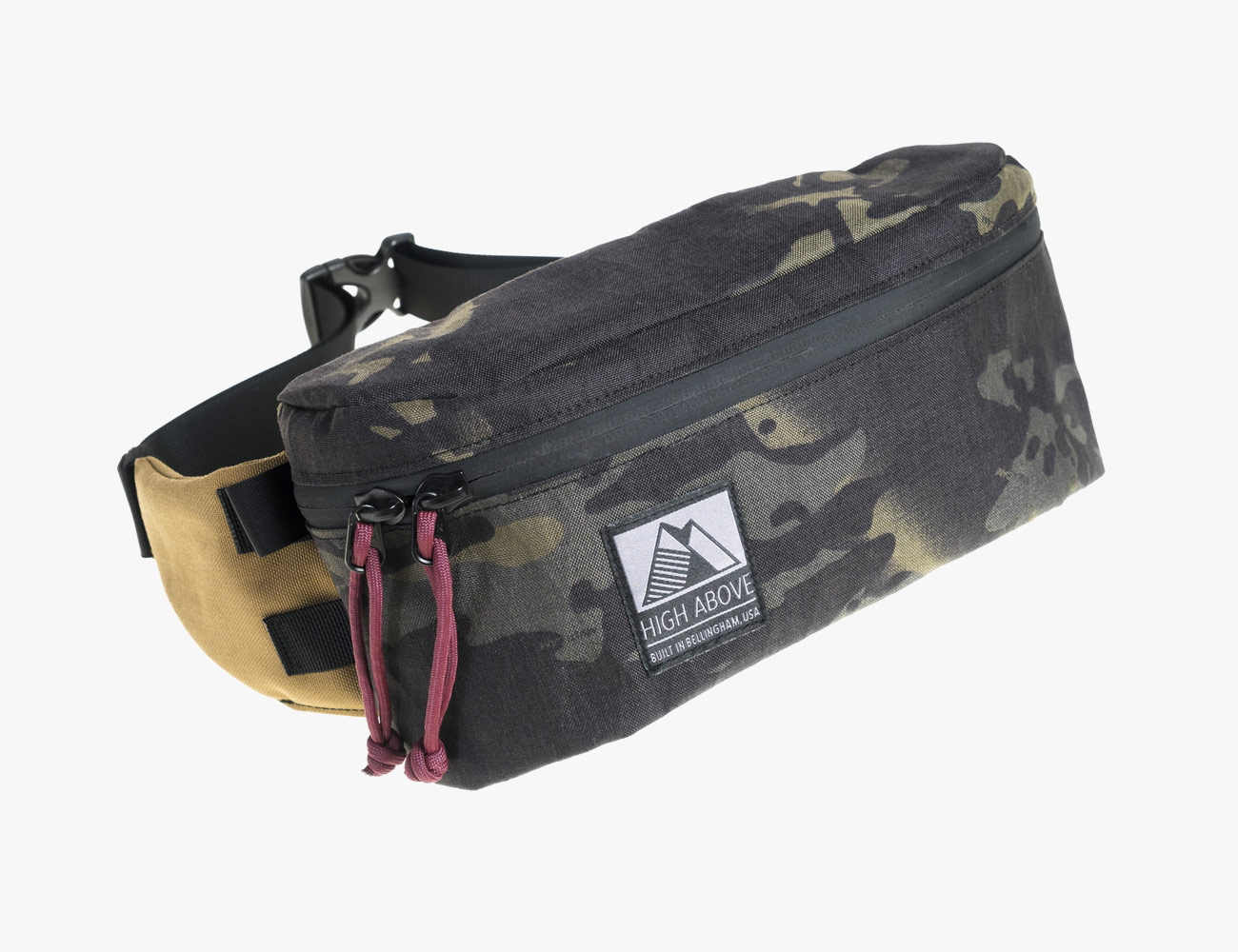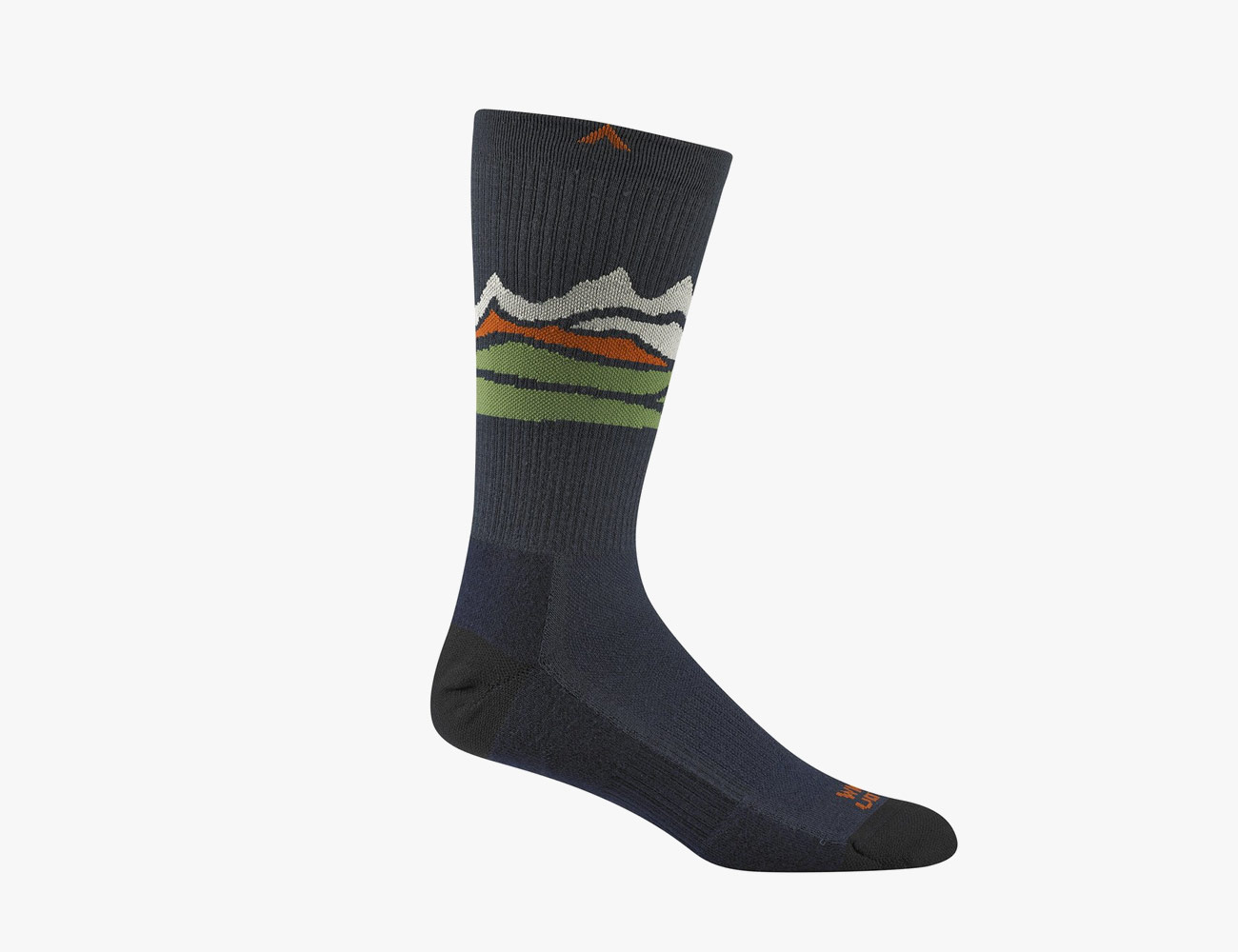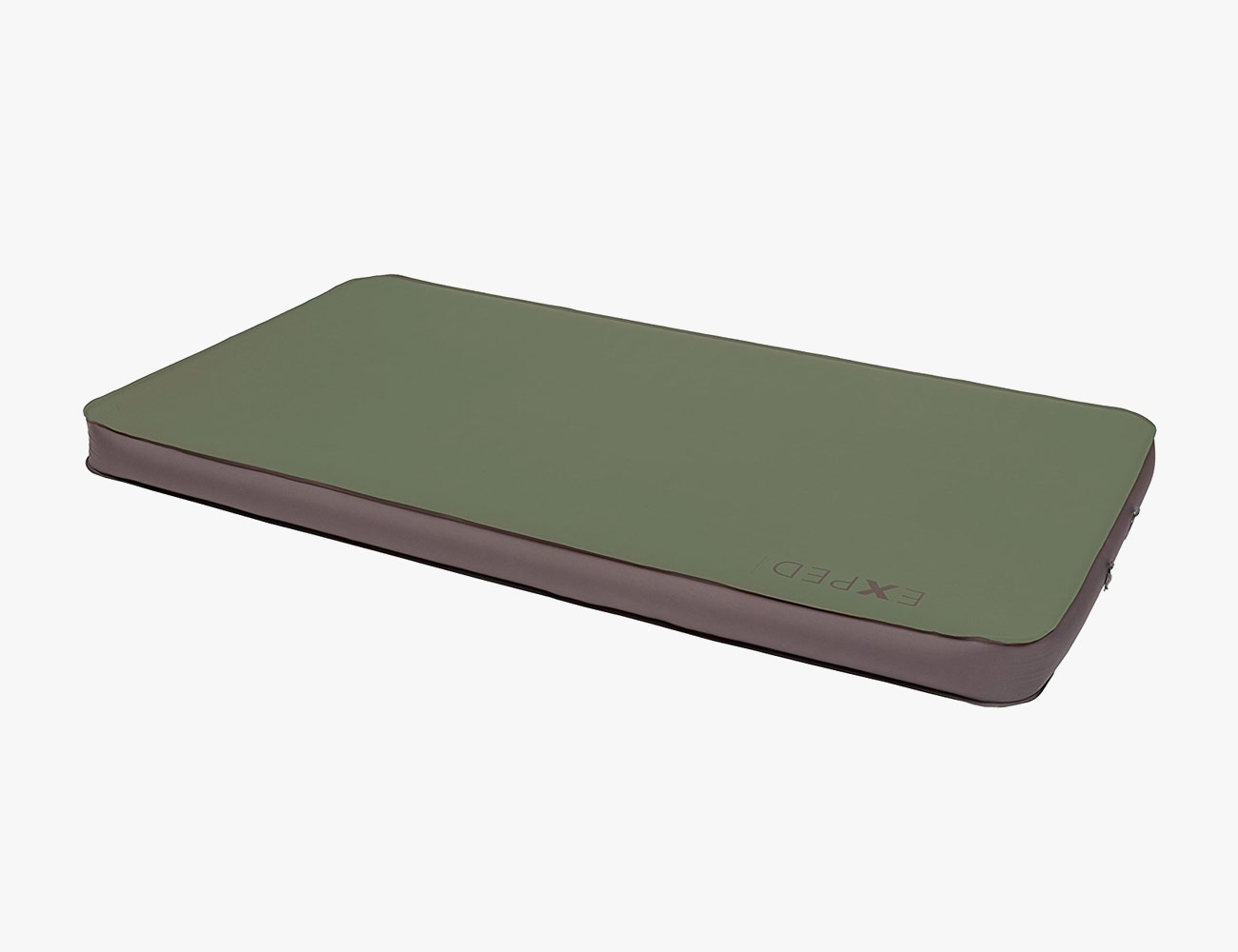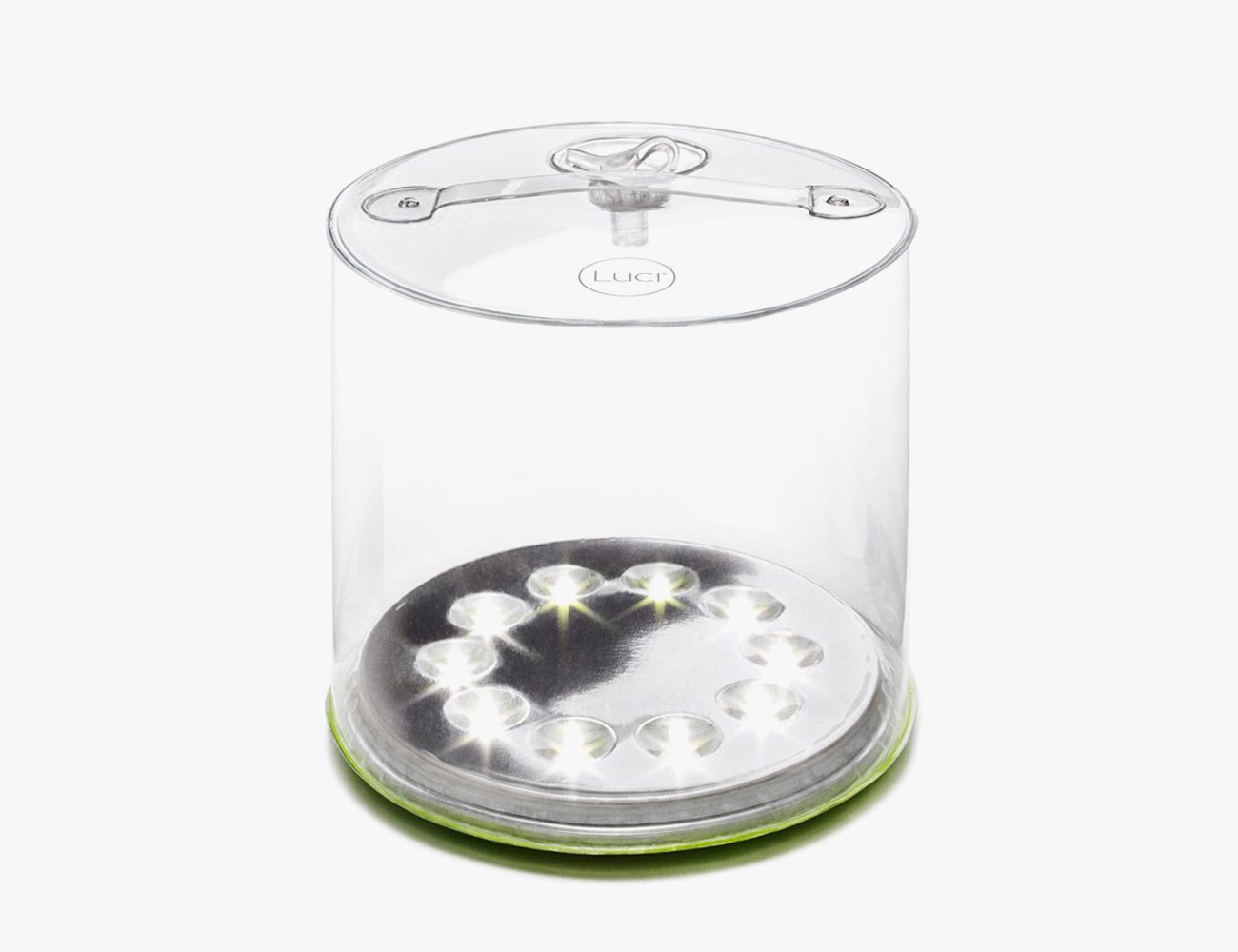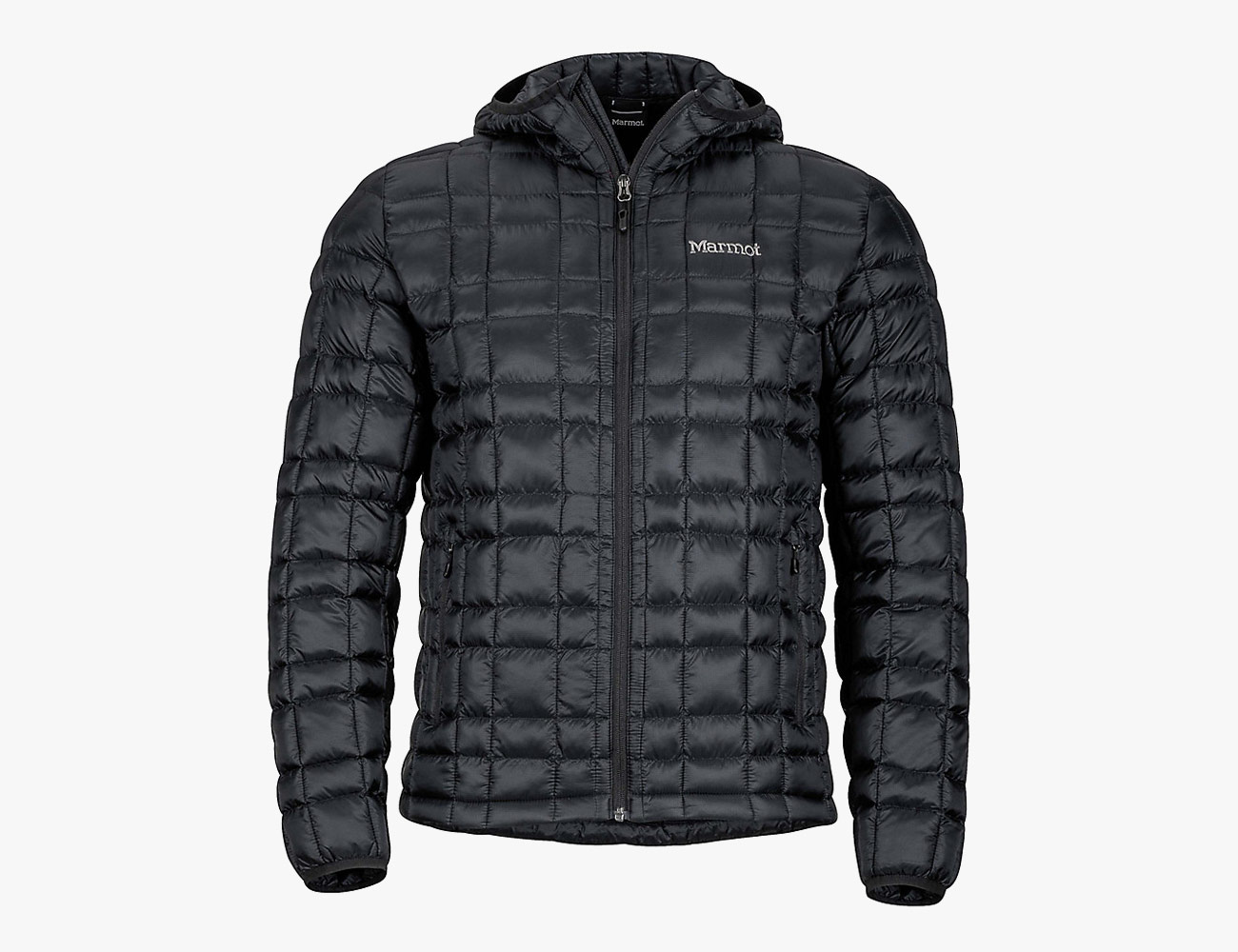Pretty much any seasoned cyclist will tell you, if you feel a consistent pain on a ride, look at your frame fit. If your back hurts, your seat is probably angled too high; if your hands are going numb, your stem length is perhaps off.
But there’s also a level of expected — and accepted — mild discomfort. For me, that’s always been in the saddle and my knees. I’ve traded out my seat twice, tried covers, adjusted the angle of the saddle itself… but no matter what, I feel like I’m sliding off the pint-size perch; I can’t quite find that sweet sitting spot to lock and load instead of squirm.
As for my knees, they also act up during long runs and, since I know my frame fits and is set up correctly for my dimensions, I’ve long written off the dull ache as a biomechanical issue I can only hope to mitigate with cross-training and better recovery.
Then, last summer, I went through a fitting with Retül Match, a program owned by Specialized that uses full-body mapping sensors to determine your bone shapes and imbalances. A technician took pressure points of my foot, measured my femur length, measured my sit bones on a pressure map and lightly analyzed my biomechanics.
(Note: The company also has a super intensive fitting conducted from Specialized’s Boulder shop that analyzes your entire biomechanics on a bike, but I just did the program on the Match Tower that’s in bike shops nationwide)
The first few things they told me I already knew: I have a wide toe box and super high arches, which limits what kinds of shoes I’ll find comfortable in pretty much every sport, cycling included. But then they dropped statistics I hadn’t heard, or even considered: My sit bones were wider than most, so I need a 168mm saddle compared to the standard 135mm. My left foot naturally turns out 5 to 10 degrees.
What that meant: I needed to upgrade my saddle and reinstall my shoe cleats at the proper angle.
It sounds super basic, maybe even obvious if you’re a super seasoned rider. But in my two years getting into the sport, these were levels of detail I had never considered.
My first 60-miler with a new perch and properly aligned cleats felt like I had popped half a bottle of ibuprofen and gotten two days worth of sleep before heading out. My knees didn’t ache, and my undercarriage didn’t start screaming till the last 10 miles (hey, some things are inevitable).
Now, every rainy day that I go to a spin class where the saddles are all that 135mm, I can recognize that my constant battle against sliding off the seat is not just part of a ride, but something I can control (if only studios would let me bring my seat in).
It’s worth pointing out some pains are most likely the result of an improper fit or not enough core strength: namely, neck pain, hand pain, low-back pain and some knee pain. But the minor details are often overlooked by intermediate riders, says Todd Carver, founder of Retül, possibly because it takes a skilled fitter, advanced technology — not to mention time and money — to figure out the finer details.
But the payoff is real: “Comfort is the most immediate benefit of these minor tweaks,” says Carver. “But long-term, you also get a reduced risk of overuse injury and better efficiency by ensuring the right balance is created between fit aggressiveness and rider flexibility.”
Intrigued? You’ll get the most benefit from paying for your fitting at a local bike shop (you can find Retül Match programs here). Meantime, here are the main micro-changes that might make all the difference to your ride.
Trade Your Saddle Shape
If you feel constant pain or numbness in your, ahem, undercarriage, or like you can never get comfortable on the perch, the stock saddle is probably wrong for your body. The two variables here are width and shape — and it’s pretty much the opposite of one-size-fits-all, Carver says.
Ask your local bike shop for a saddle fit, where they should measure your sit-bone width, then let you try a zillion shapes till one feels right under your tush. Here are a few of our favorites for different booties.
Pro Stealth

A cult favorite among aggressive riders supporting stubby saddles, this seat is wider at the nose, allowing you to stay at the front of the saddle and in the drops for longer periods of times. The wide middle cut-out chops weight and helps take pressure off the soft tissue.
Planet Bike A.R.S. Anatomic Relief Saddle

This comfort saddle has firm foam padding to keep your sit bones from screaming and a slight mid-channel for blood flow. It feels cheaper than the saddles that’ll run you triple digits, but the gel top and affordable price tag make for an easy upgrade on a budget.
Selle SMP Pro

For guys with wide sit bones and serious perineal pain, this Italian-made saddle may be worth the price tag. The super wide center channel will cushion your soft tissue and optimize circulation while the drop nose encourages you to stand more often, alleviating the pressure underneath.
Tweak Your Cleats
Try this: Standing on one foot, lift your knee till it’s up 90 degrees. Look down at your foot; is it hanging straight ahead or slightly askew? Chances are it’s the latter. “All humans have a natural foot angle,” Carver says. Clipless pedals will make each stroke more efficient, but when your foot is clipped in perfectly straight with zero float, this causes weird torque on all parts of your leg, which translates to ankle, knee or hip pain, he explains.
Speedplay Zero Pedals

“Some cleats are fixed and have no float, which can be a huge problem as the foot has no room to rotate once clipped in,” Carver says. Float essentially lets your heel pivot slightly as you pedal. The ideal amount of swivel is a personal (and biomechanical) preference, but we — along with countless pro cyclists — love the Speedplay Zero pedal system; when paired with their Aero Walkable Cleats, you can adjust from wide open (15 degrees) down to a fixed position (zero float).
Crank Brothers Zero Float Cleats

There’s a solid camp of zero float devotees, as being completely locked in gives you optimal power. And that’s OK — adjusting the angle of your cleats may be enough to help offset the biomechanical issues causing your knee pain. These Crank Brothers cleats are durable but offer no play, so be sure your cleats are installed to match your natural foot angle.
BikeFit Cleat Wedges

Instead of angling your cleats, you can insert these wedges between your cleat and shoe to offset your biomechanical foot angle issues. By adding a little lift on the inside or outside of your foot, your leg won’t rotate inward or outward and, theoretically, your power will increase and knees will ache less. Considering these run about the price of a decent bottle of wine and don’t require the help of a fitter, they’re a pretty easy troubleshoot to lower limb pains.
Get Fitted for Shoes
Shoes that are too small overall or cause hot spots and numbness in your feet make for a very uncomfortable ride. You want enough room for that mid-ride swell in size, but also a tight closure around the heel and midfoot for optimal power production, Carver says. Just like with running shoes, you should go into a store, get fitted and try on a variety of brands to determine which best fits your foot shape, but here are a few of the most promising options.
Specialized Torch 2

This iconic mid-tier cycling shoe features Specialized’s signature Body Geometry technology, which means it was ergonomically designed to better align the hip, knee and forefoot to improve pedaling efficiency and decrease pain points. The Torch 2 specifically has a more relaxed fit around the toe box than other models (though it’s probably still too tight for those with a wide forefoot) and a less constrictive fit along the foot. Additionally, the insole is designed to minimize hot foot and support your arches.
Bont Vaypor S

The Vaypor S shoes are super light with a dual-layer Boa system that lets you get a tight fit without hot spots. Their biggest selling point is the wide toe box (akin to Altra running shoes), which theoretically allows your toes to grip, balance and resist more naturally than being crammed together. We also love that they come with a custom heat-molded footbed.
Louis Garneau Course Air Lite II

The shoe itself fits snugly in the heel with minimal stack height, but what makes it stand out is its adaptive fit. It features a lace design from top to toe, which means multiple anchoring points but with Boa closures for those ideal micro-adjustments. The included insole has three adjustable arch wedges for personalized support, but most impressive is LG’s patented X-comfort zone material. It’s essentially an elastomer-spandex built into the shoe’s upper that gives as your foot expands with heat without compromising the stability of the shoe.
Insert Insoles
Ideally, you want to support your natural arch, even if it’s neutral, to prevent it from collapsing while riding. This can go a long way toward preventing foot problems like toe numbness and plantar fasciitis, as well as knee pain, says Carver.
Specialized Body Geometry SL Footbeds

These Body Geometry insoles have three distinct arch supports, plus another for your metatarsals (placed right off the medial arch, something most footbed designs get wrong). They come in three levels of support depending how high your arches are from the start.
Sidas Bike+ Flashfit Footbeds

If your arches have dropped or you naturally have flat feet, opt for a custom footbed. Carver recommends having a mold created by a skilled fitter or medical professional, but for a quick at-home option, these heat-moldable insoles from beloved footbed company Sidas can help.
Note: Purchasing products through our links may earn us a portion of the sale, which supports our editorial team’s mission. Learn more here.
